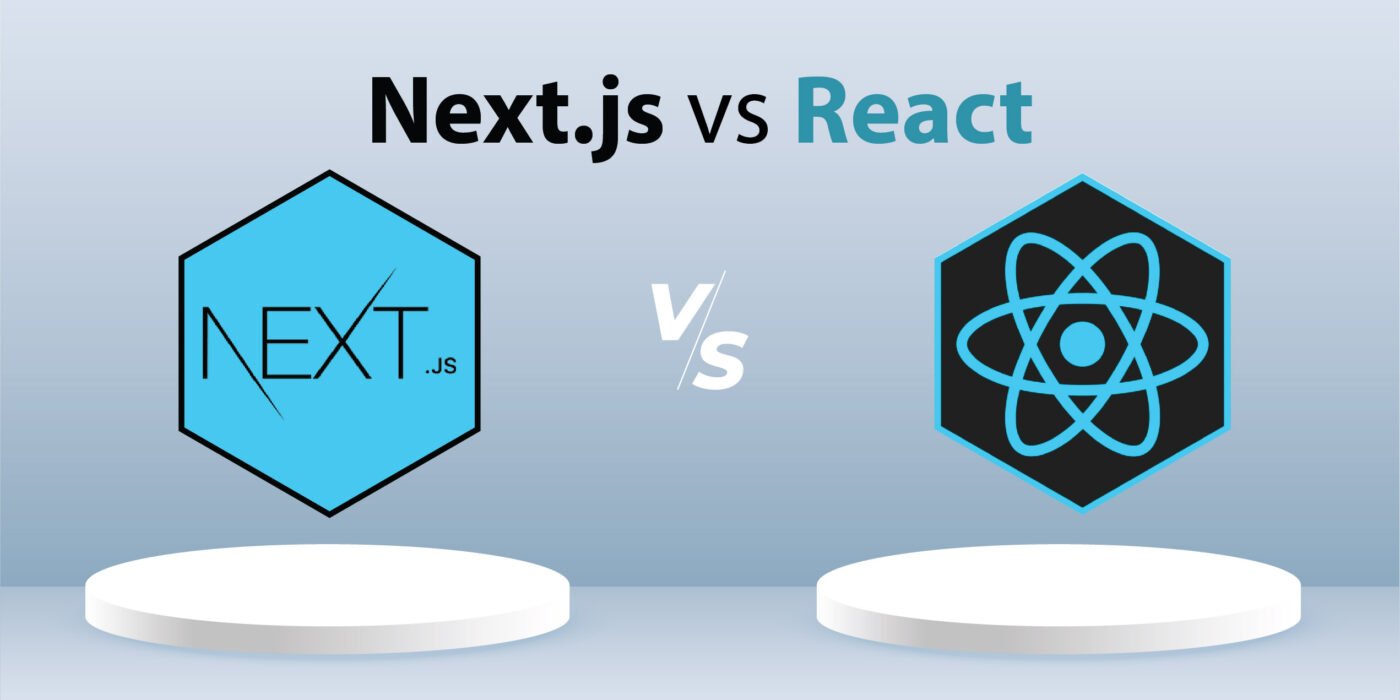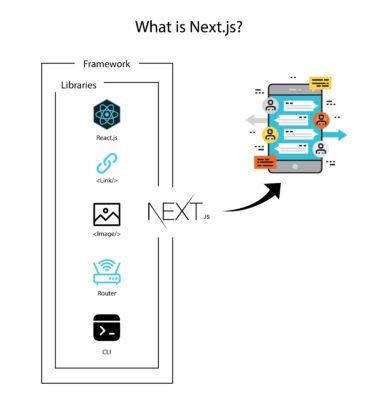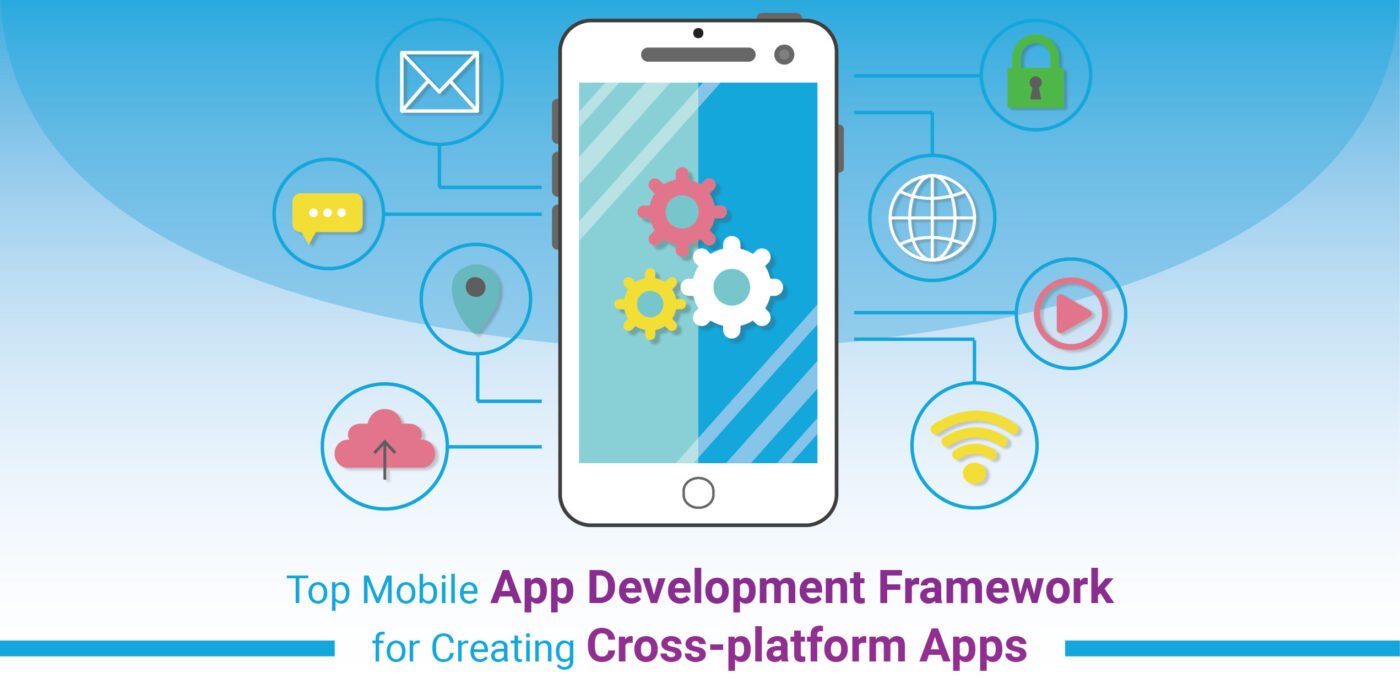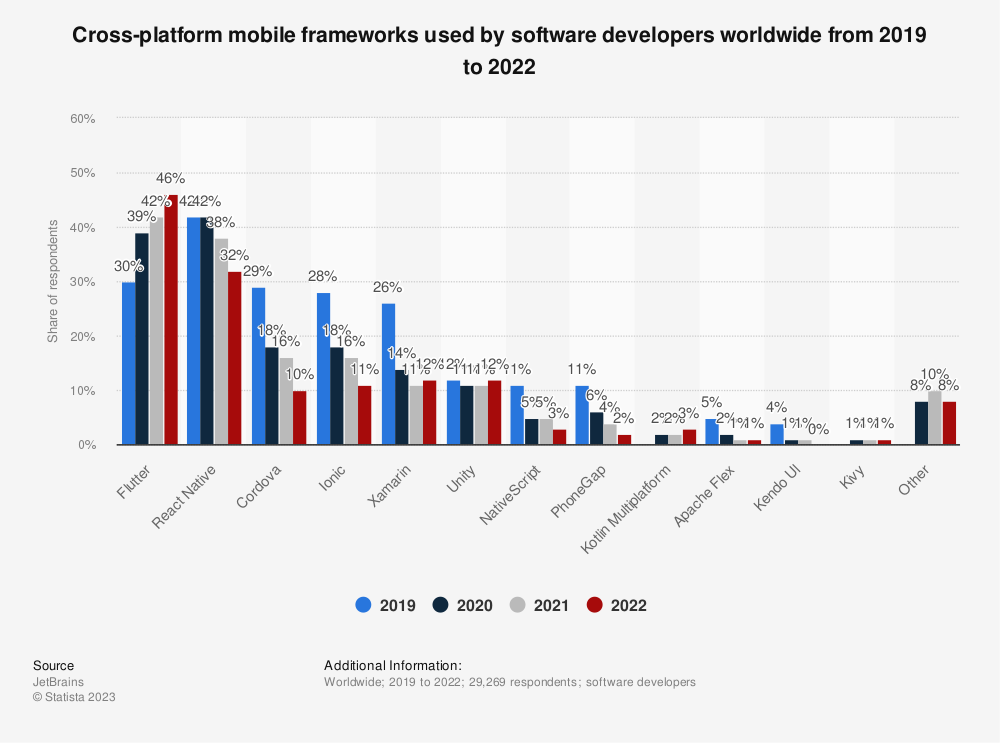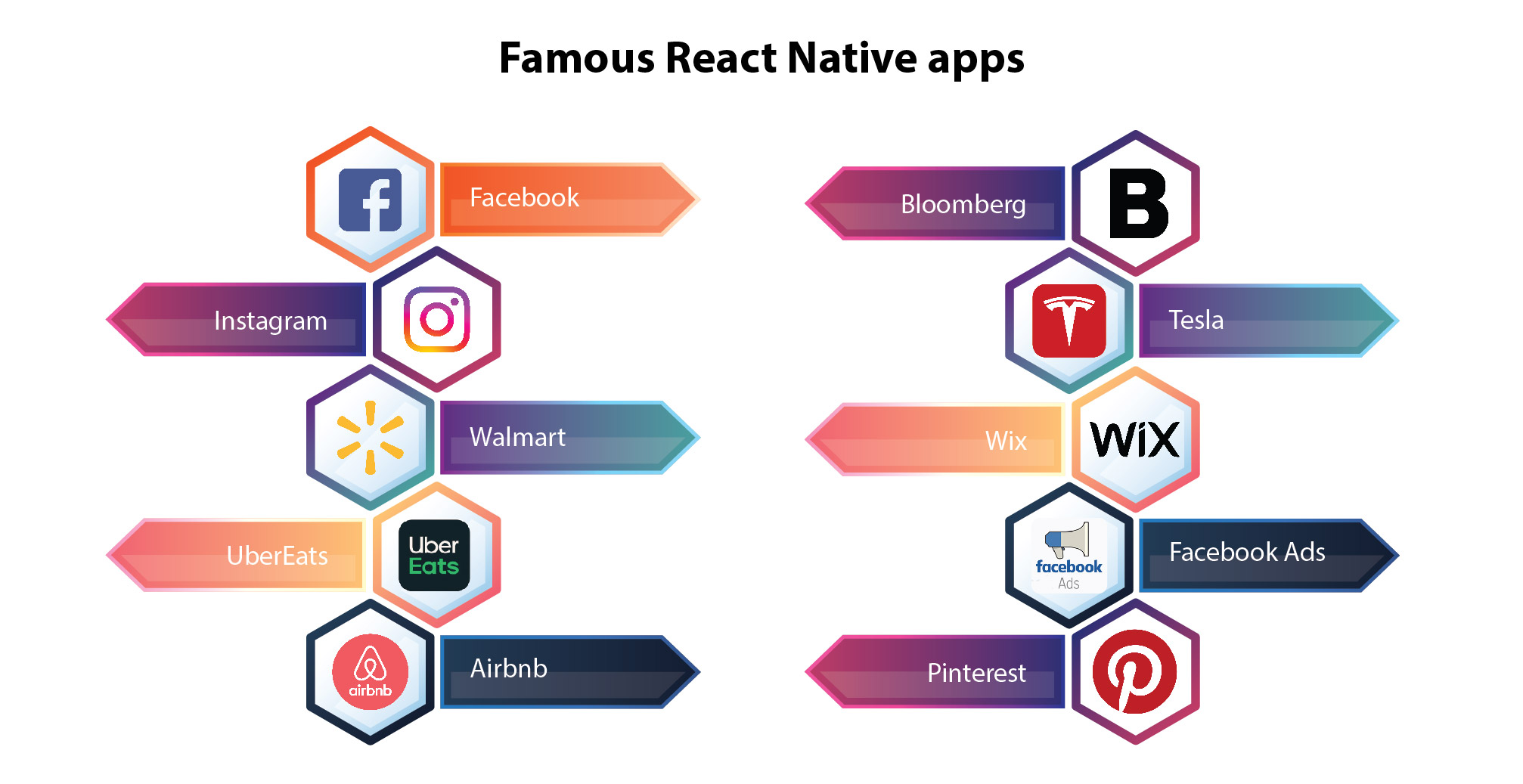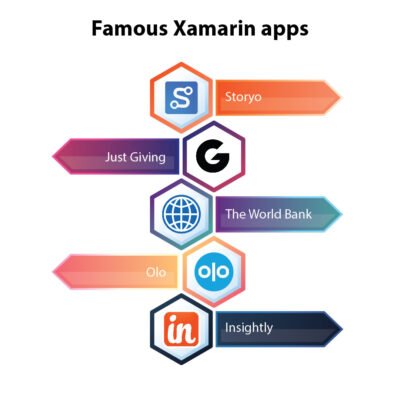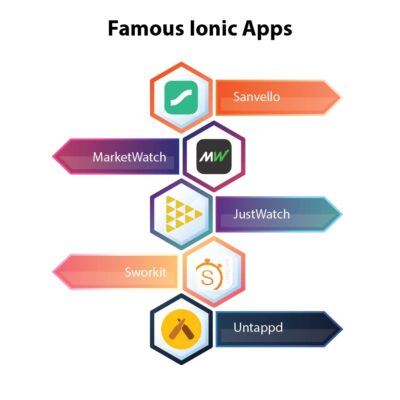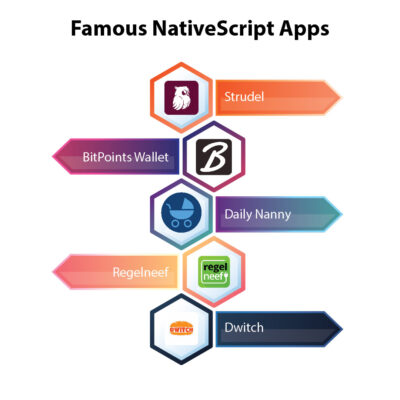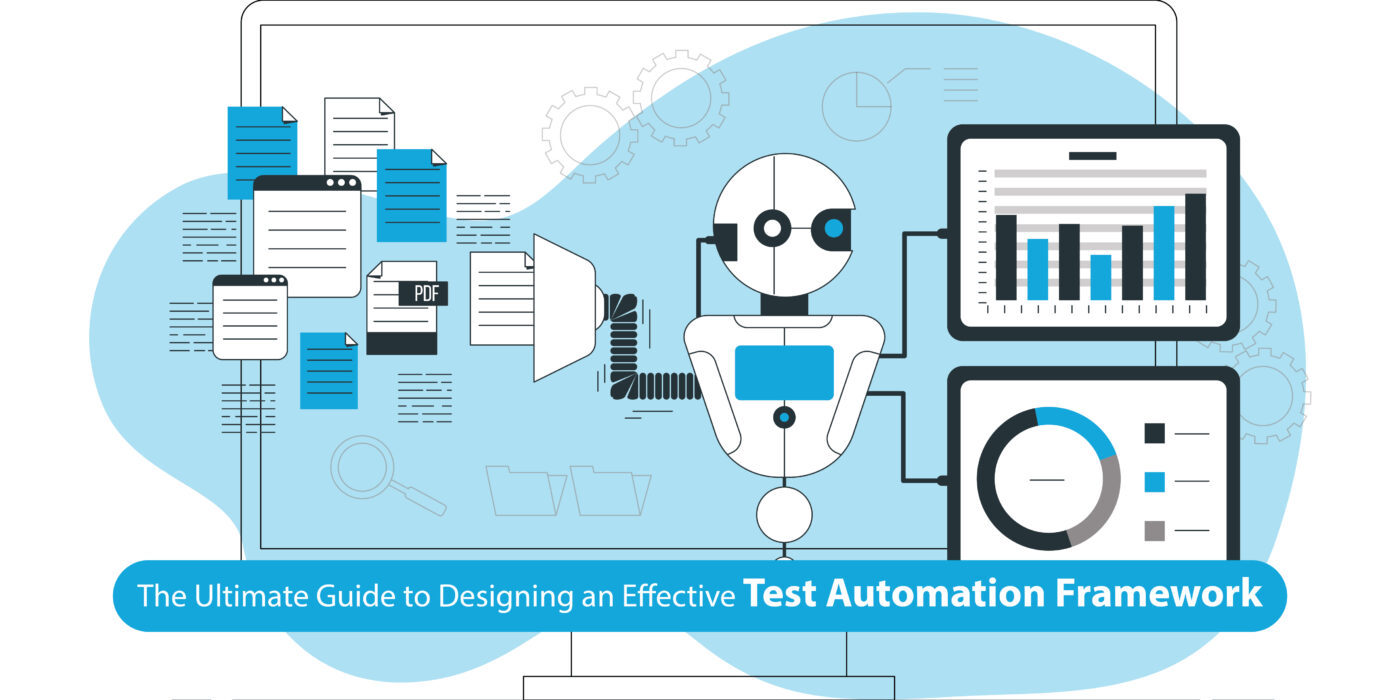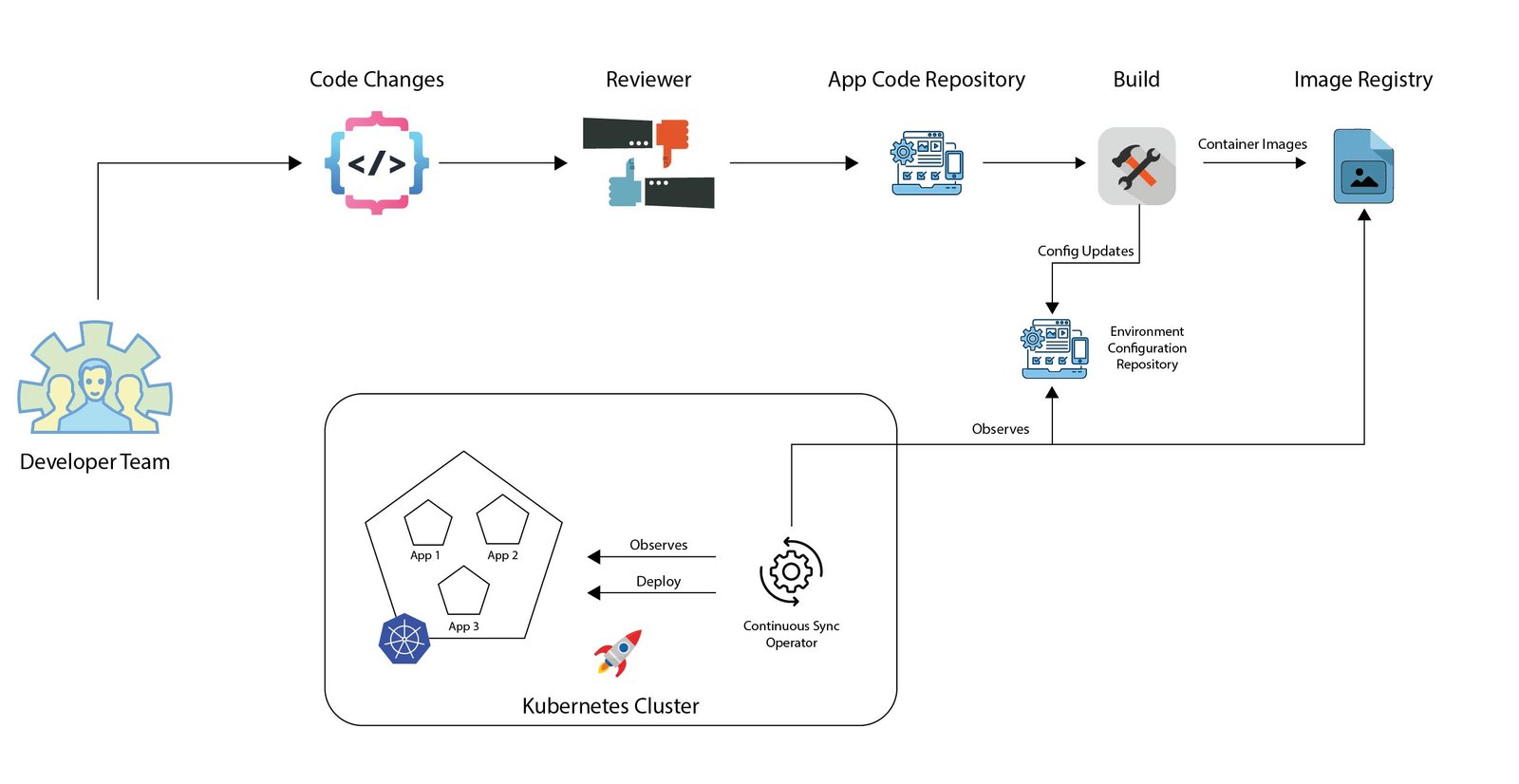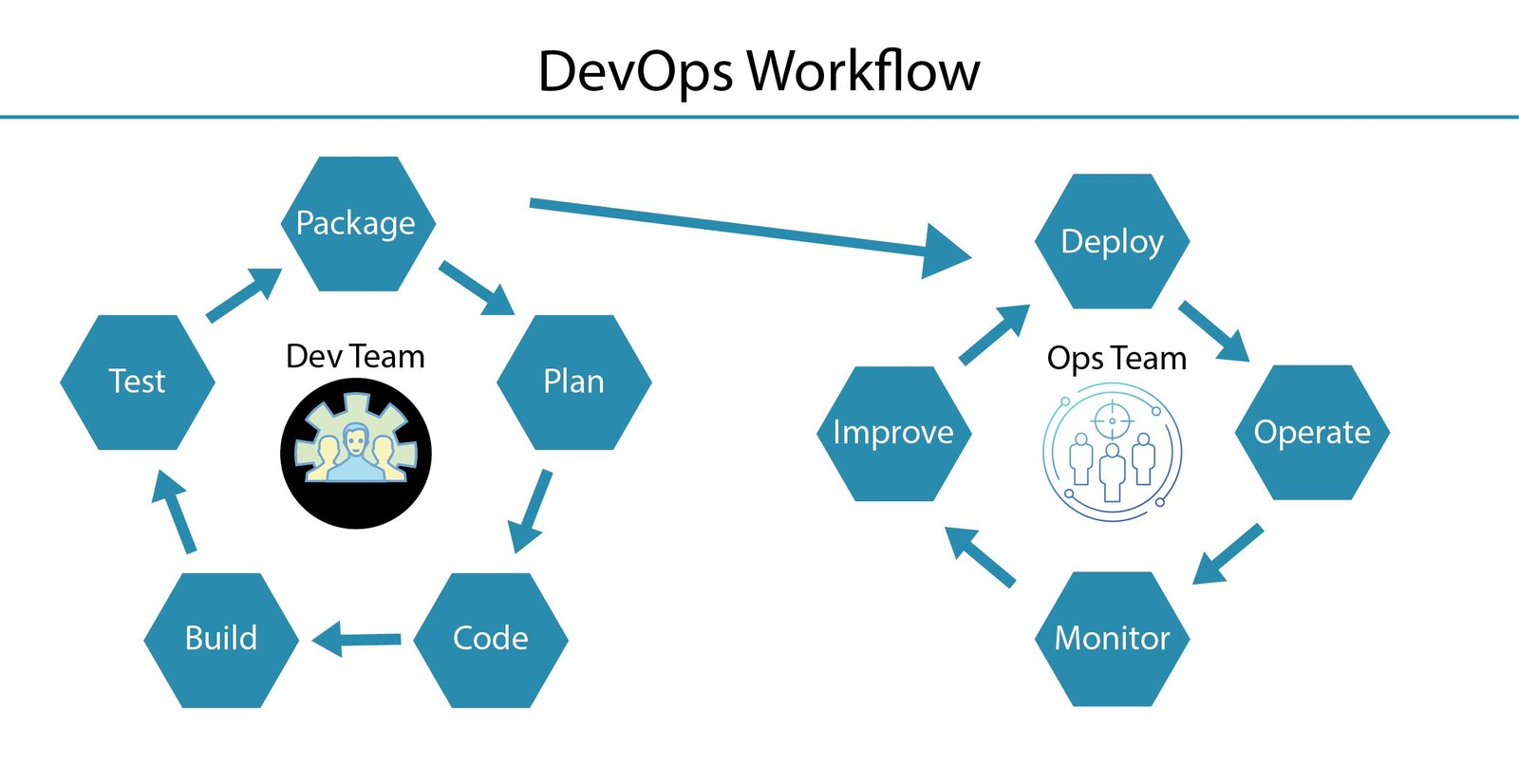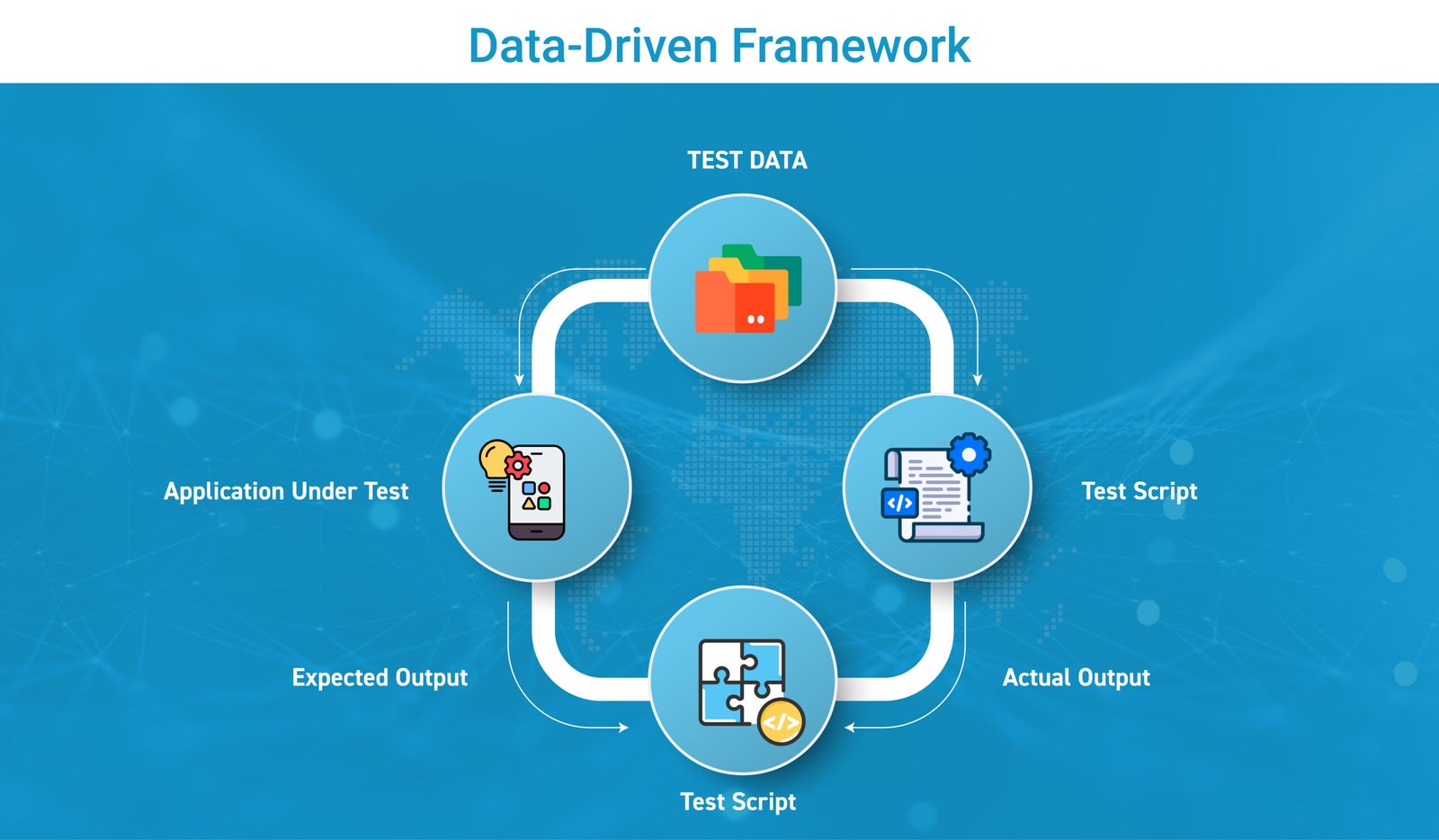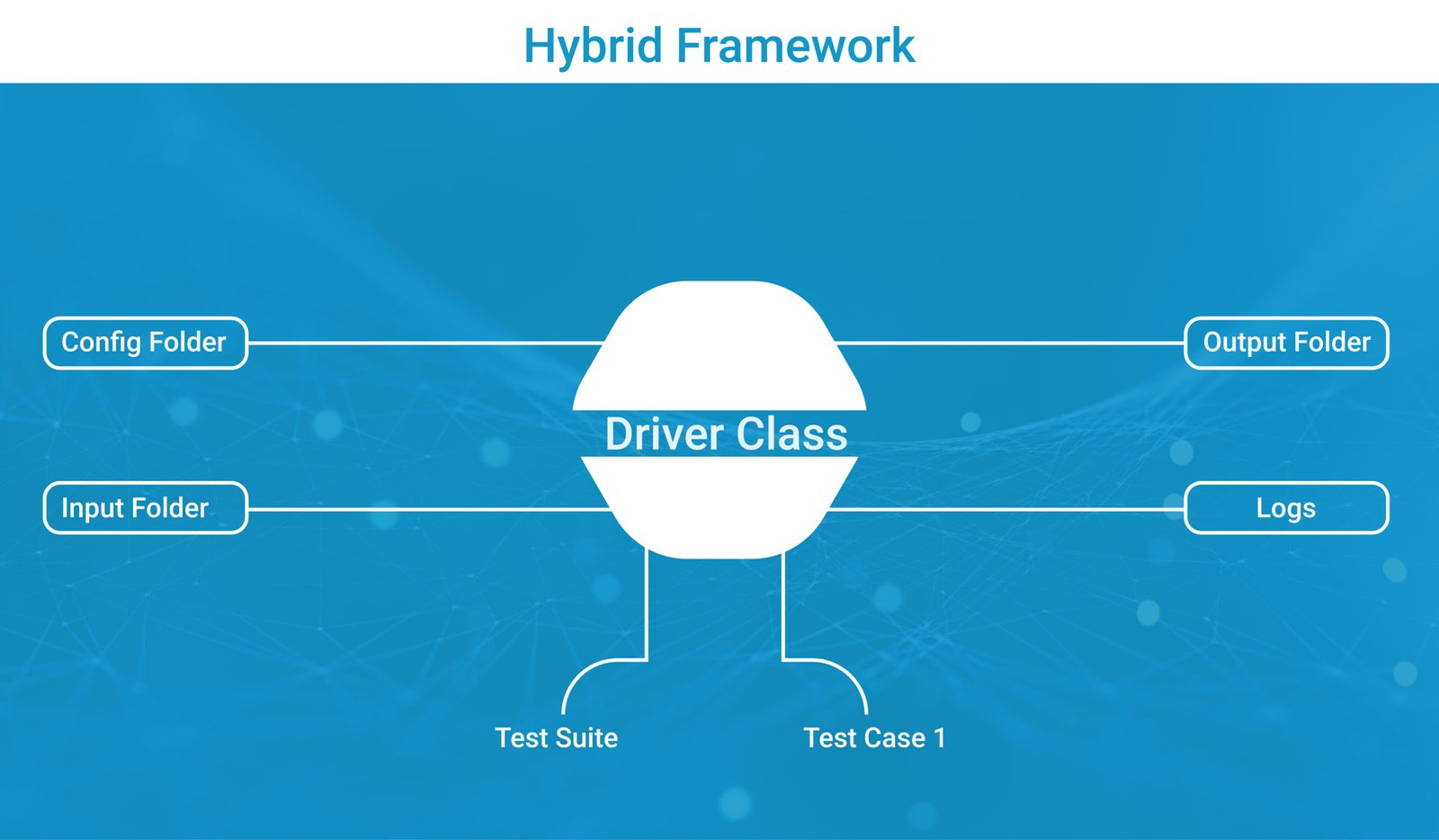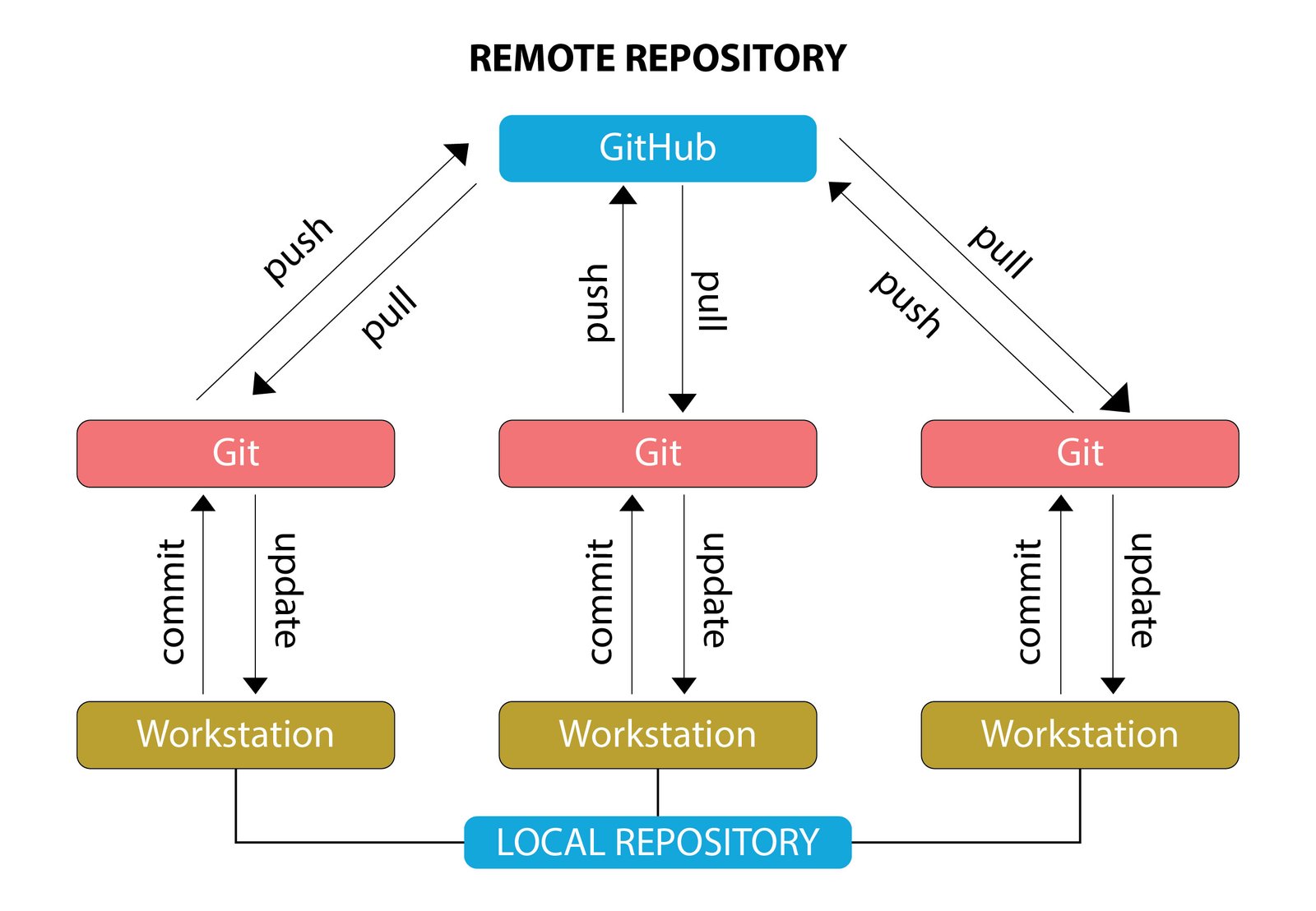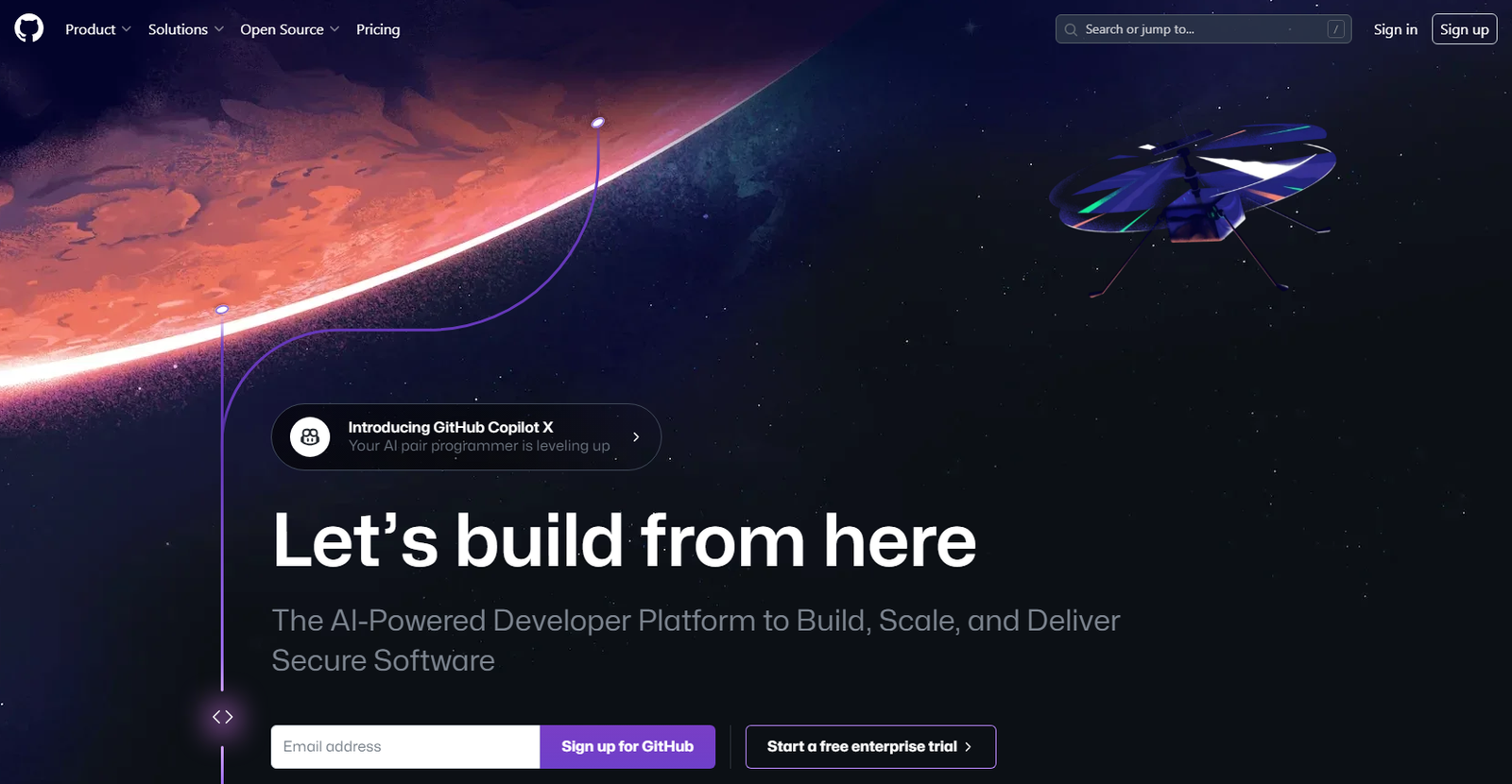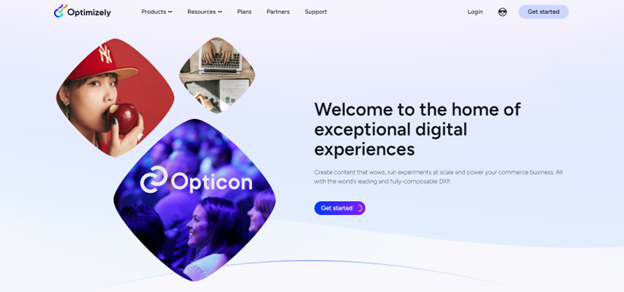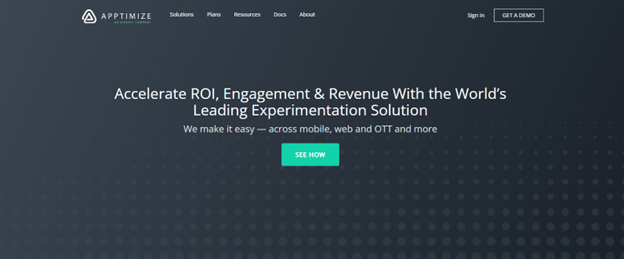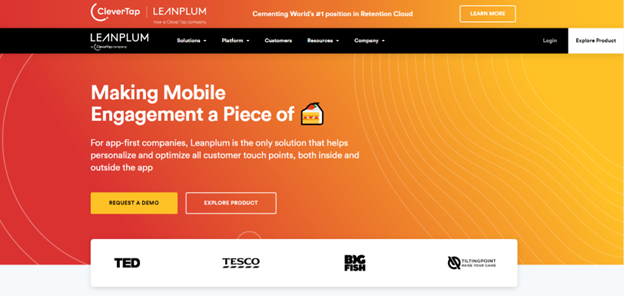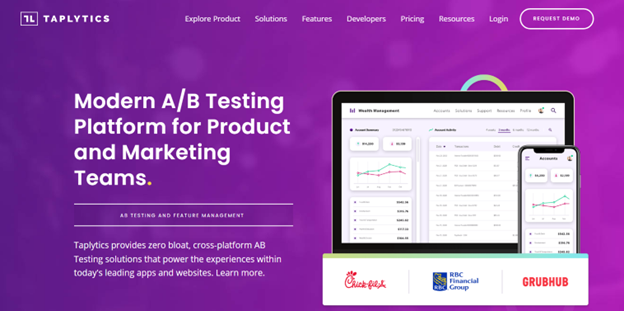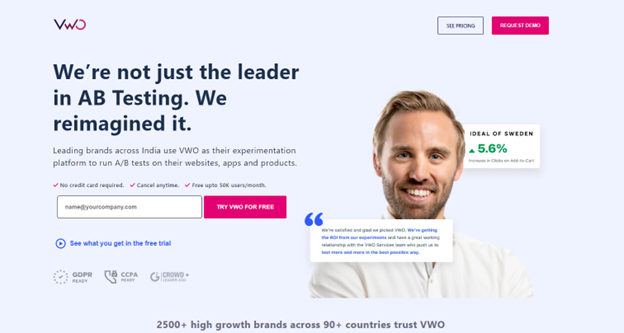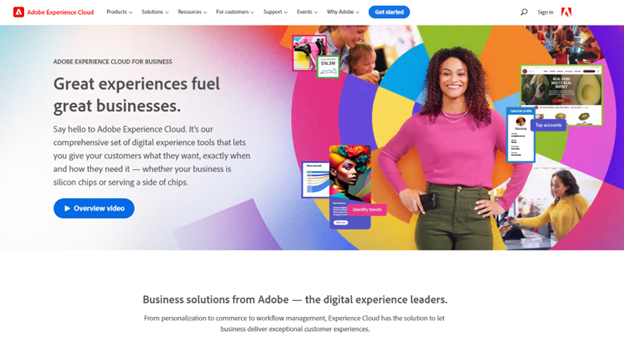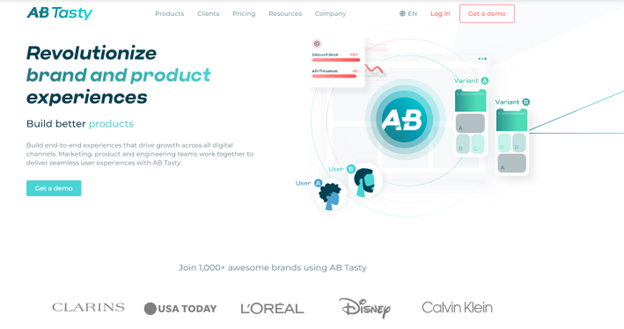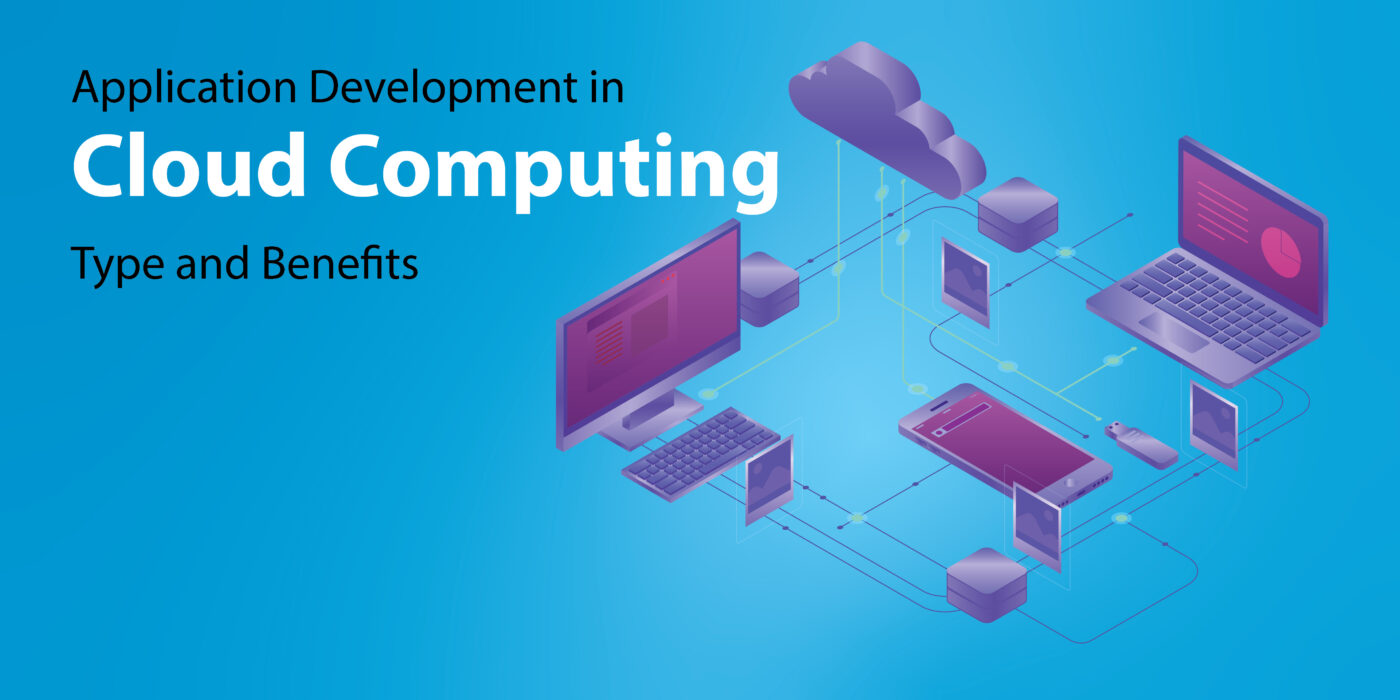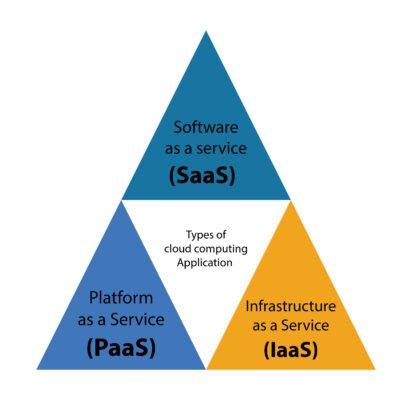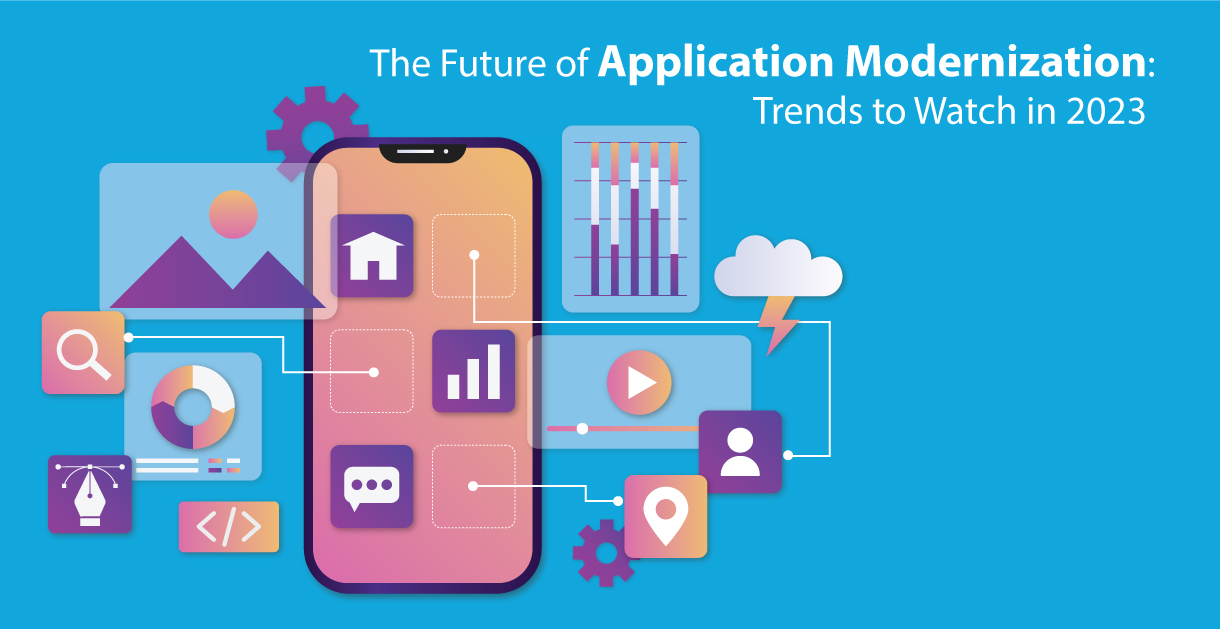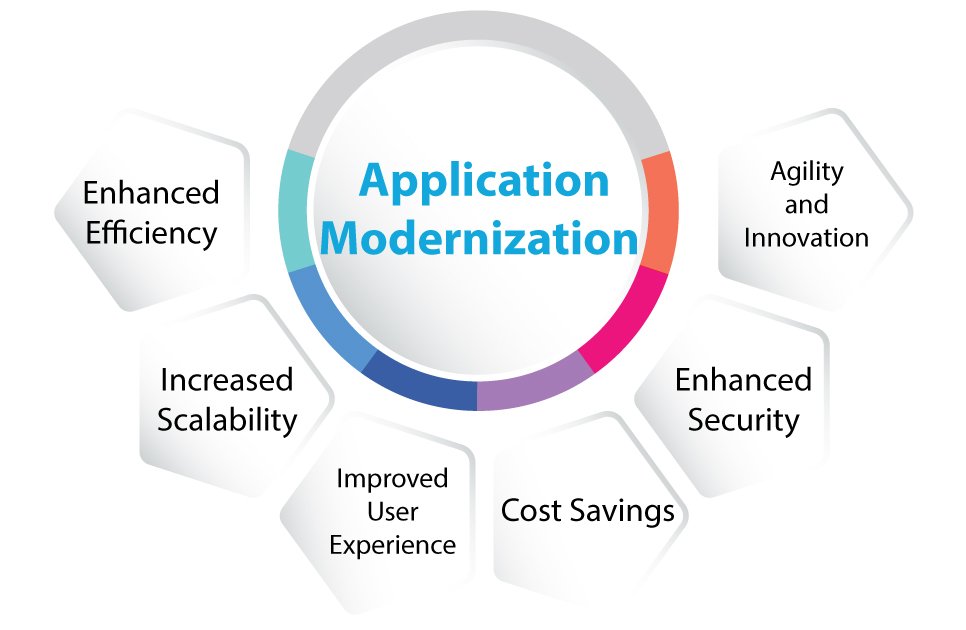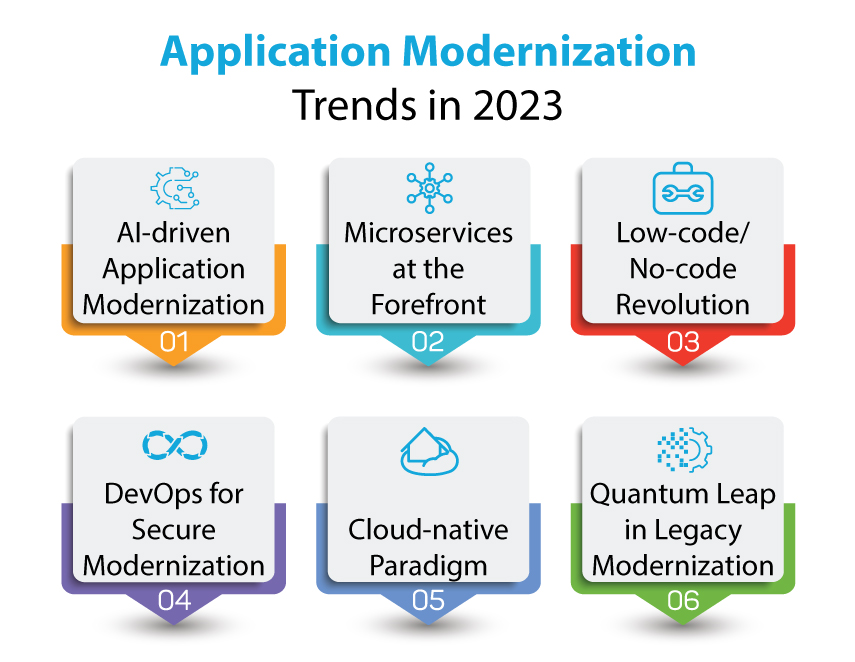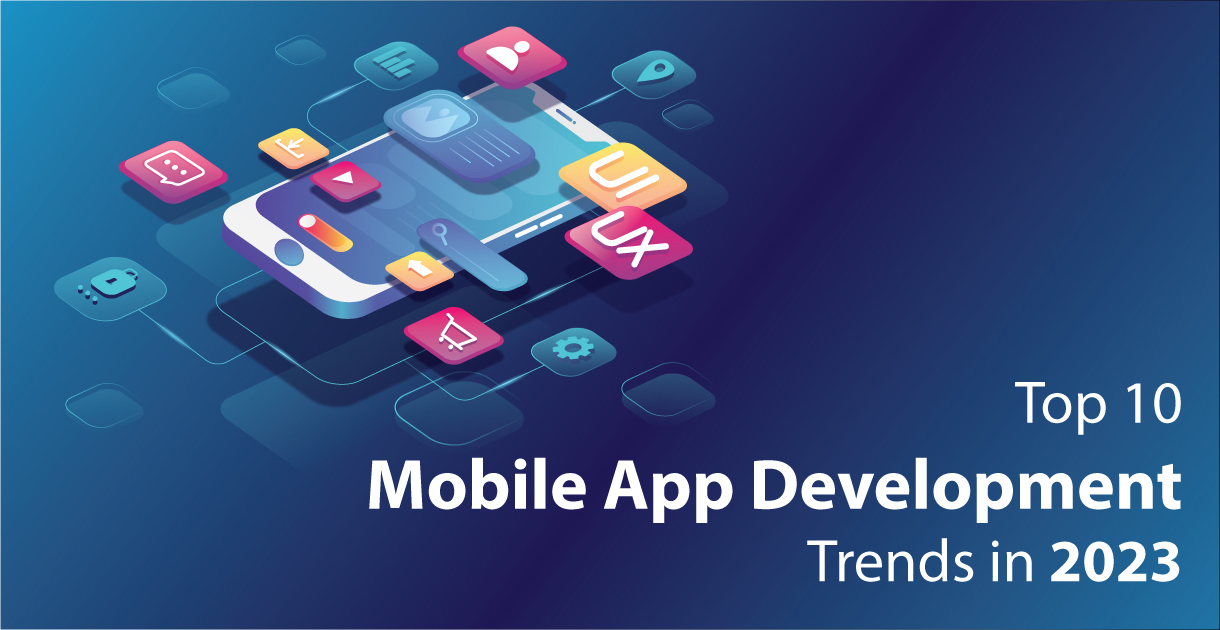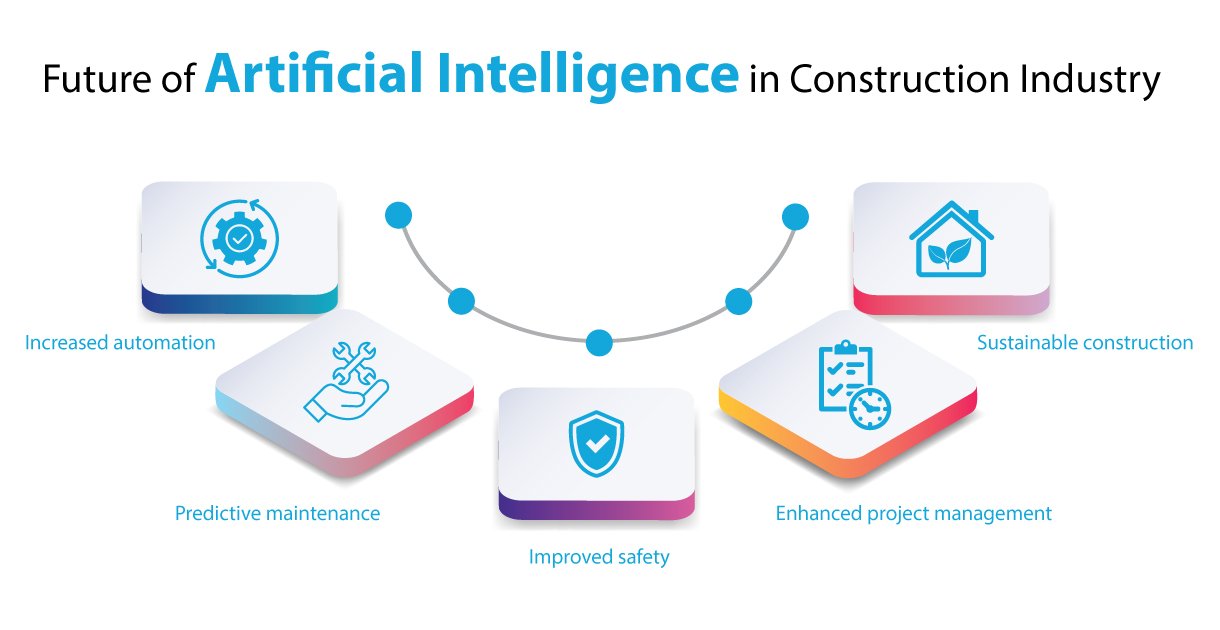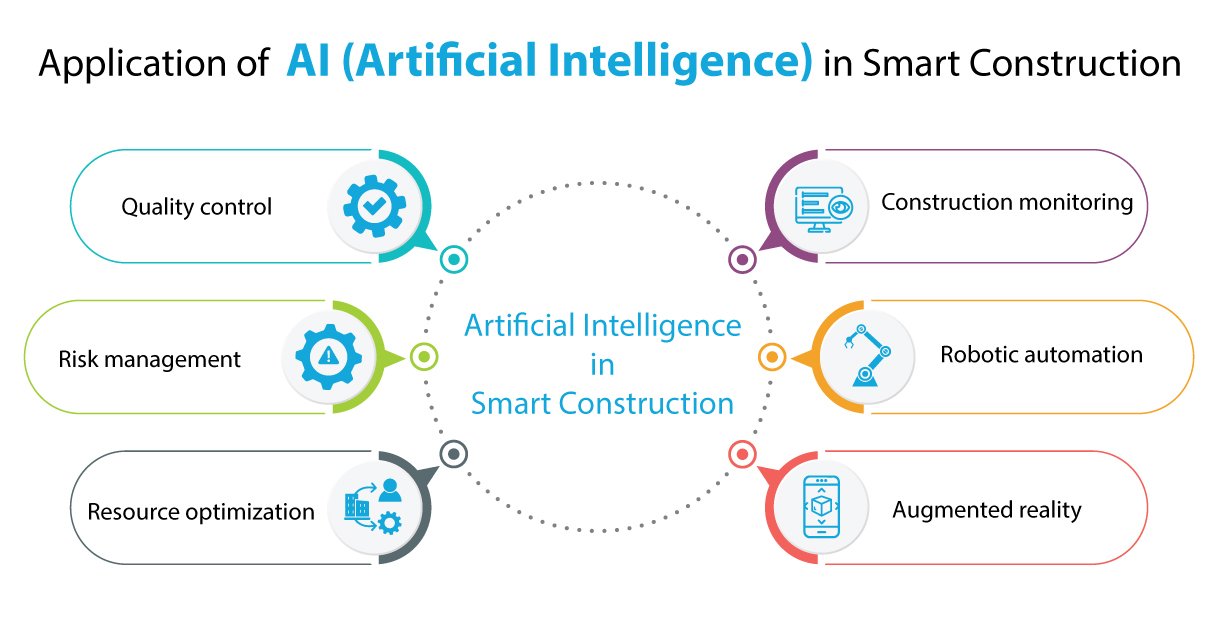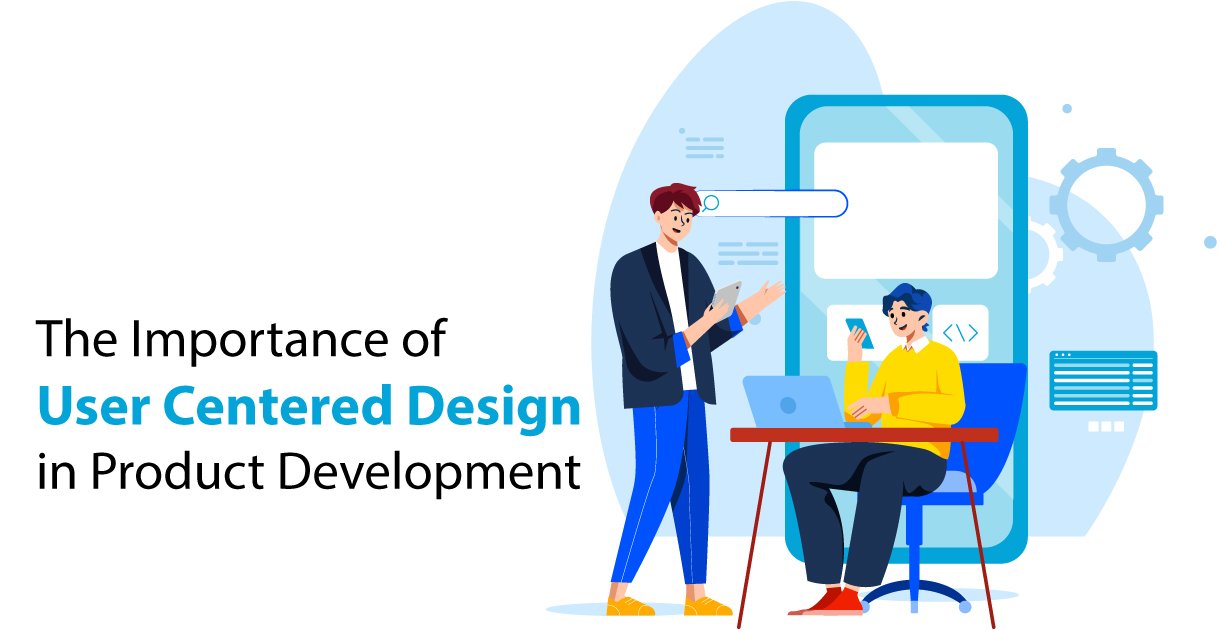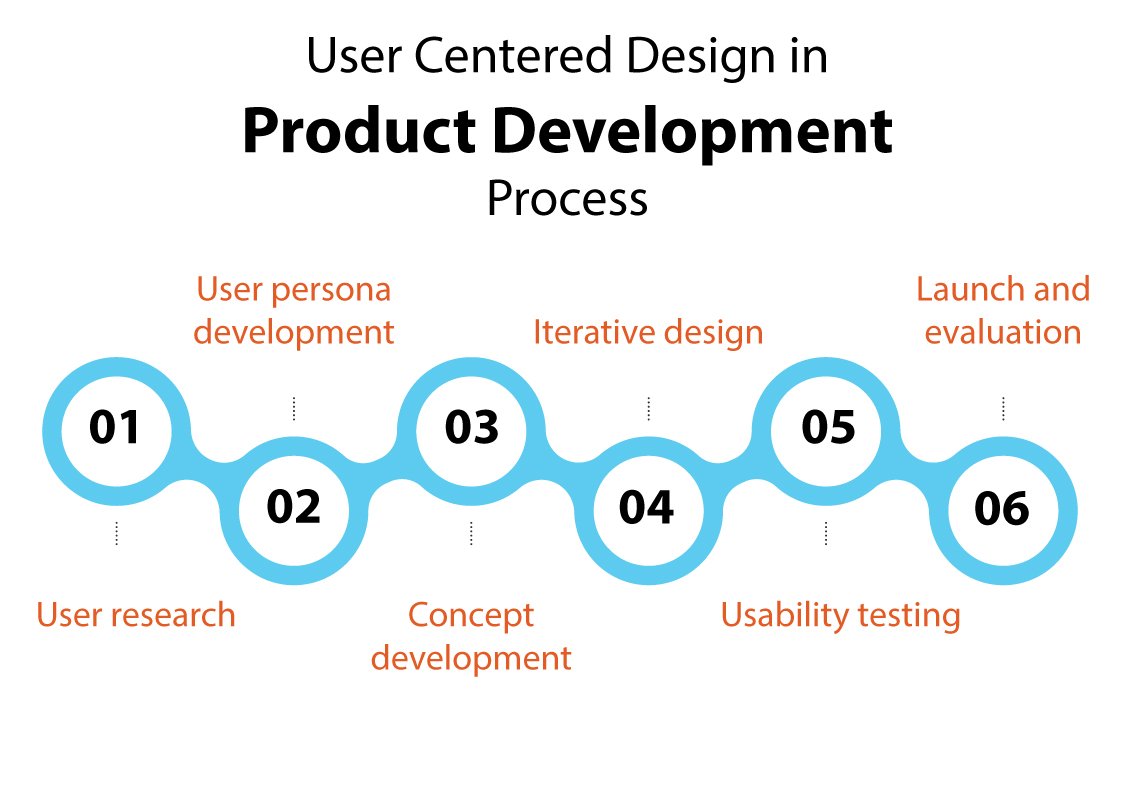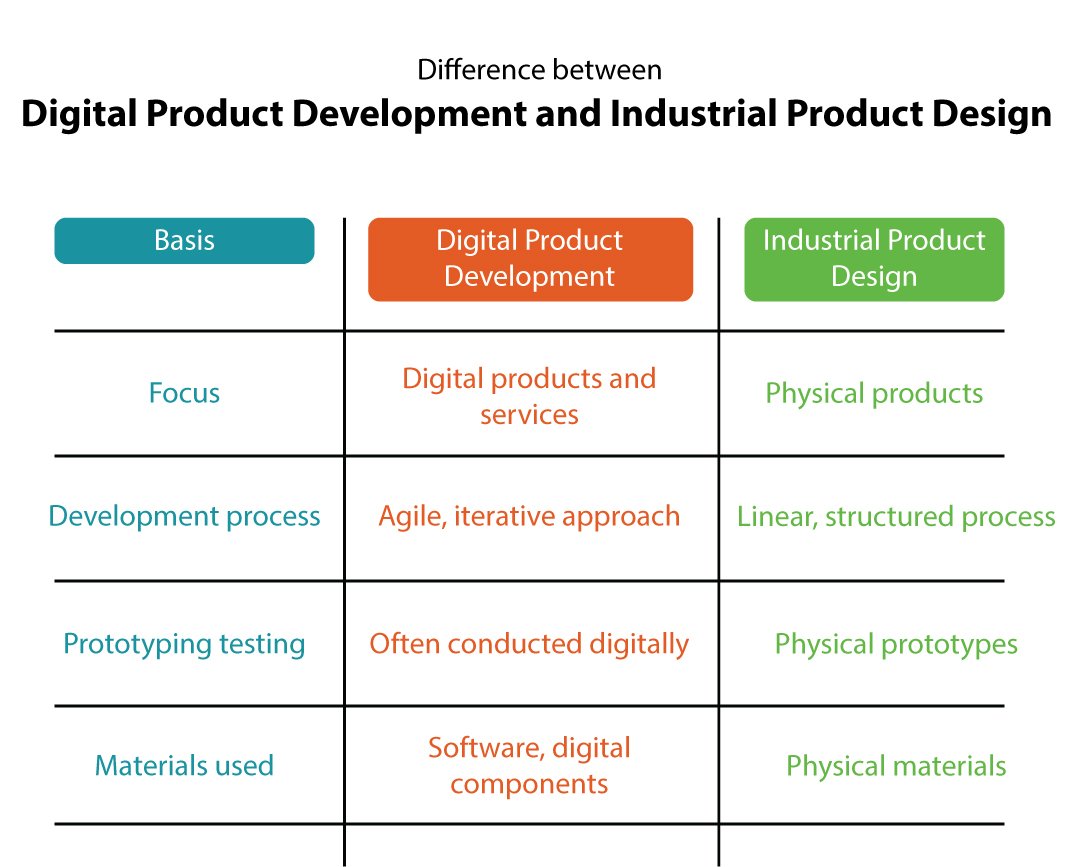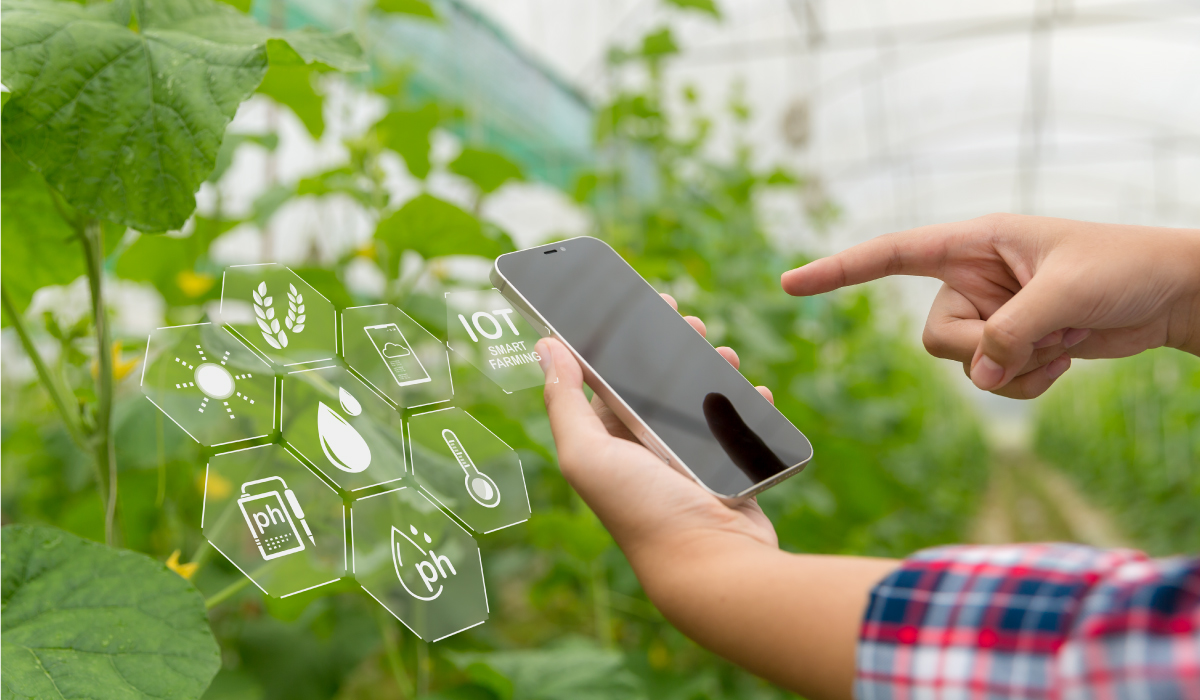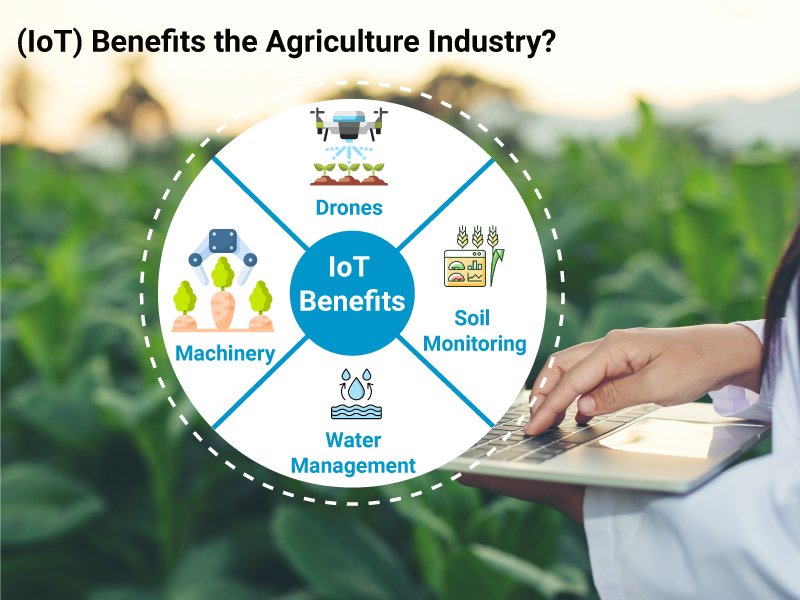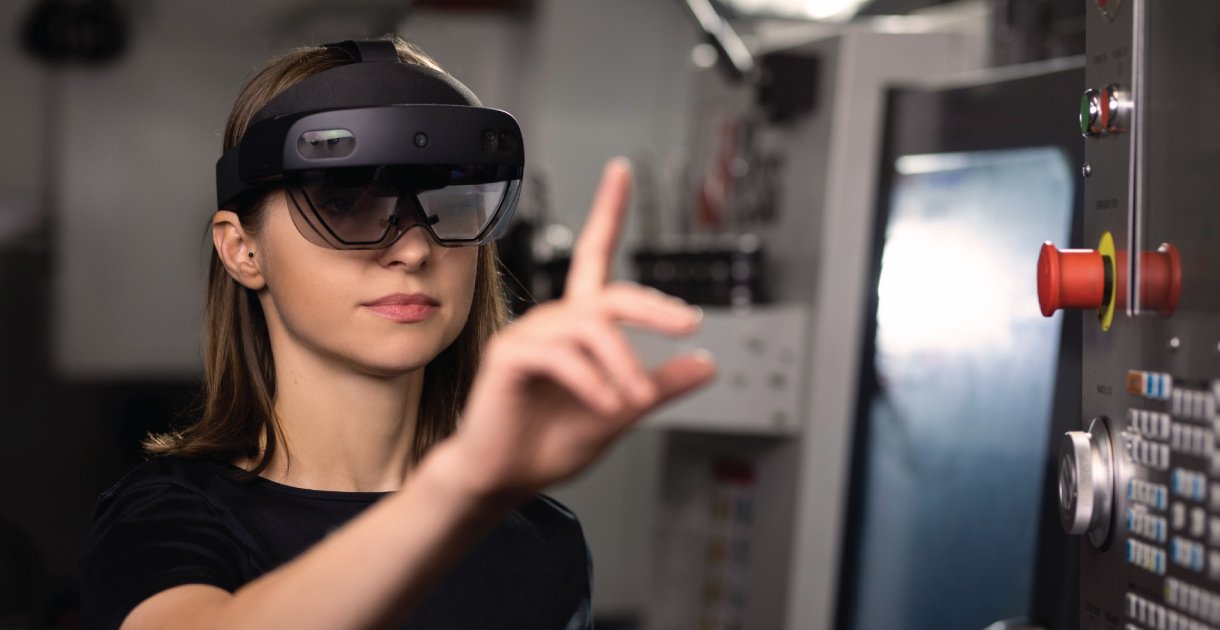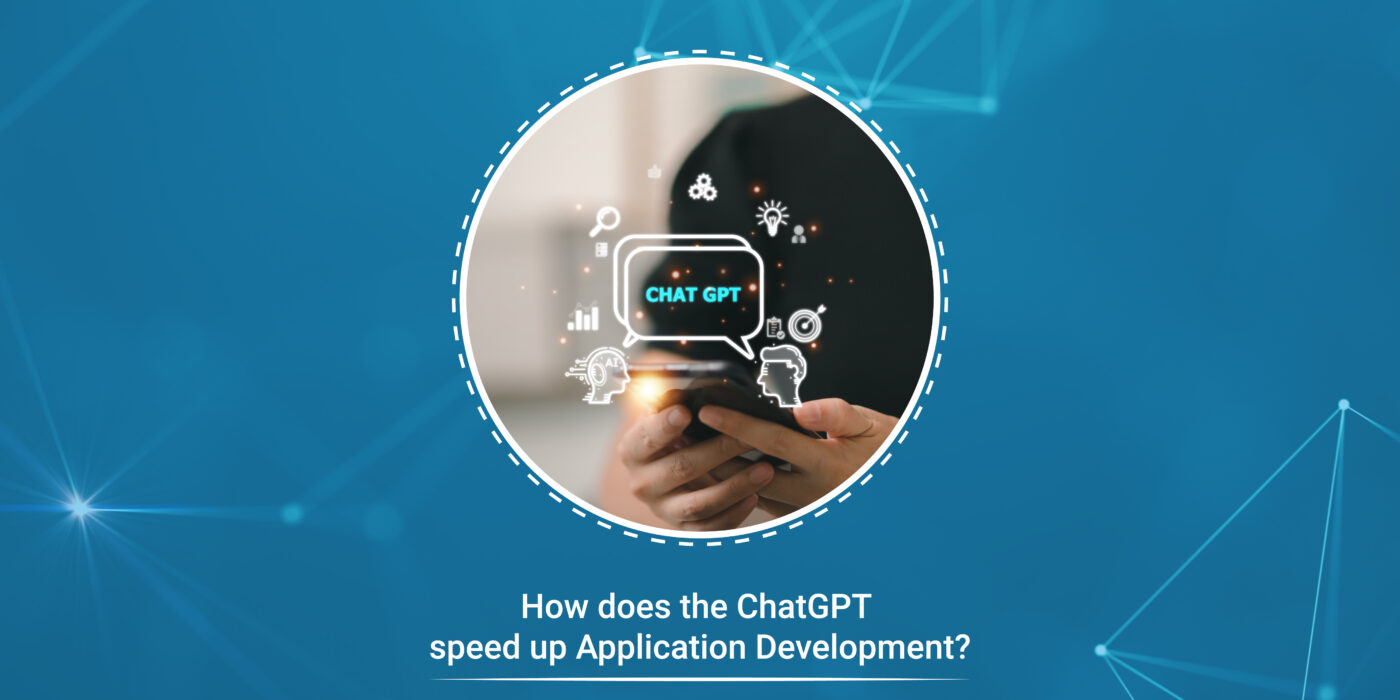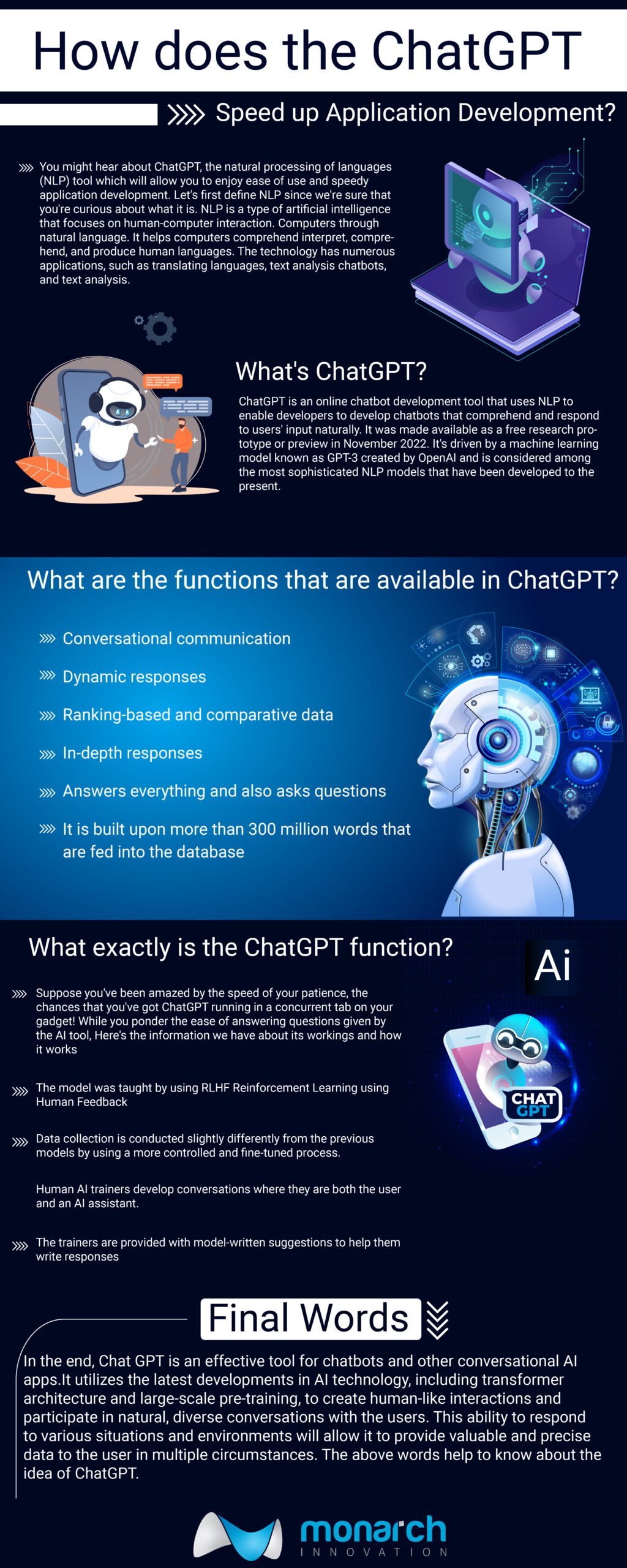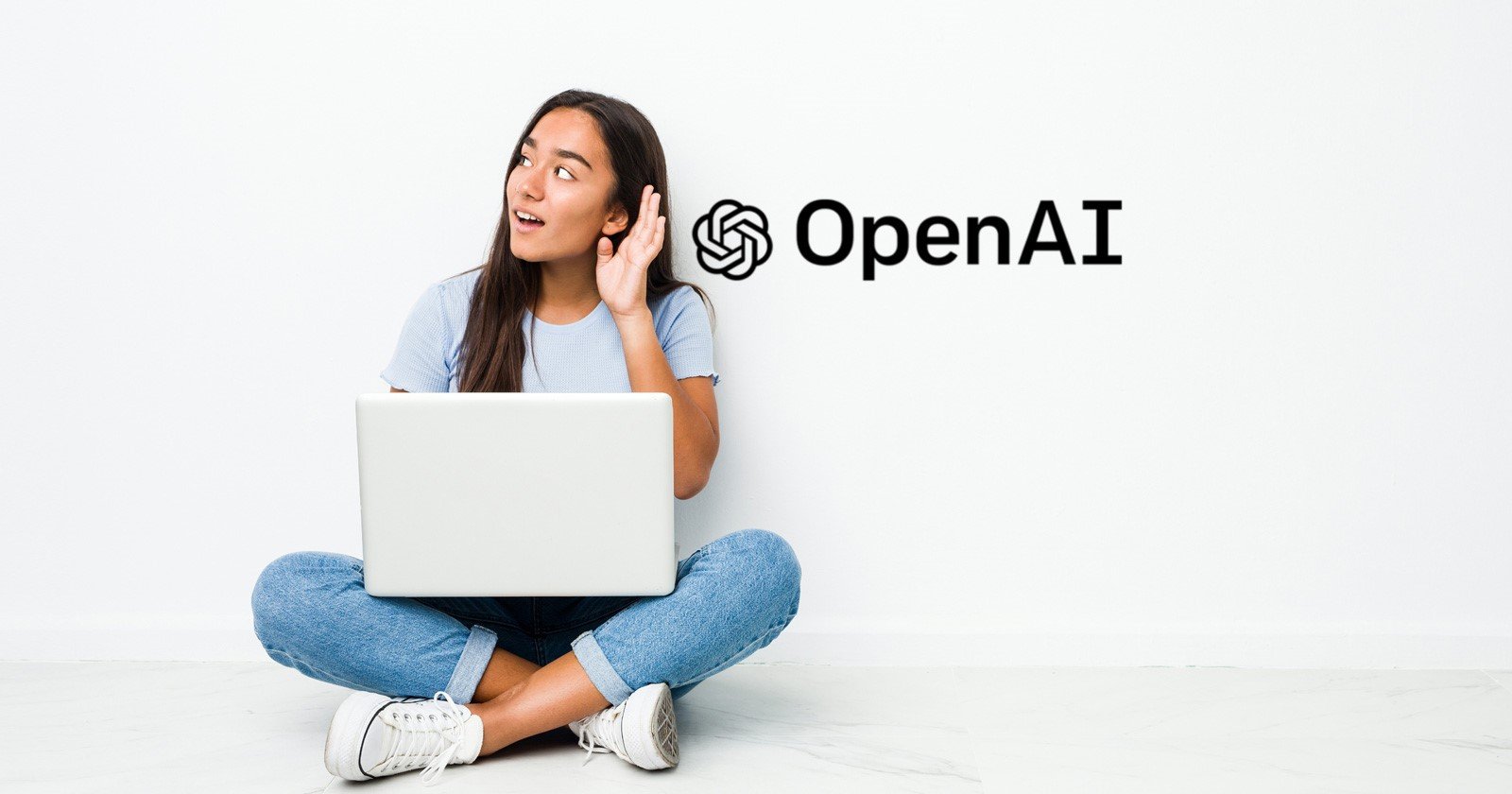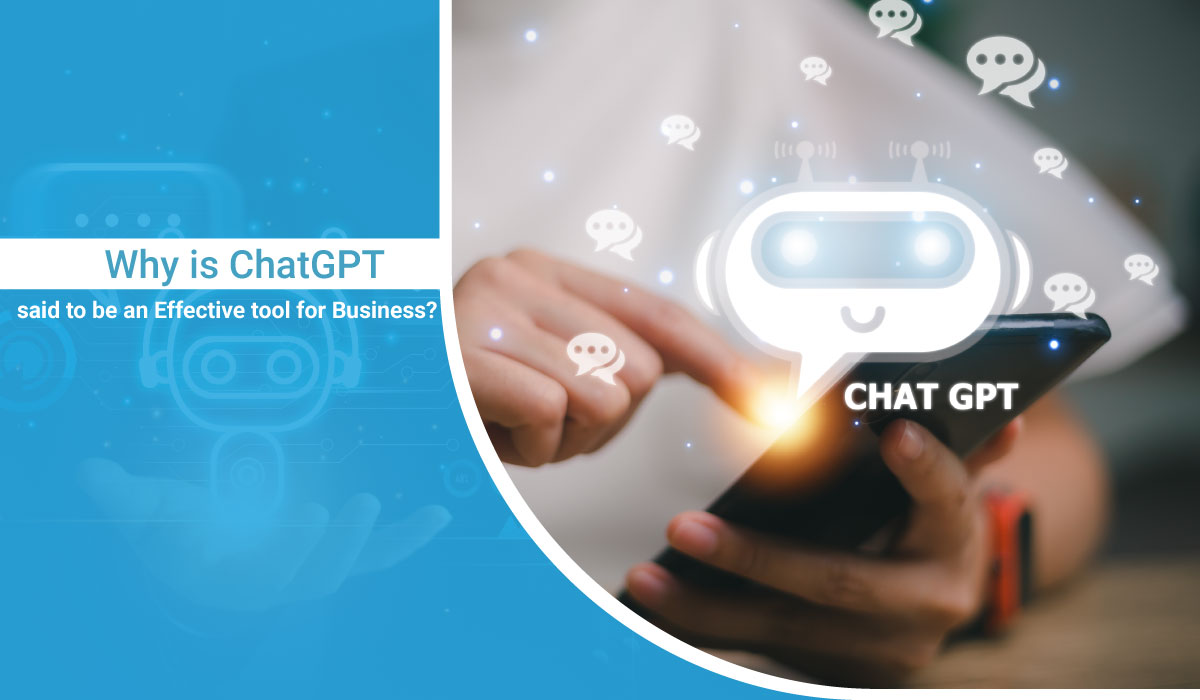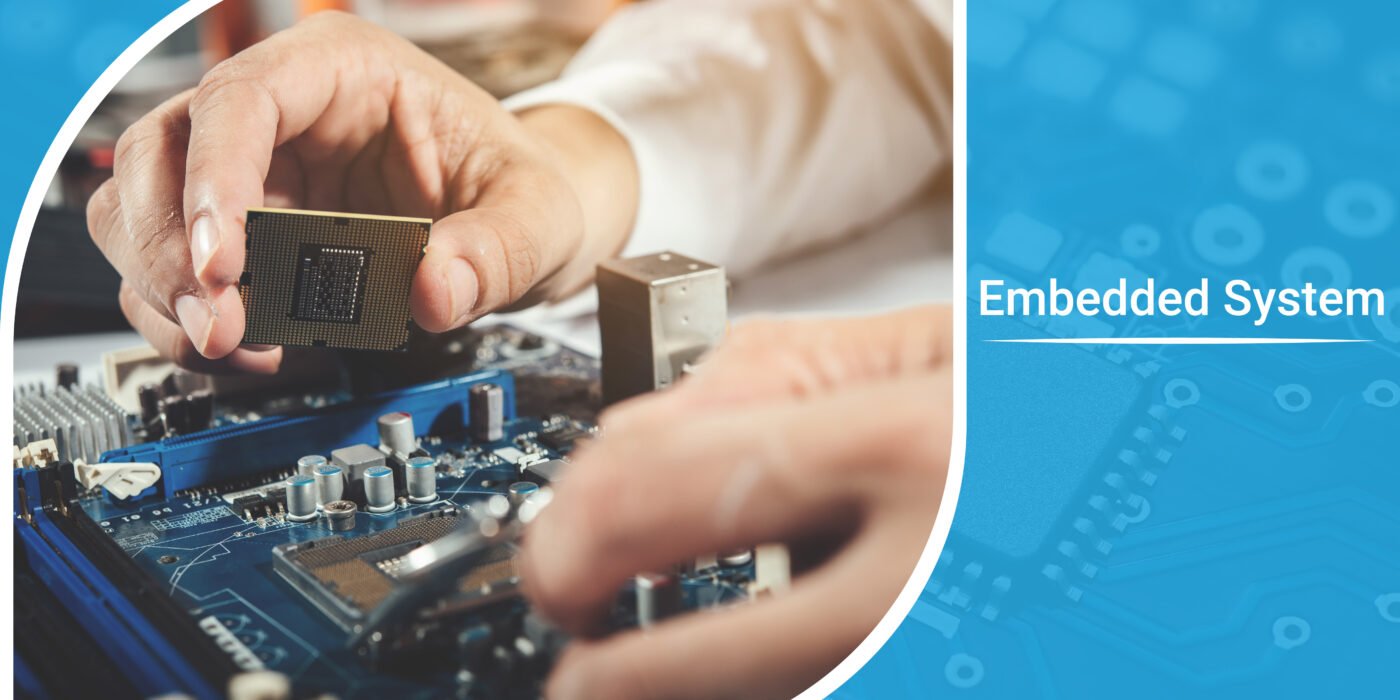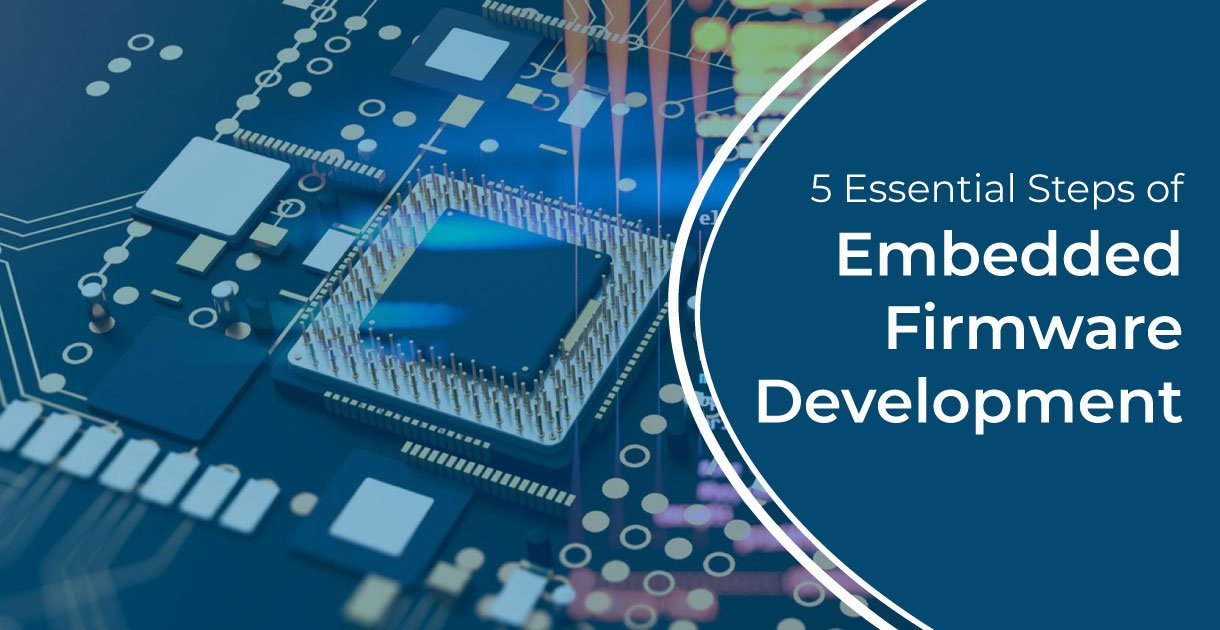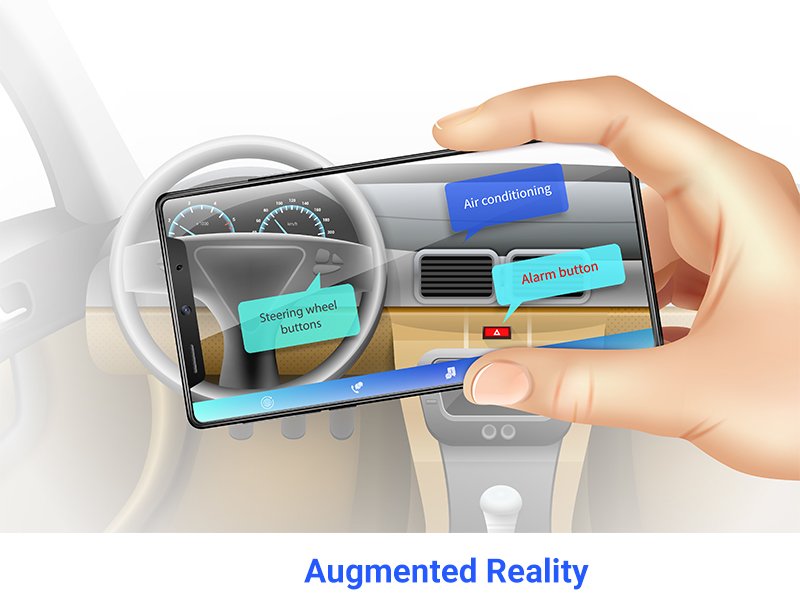Embedded systems engineering is at the heart of modern technology, powering everything from smartphones and automobiles to medical devices and industrial automation. Embedded systems are now considered key to delivering smarter, faster, and efficient products by businesses. For innovators, this field offers endless opportunities to push the boundaries of what machines can do.
In this guide, we’ll break down what embedded systems engineering means, why it’s important, the roles of professionals in this field, and how businesses can leverage embedded systems engineering services to stay ahead in an increasingly tech-driven world.
What is Embedded Systems Engineering?
Embedded systems engineering involves the design, development, and integration of computer systems that are “embedded” within larger devices to perform specific functions. Embedded systems are not general-purpose computers as it is. They are specifically designed to perform specific tasks like engine control, medical data processing, or communication between IoT devices.
For example:
- Airbags, anti-lock braking and navigation in a car are regulated by embedded systems.
- Pacemakers, imaging devices, and infusion pumps are embedded systems in the healthcare industry.
- They are used to power smart TVs, wearables and game consoles in consumer electronics.
Simply put, embedded systems engineering is the integration of hardware and software to form intelligent, task-specific solutions.
Key Components of Embedded Systems
An embedded system is often composed of the following three essential parts:
1. Hardware
- Microcontrollers or microprocessors that execute instructions.
- Sensors and actuators react to the real world.
- Communication interfaces like UART, I2C, or SPI for connectivity.
2. Software
- Firmware or Real-time operating systems (RTOS) that run on the hardware.
- Code specific to the system that governs the behaviour of the system.
- Interfaces for diagnostics, user input, or connectivity.
3. Integration Layer
- The cooperation of both hardware and software is necessary.
- Communication with external systems or networks.
Significance of Embedded Systems Engineering to Businesses.
Embedded Systems Engineering services are not a luxury anymore; it is a requirement to be a competitive company. Here’s why:
- Product Differentiation: It allows the firms to develop some distinctiveness in their products, e.g. smart sensors in home appliances or advanced driver-assistance in vehicles.
- Ease of use: Embedded systems also save man-hours of work, as they automate more difficult jobs.
- Cost Optimisation: Smart embedded systems reduce power consumption and the use of resources.
- Scalability: The Scalability of product functionality enables the business to upgrade embedded software instead of redesigning hardware.
- Market Relevance: Embedded technology forms the basis of innovation in such sectors as healthcare, automotive and manufacturing.
Roles in Embedded Systems Engineering
Several professionals collaborate to make embedded systems functional:
1. Embedded Systems Hardware Engineer
- Designs circuit boards and selects processors, memory, and sensors.
- Focuses on hardware optimisation for performance and reliability.
2. Software Engineer in Embedded Systems Companies
- Writes firmware, real-time code, and application logic.
- Makes the software compatible with hardware.
3. System Integrators
- Combine hardware and software into a fully functional unit.
- Test for reliability, compatibility, and performance.
4. Quality Assurance Specialists
- Test embedded systems under different conditions to guarantee safety and compliance.
Applications of Embedded Systems Across Industries
Embedded systems are everywhere, driving innovation in multiple industries:
- Healthcare: Imaging systems, wearable health monitors, life-support equipment.
- Consumer Electronics: Smartphones, wearables, home automation devices.
- Industrial Automation: Robotics, predictive maintenance tools, smart manufacturing.
- Telecommunications: Network routers, satellite systems, IoT connectivity.
- Aerospace and Defence: Flight control systems, navigation tools, surveillance equipment.
The embedded systems integrated into businesses allow them to provide smarter, safer, and more efficient solutions to their customers.
Problems in Embedded Systems Engineering.
There are immense opportunities, but businesses also have to come out of certain problems:
- Ambiguity of Design: Hardware and Software integration is a very high expertise area.
- Real-Time Constraints: A lot of systems need to be able to react without delay (ex, airbags).
- Security Risks: Interconnected Devices can be attacked through cyberattacks without solid security measures.
- Scalability Problems: It may be hard to update or maintain embedded devices in the field.
- Cost and Resource Management: It is always a struggle to shape designs that are not only cheap but also the ones that perform.
Collaboration with professional embedded systems engineering firms is one way of overcoming these obstacles.
Future Trends in Embedded Systems
Embedded systems are a fast-moving industry. Some of the trends that are shaping the future are as follows:
1. AI and Machine Learning Integration
- Embedded devices can now be smart, on-device intelligent, to provide predictive analytics and smart decisions.
2. IoT Expansion
- Billions of connected devices rely on embedded systems for communication and data processing.
3. Low-Power Designs
- Wearables and remote devices need energy-saving embedded systems.
4. 5G and Connectivity
- Ultra-fast communication networks open new possibilities for real-time embedded applications.
5. Edge Computing
- Data processing nearer to the source will improve performance and reduce latency.
Why Businesses Need Embedded Systems Engineering Services
Outsourcing embedded systems development to expert service providers gives companies an edge. Here’s how:
- Access to Expertise: Specialised knowledge in hardware and software saves time and reduces risk.
- Faster Time-to-Market: Professional teams streamline development and testing.
- Innovation Support: Experienced engineers help transform ideas into commercially viable products.
Choosing the Right Partner: What to Look For
When evaluating software engineering embedded systems companies, businesses should consider:
- Experienced in providing embedded solutions.
- Cross-Industry Knowledge to use the best practices across industries.
- Experienced Embedded Systems Hardware Designers with the ability to address complex projects.
- End-to-End Services such as design, prototyping, testing and deployment.
- Quality and Compliance with the world standards.
How Monarch Innovation Delivers Excellence in Embedded Systems
At Monarch Innovation, our services are of high-quality embedded systems engineering, which aid businesses and innovators with the realisation of their visions. Our embedded systems hardware engineer and software professionals work together to build, create, and supply high-performance models that are dependable, scalable, and secure.
Regardless of whether one is creating a consumer product, a healthcare system, or an industrial automation system, Monarch Innovation uses technical know-how with industry insight to help bring ideas to life faster.
Why choose Monarch Innovation?
- Proven expertise across automotive, healthcare, industrial, and IoT sectors.
- Focus on quality, scalability, and cost-efficiency.
- Solutions that are customised to suit your business objectives.
Conclusion
Embedded systems engineering is the foundation of modern innovation as it allows businesses to design intelligent, efficient and connected products. Embedded systems characterise the interaction of technology with the real world in the case of healthcare devices as well as industrial robots.
Investing in embedded systems engineering services is no mere strategy for businesses and innovators, but a must to stay relevant in the current competitive environment.
Collaborating with Monarch Innovation means you are working with a partner with whom you can trust to create next-generation solutions. Monarch provides companies with the tools to bring big ideas to life through the power of a team of software and hardware masters in embedded systems, making them into a commercial reality.
Take the next step toward innovation. Contact Monarch Innovation today to transform your business with intelligent embedded solutions.

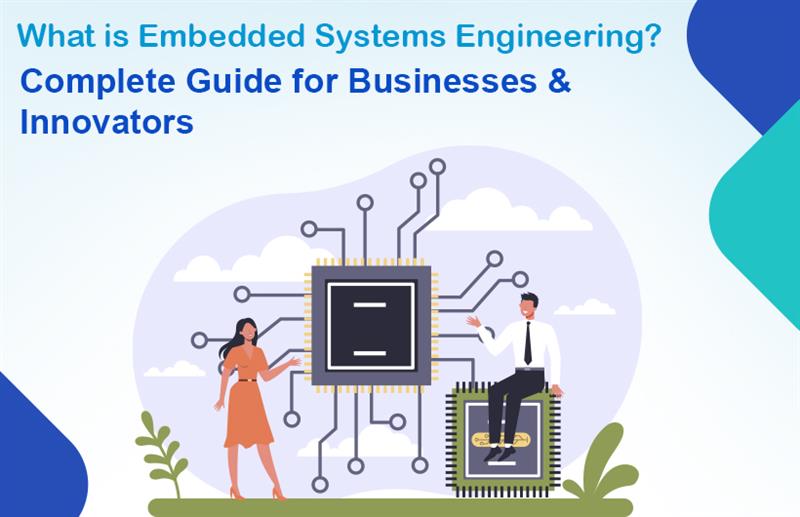

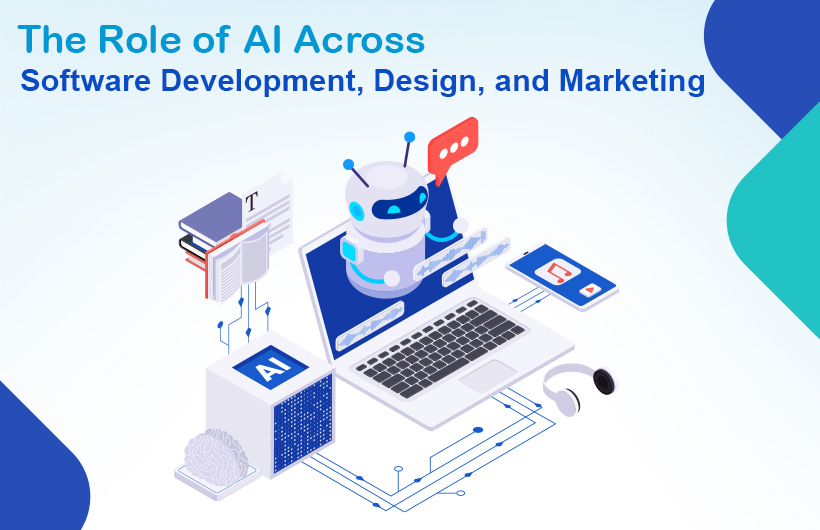

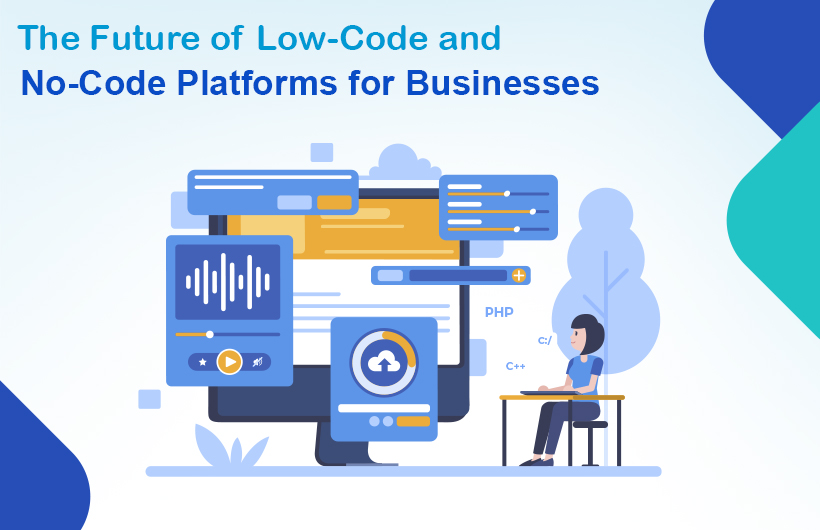
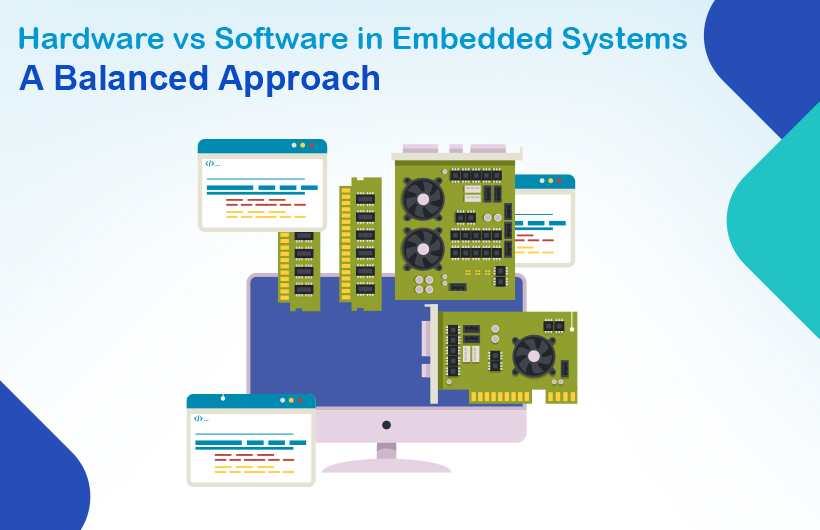
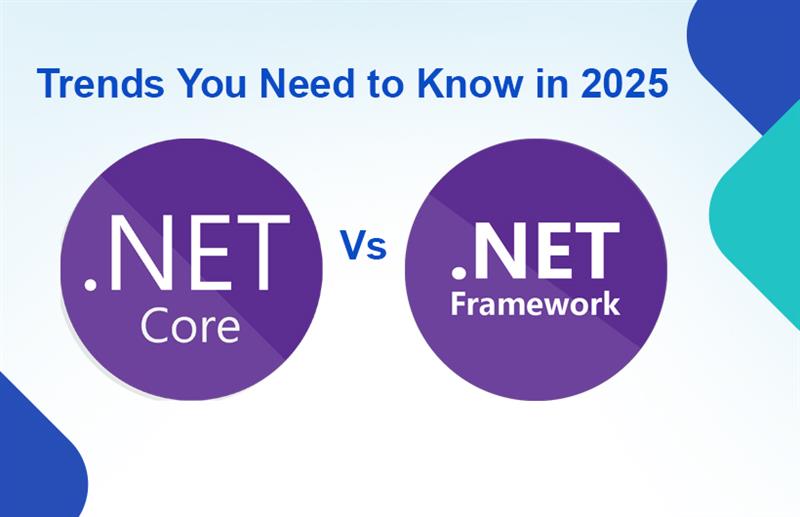

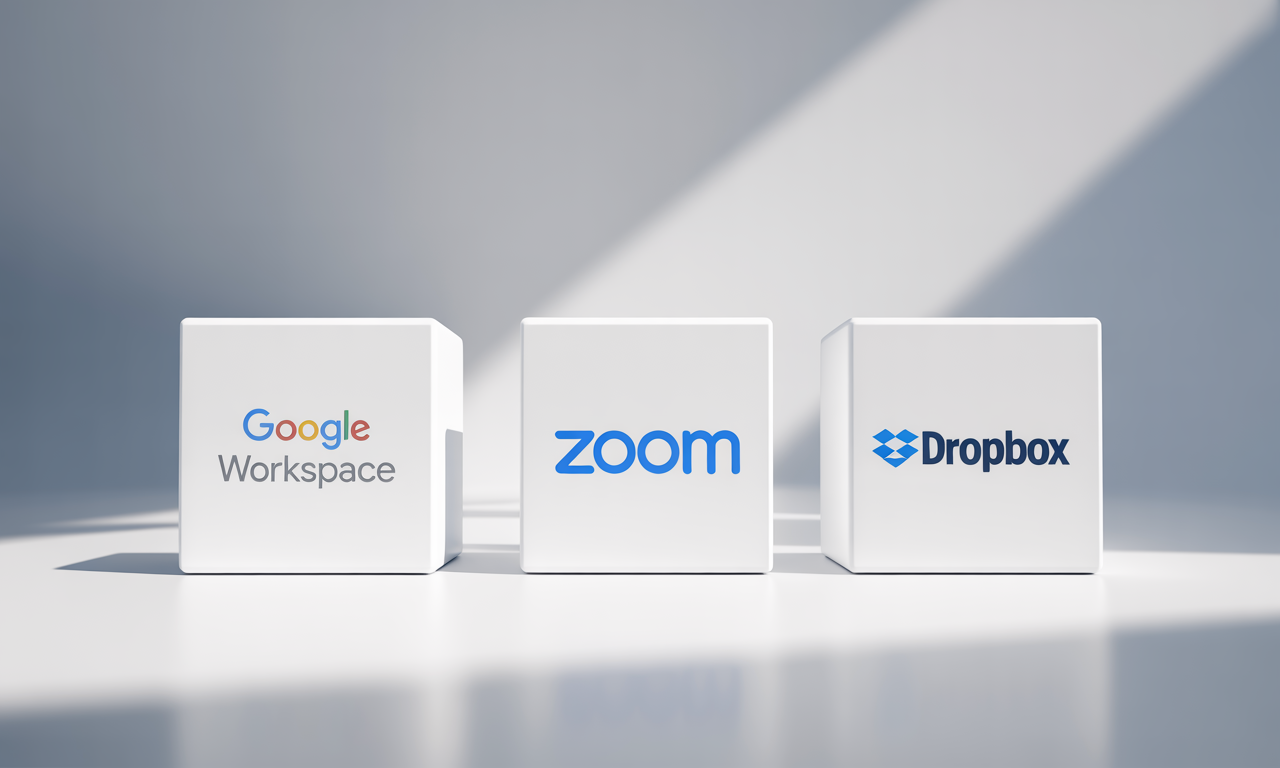
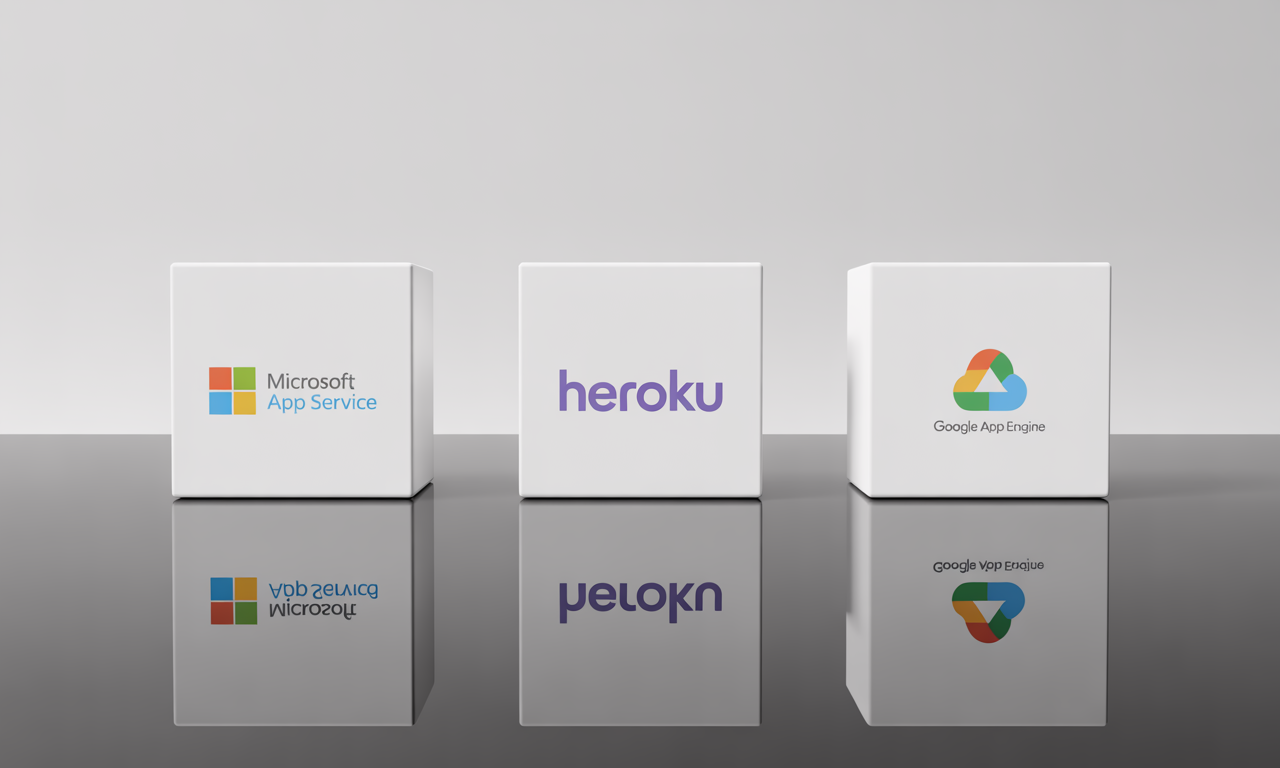
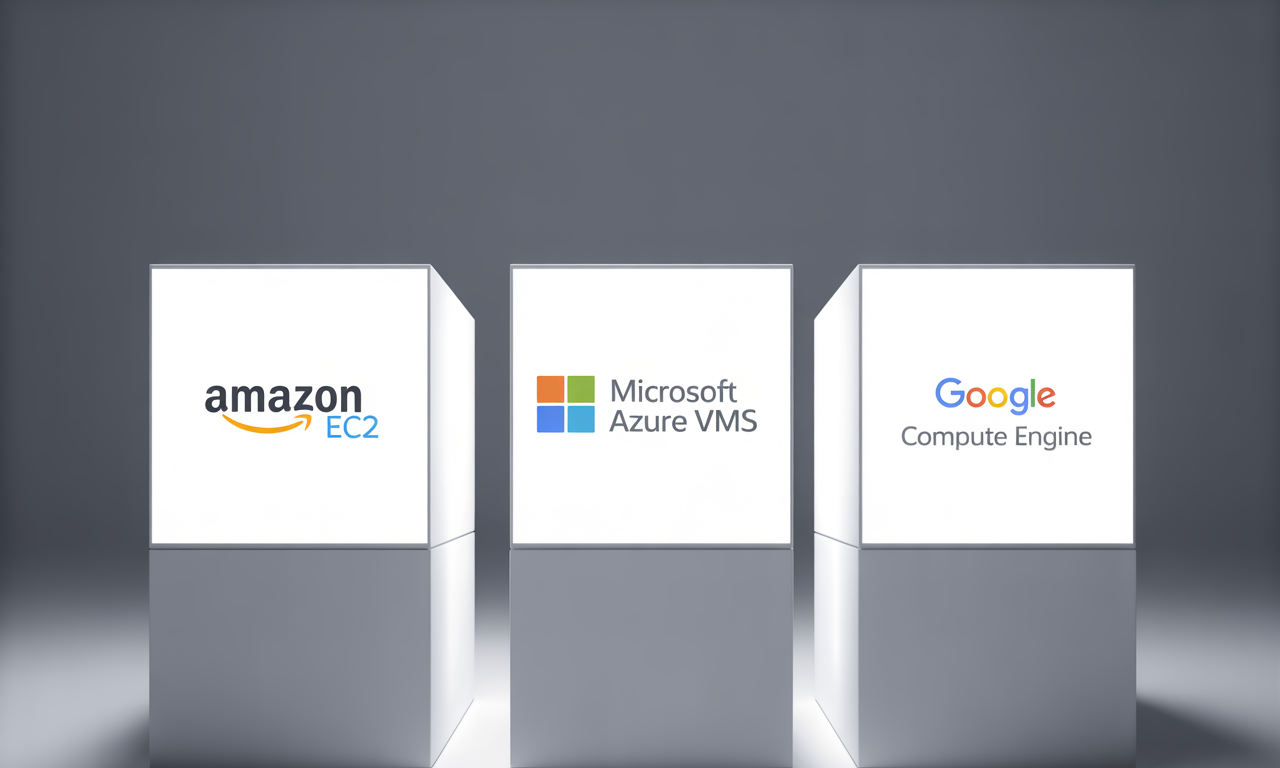
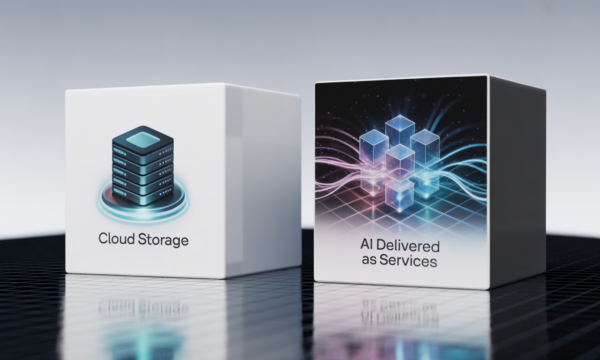
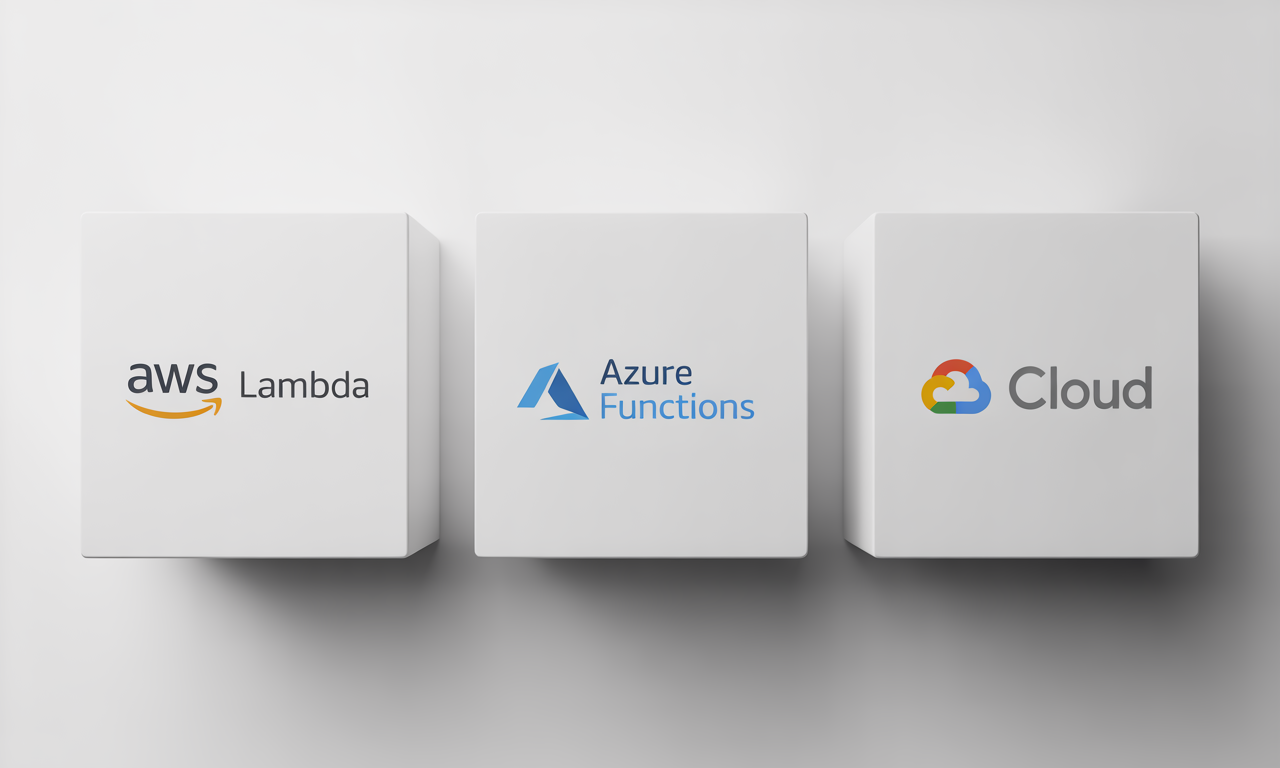

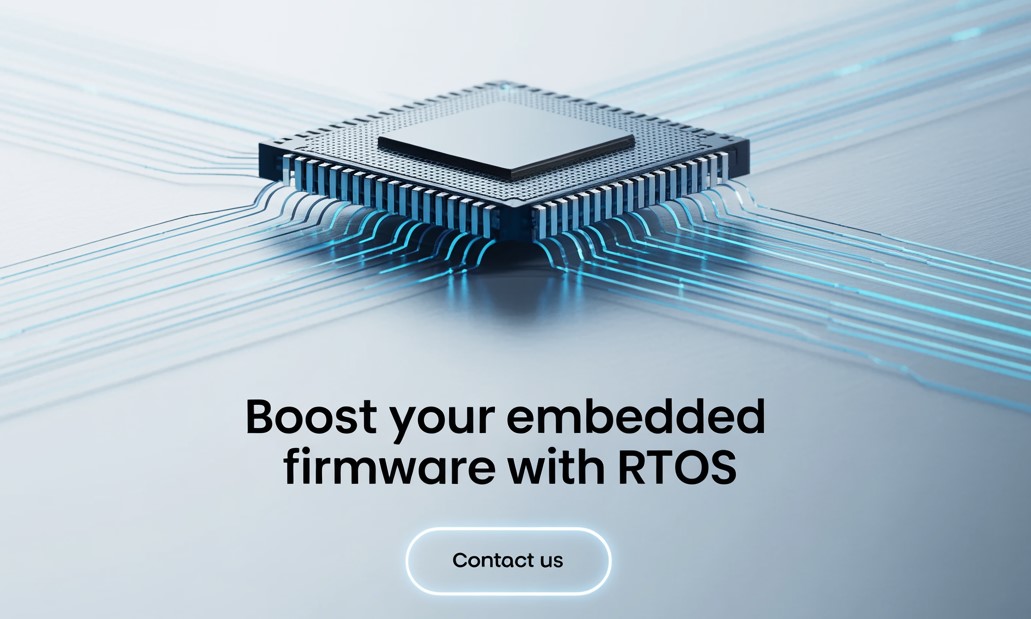
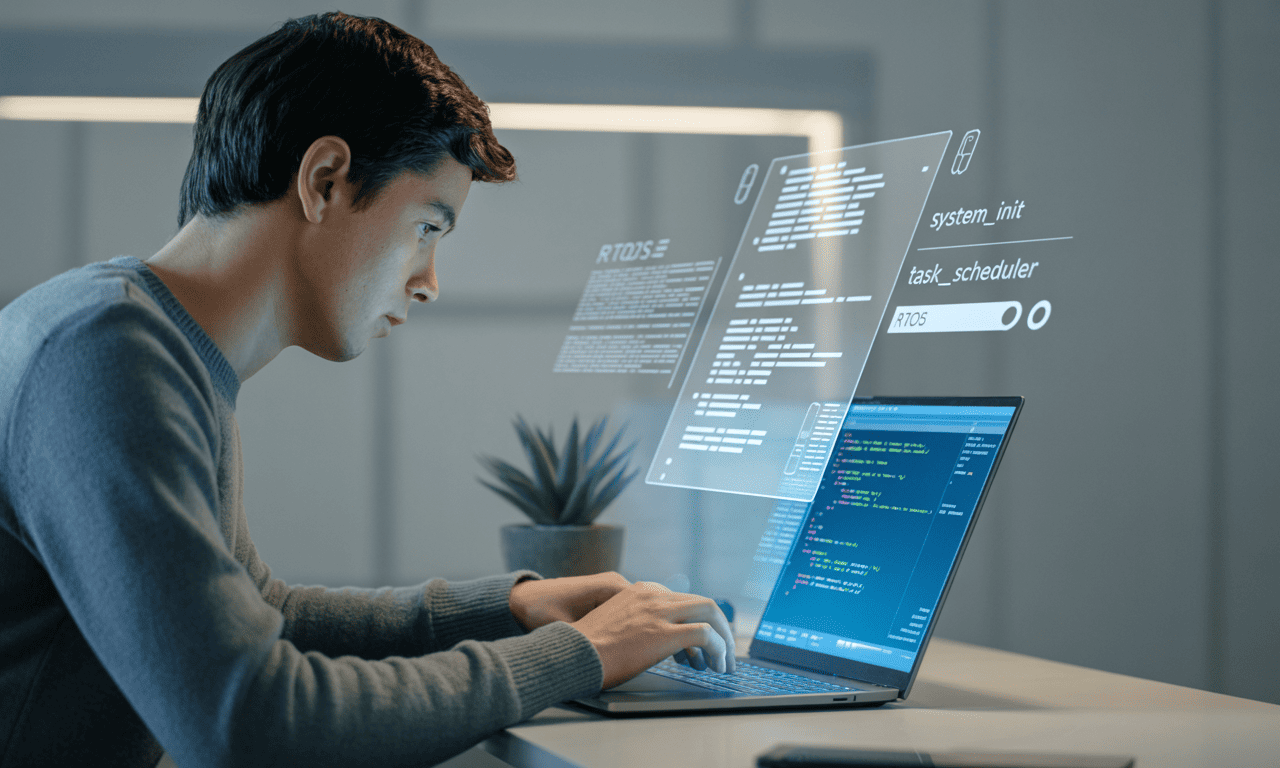
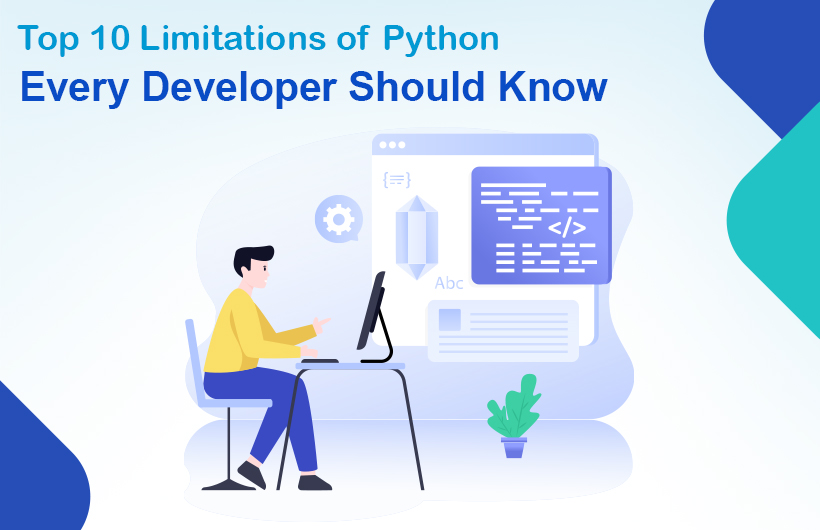
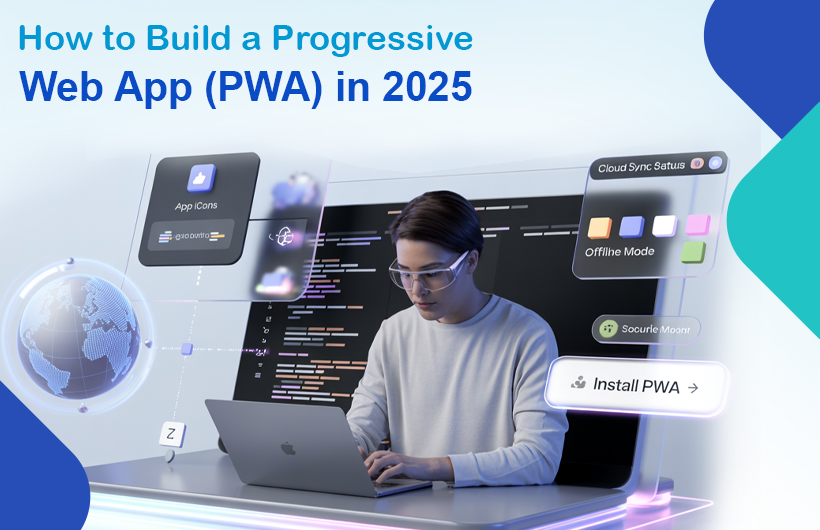
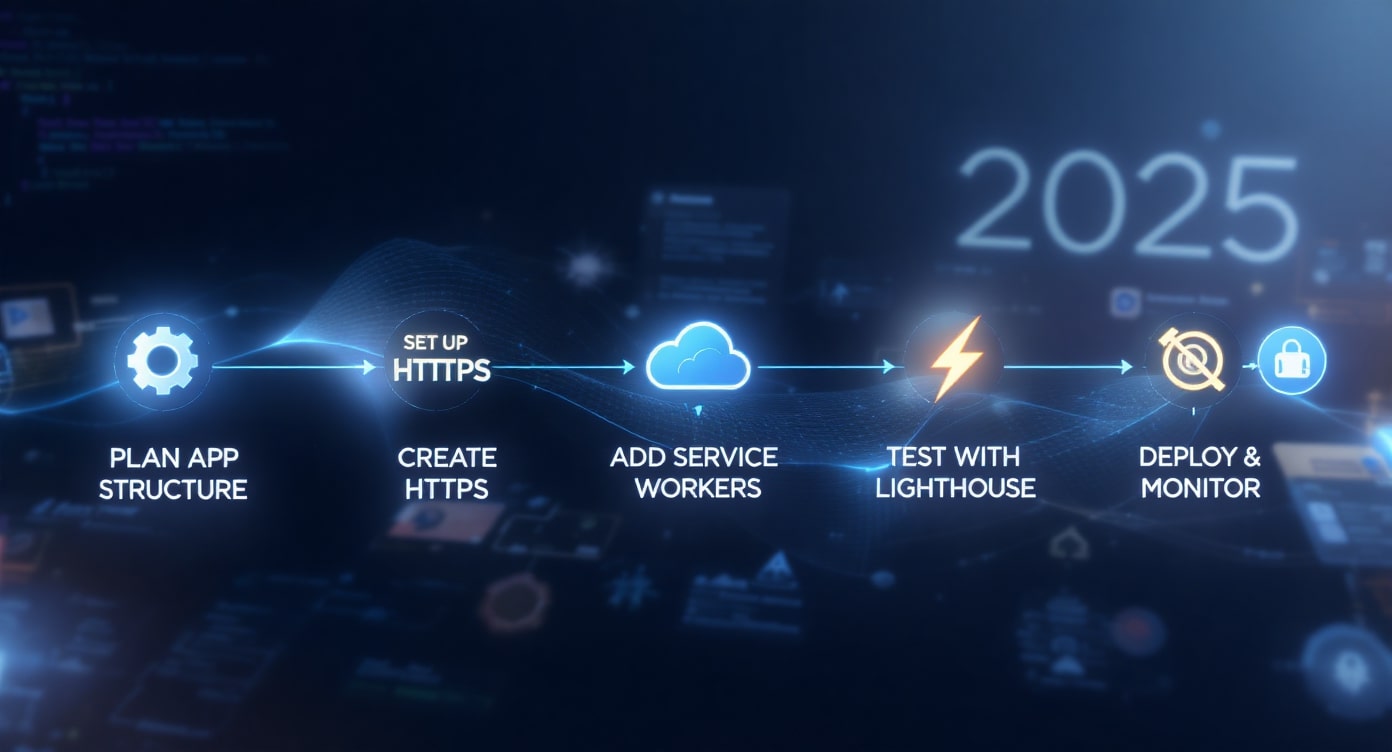
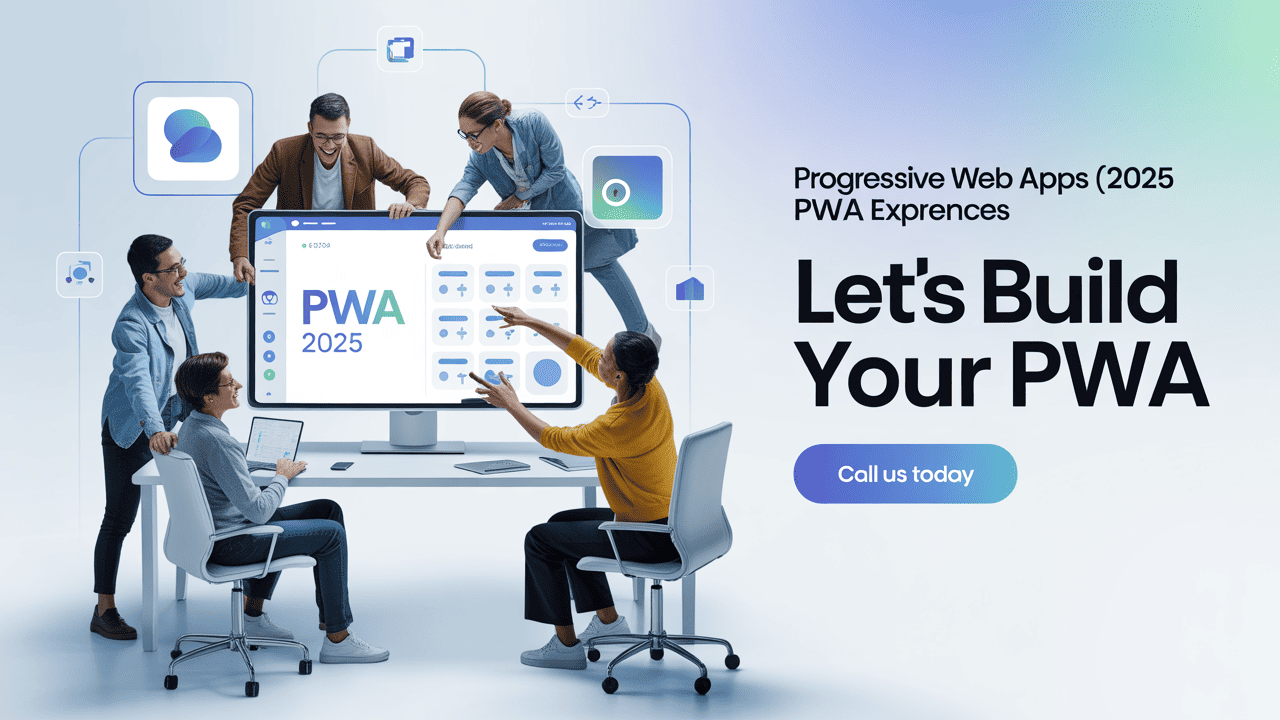
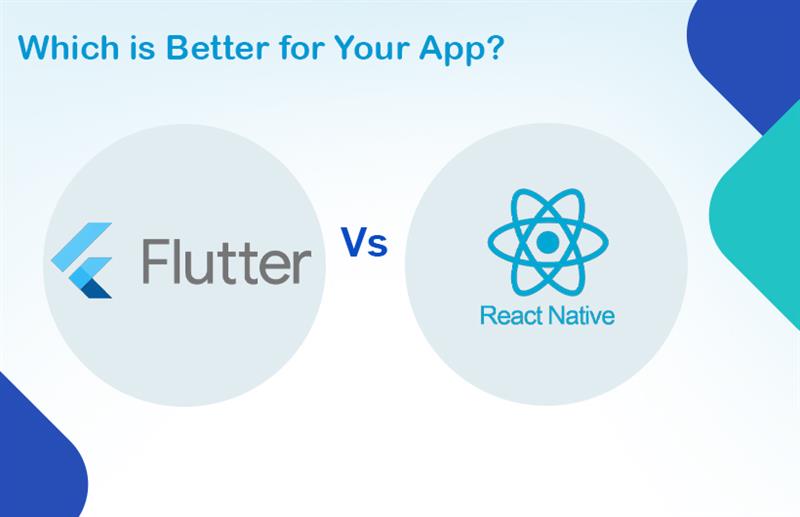
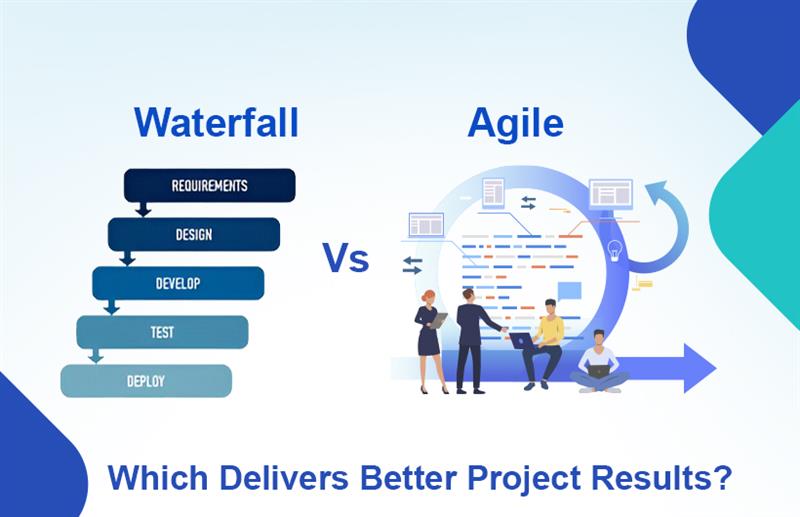
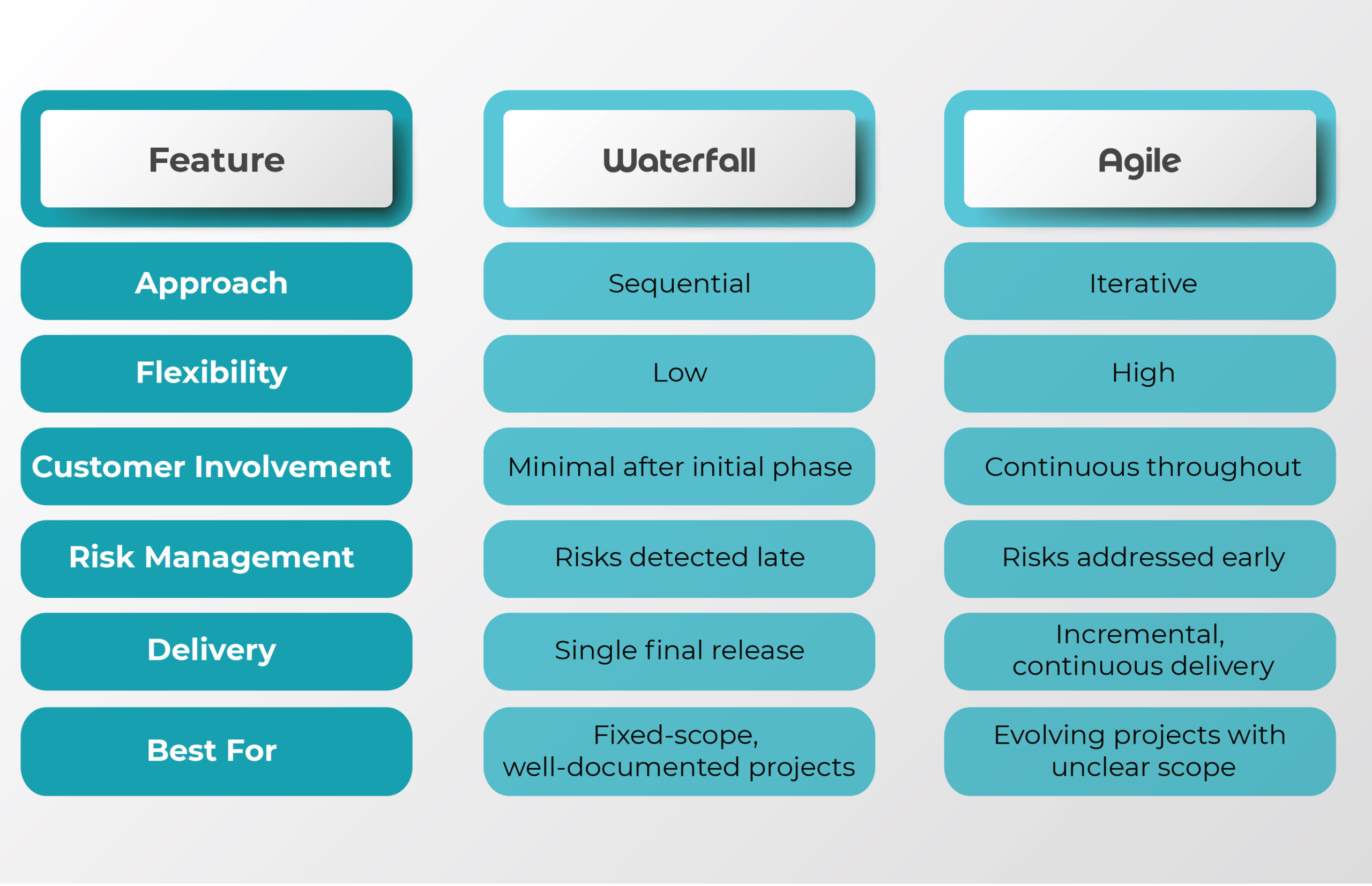









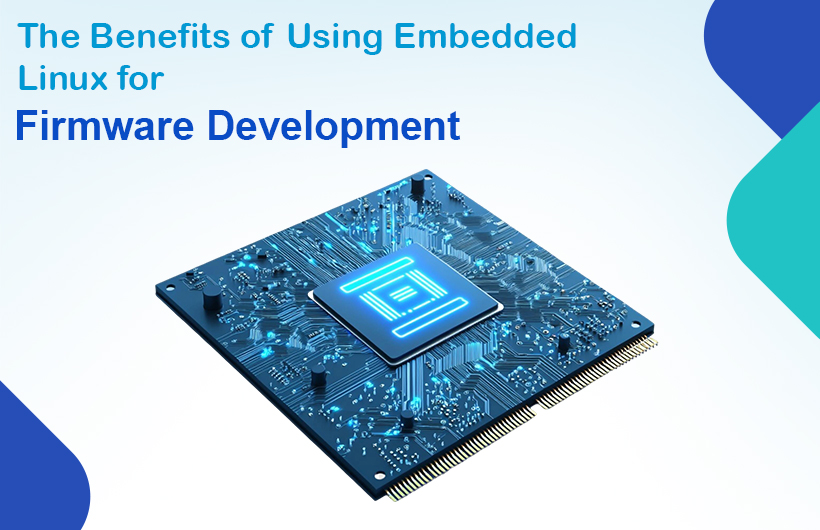
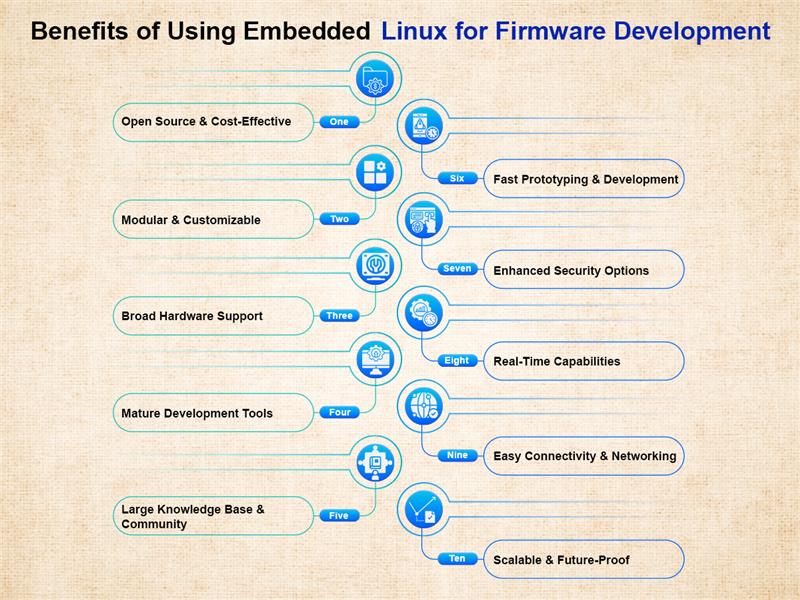

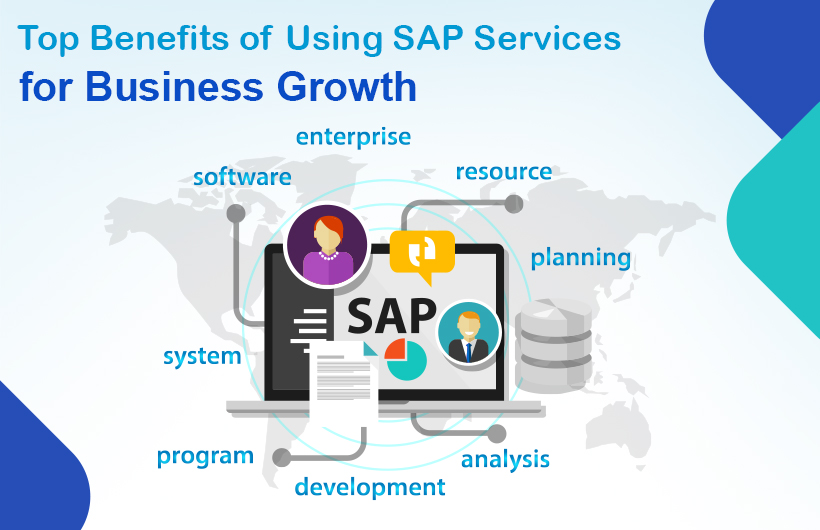
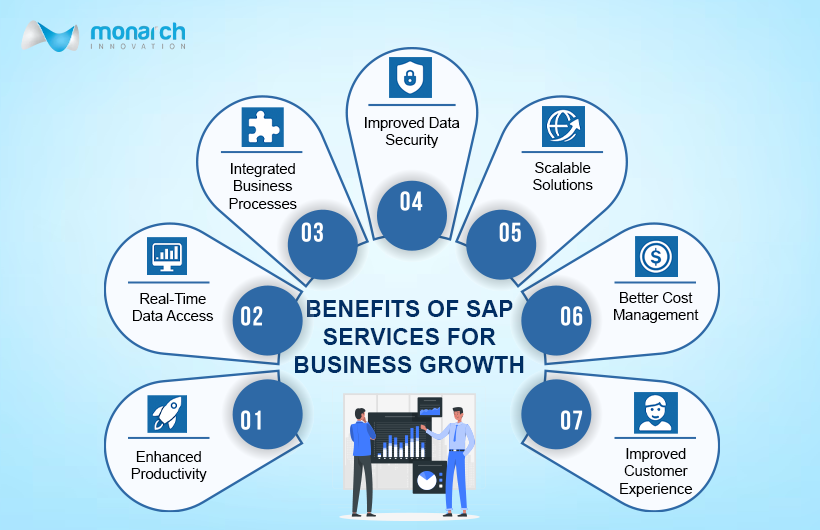

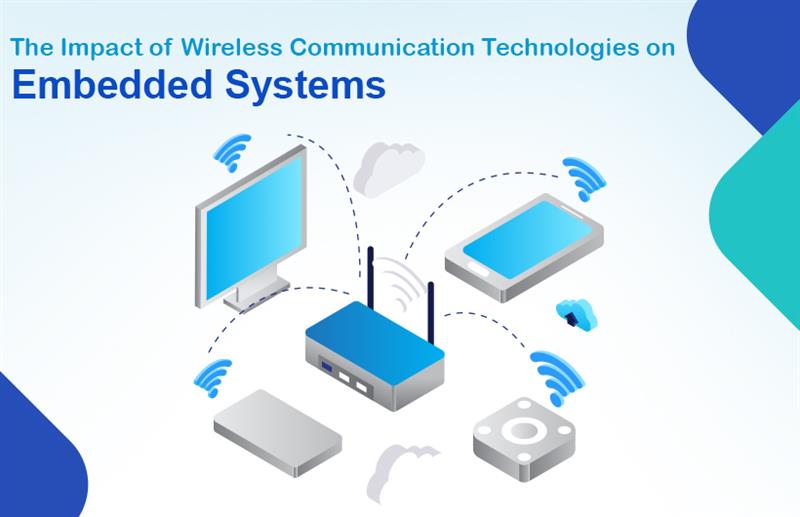

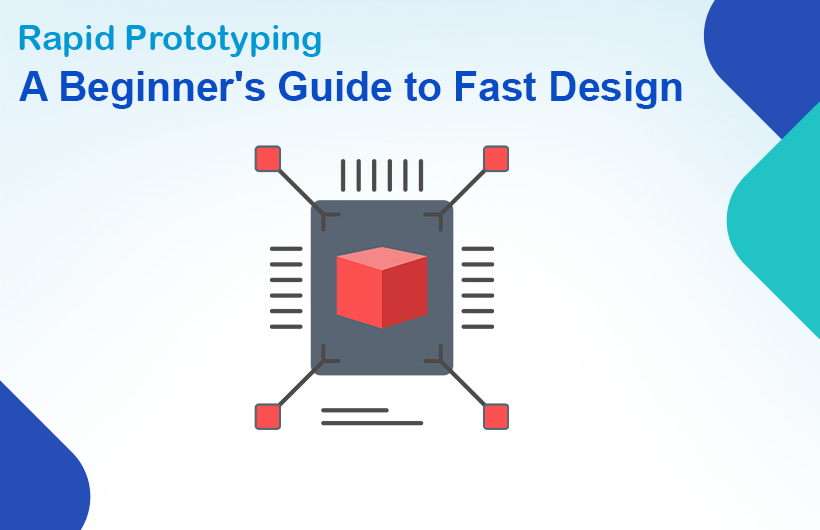
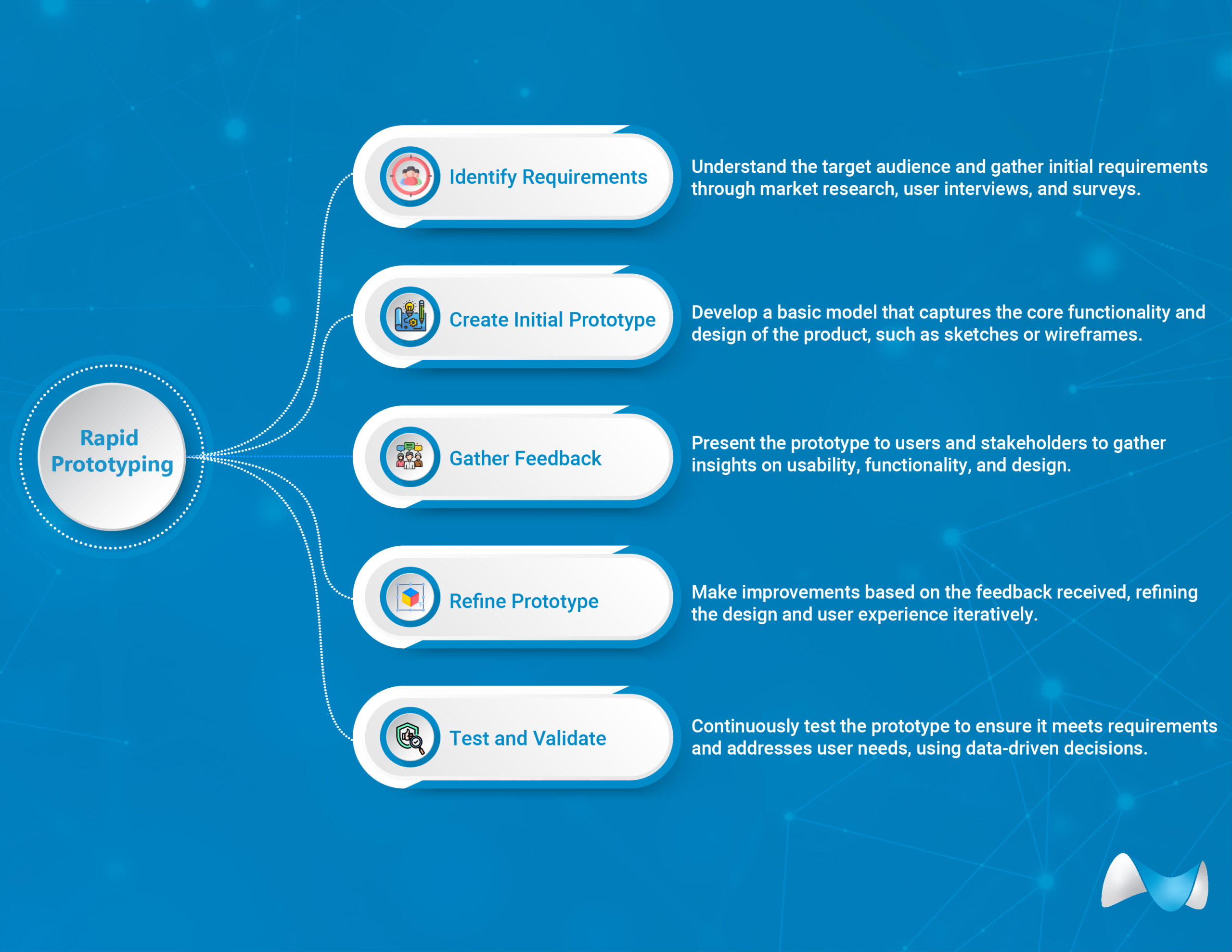
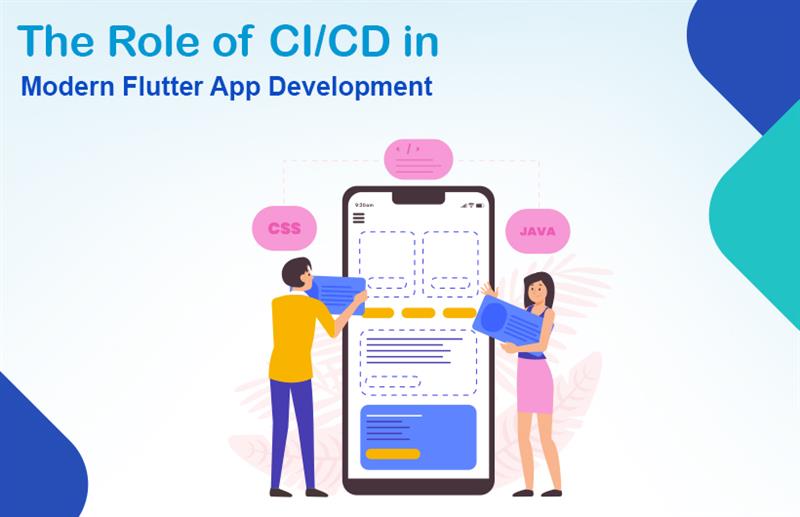
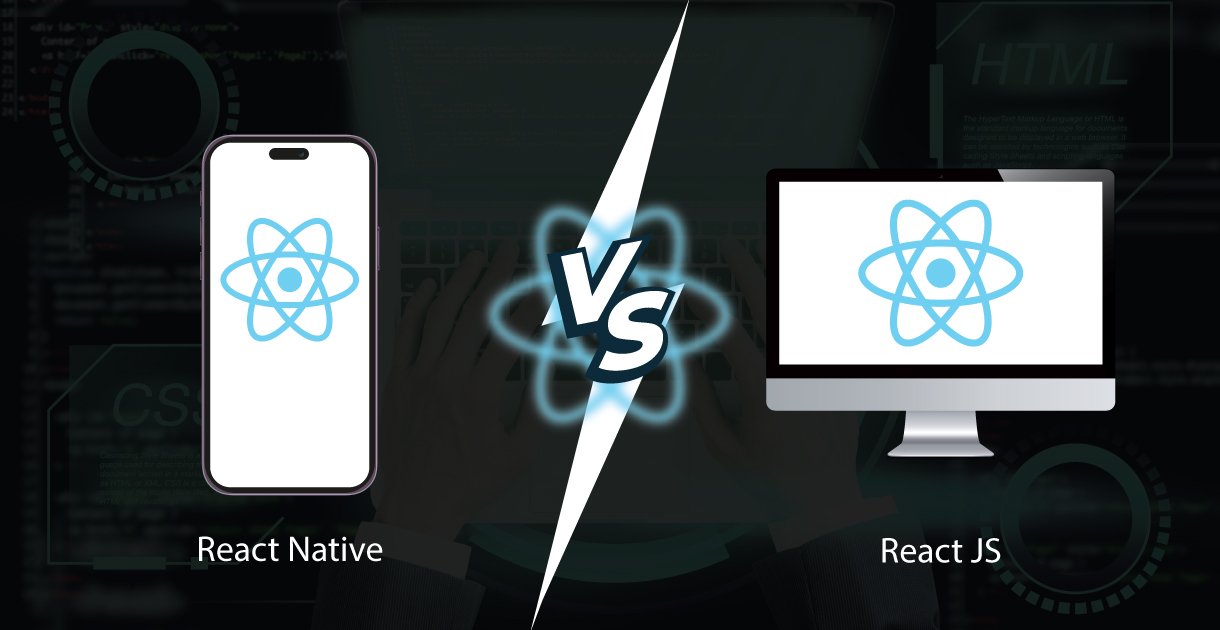









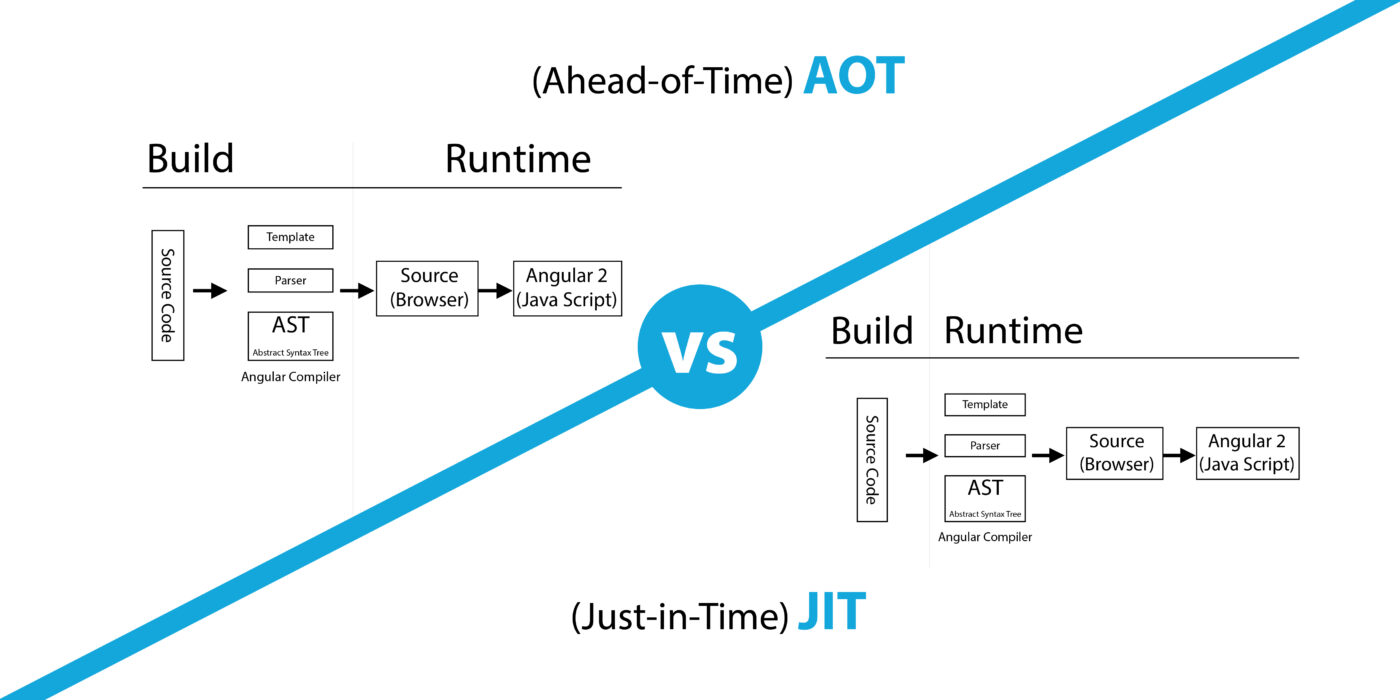
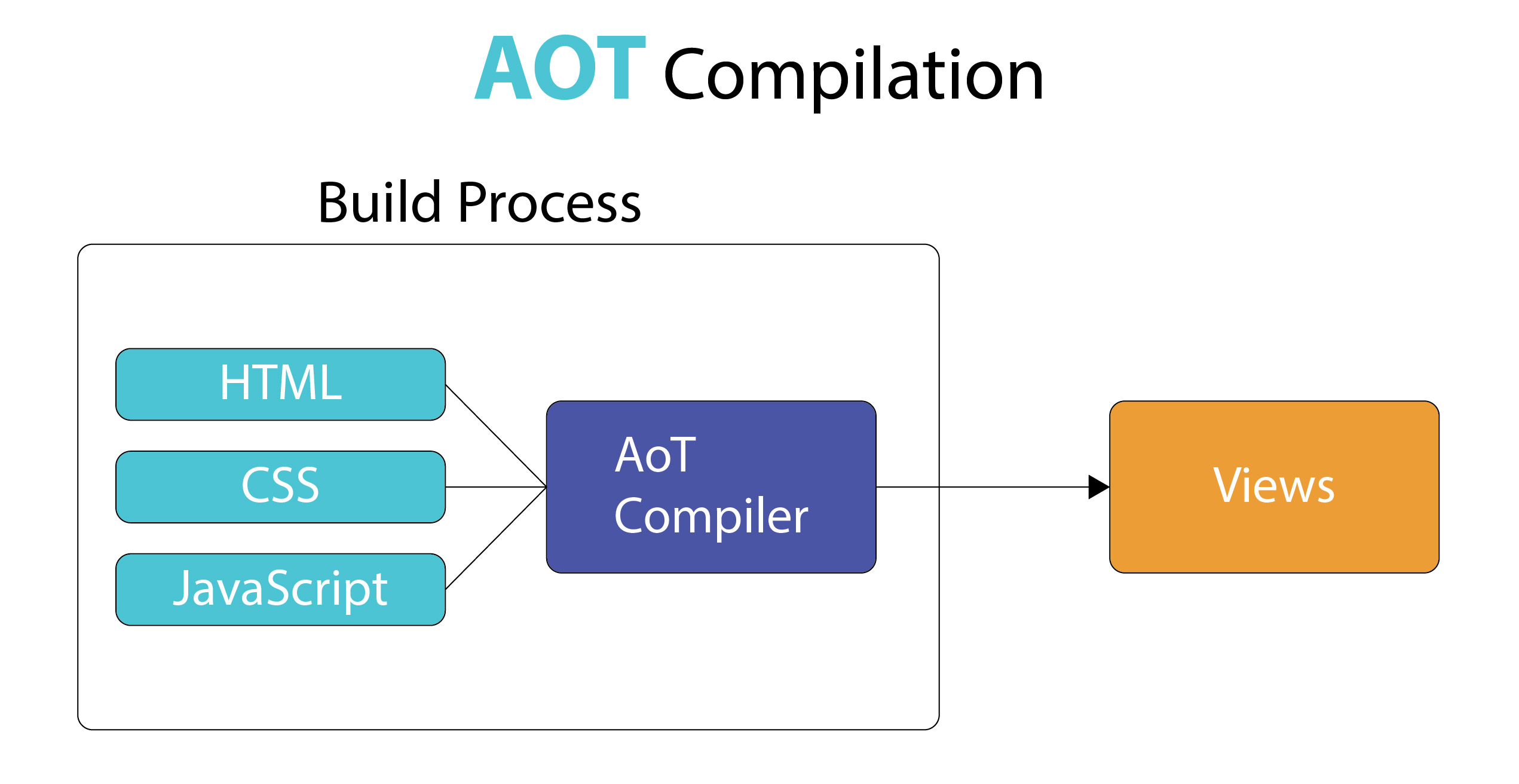












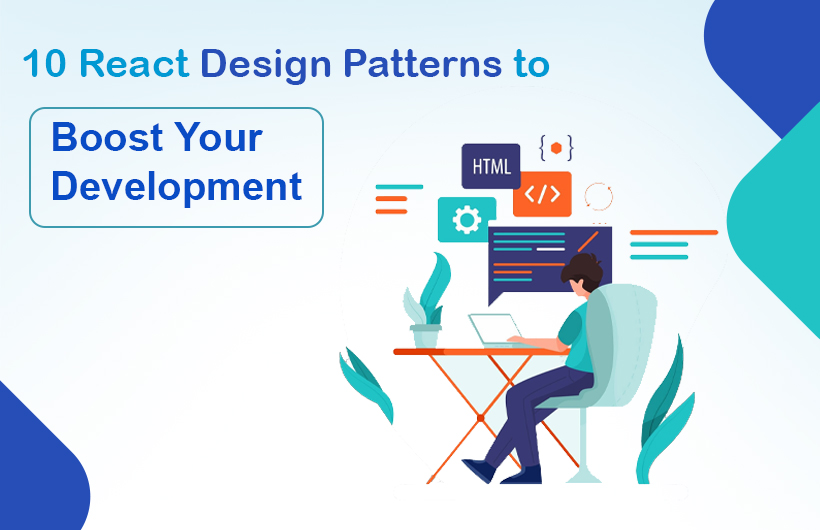
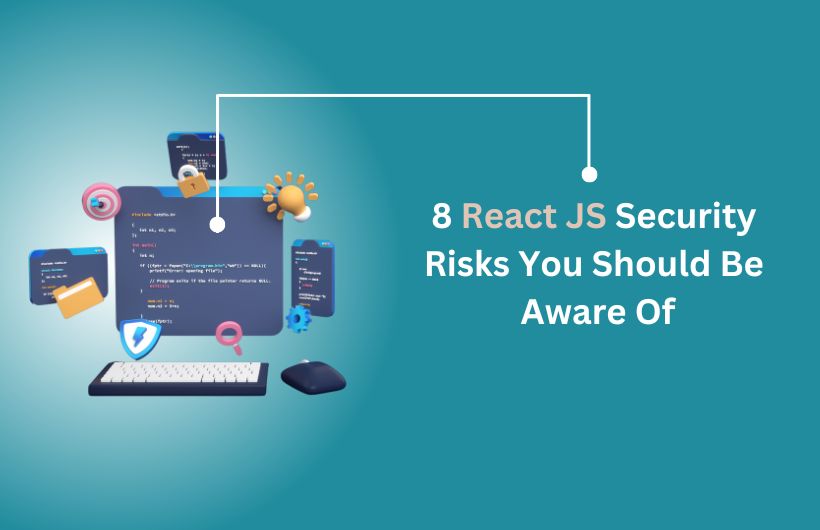
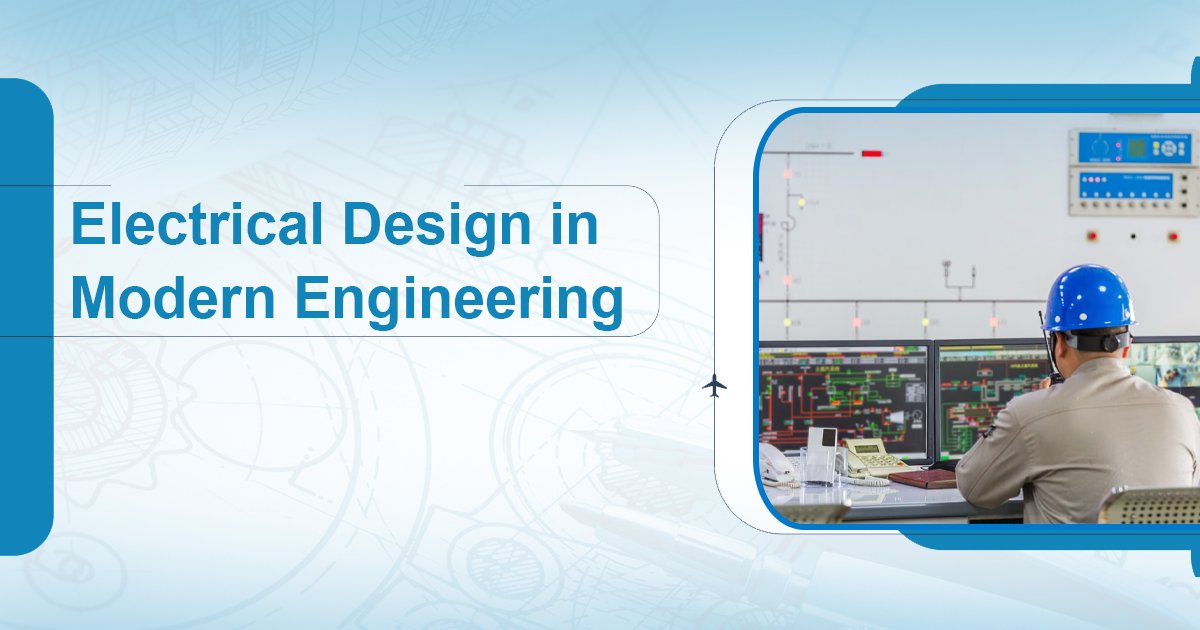
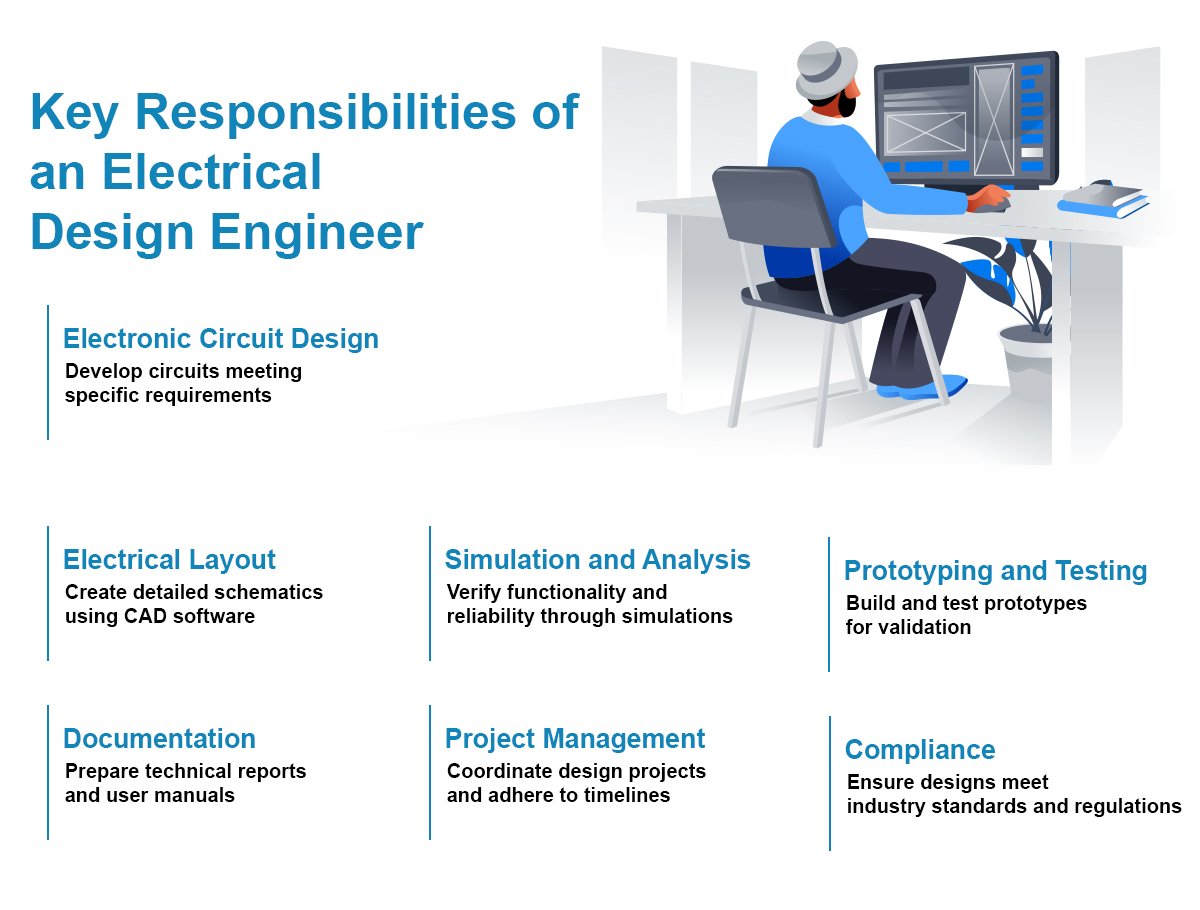

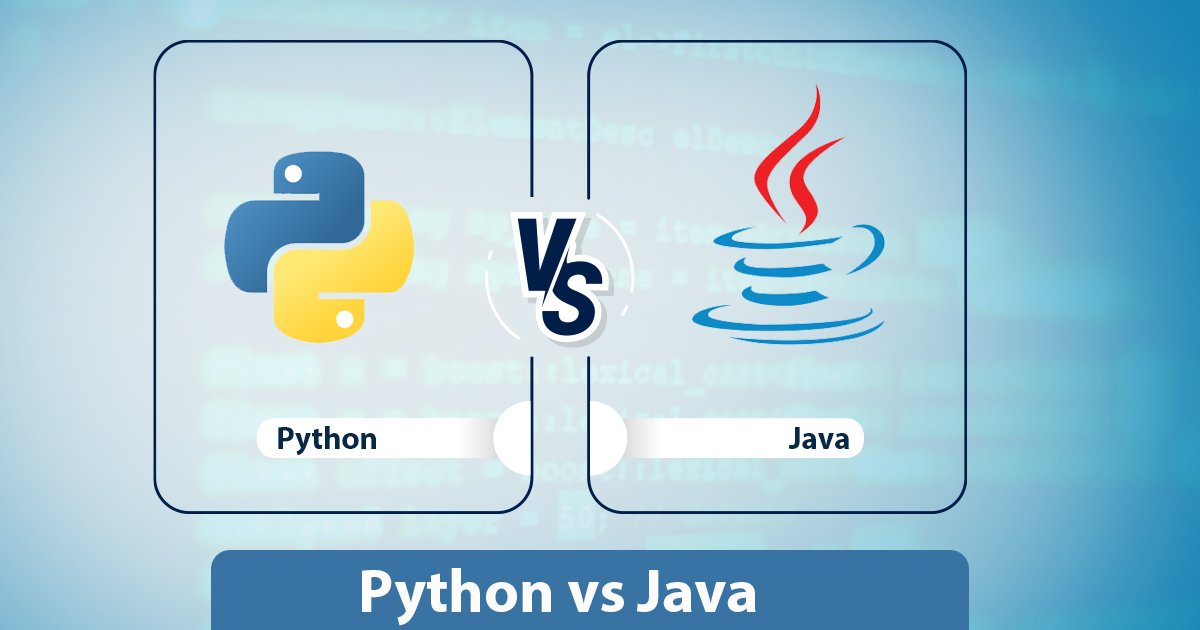
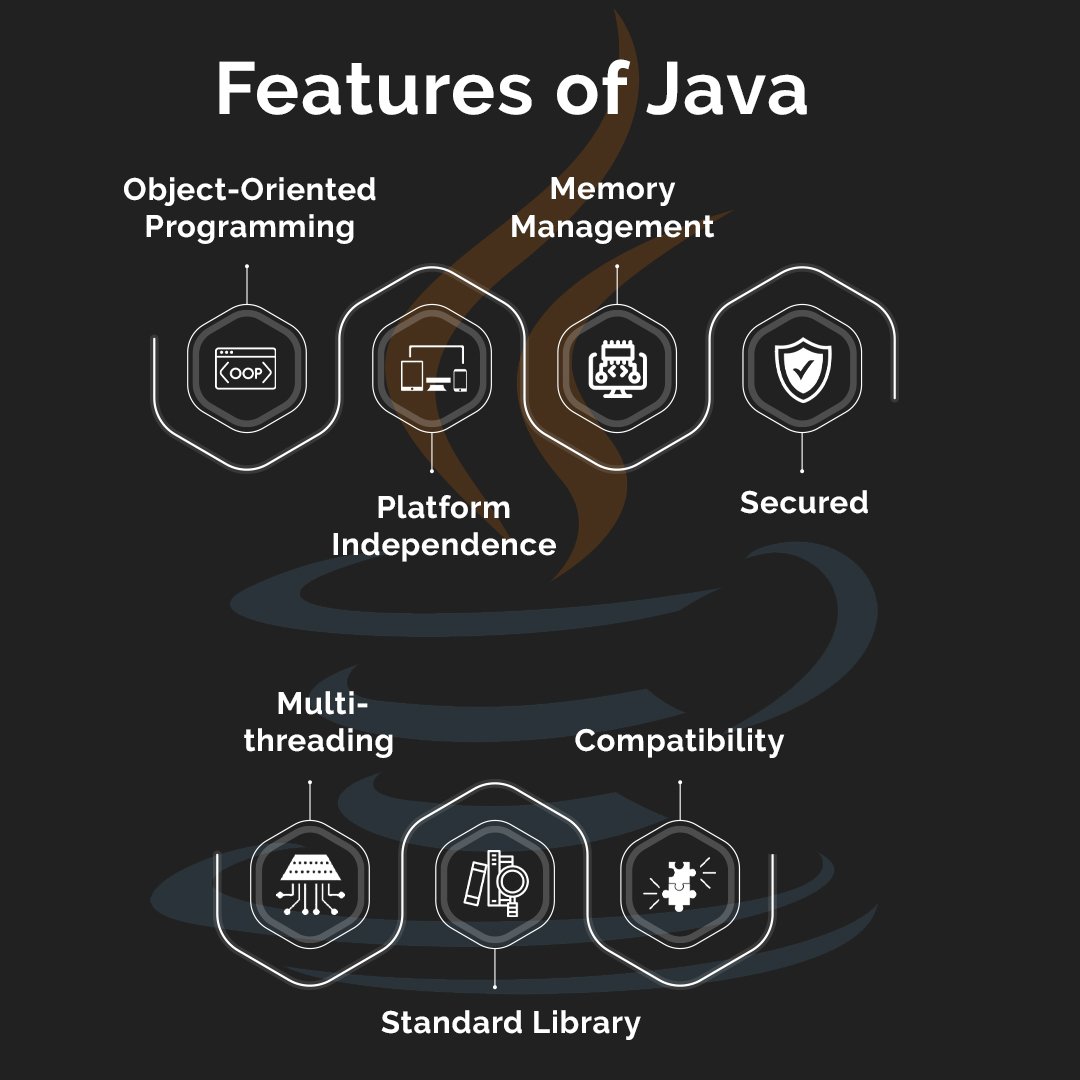
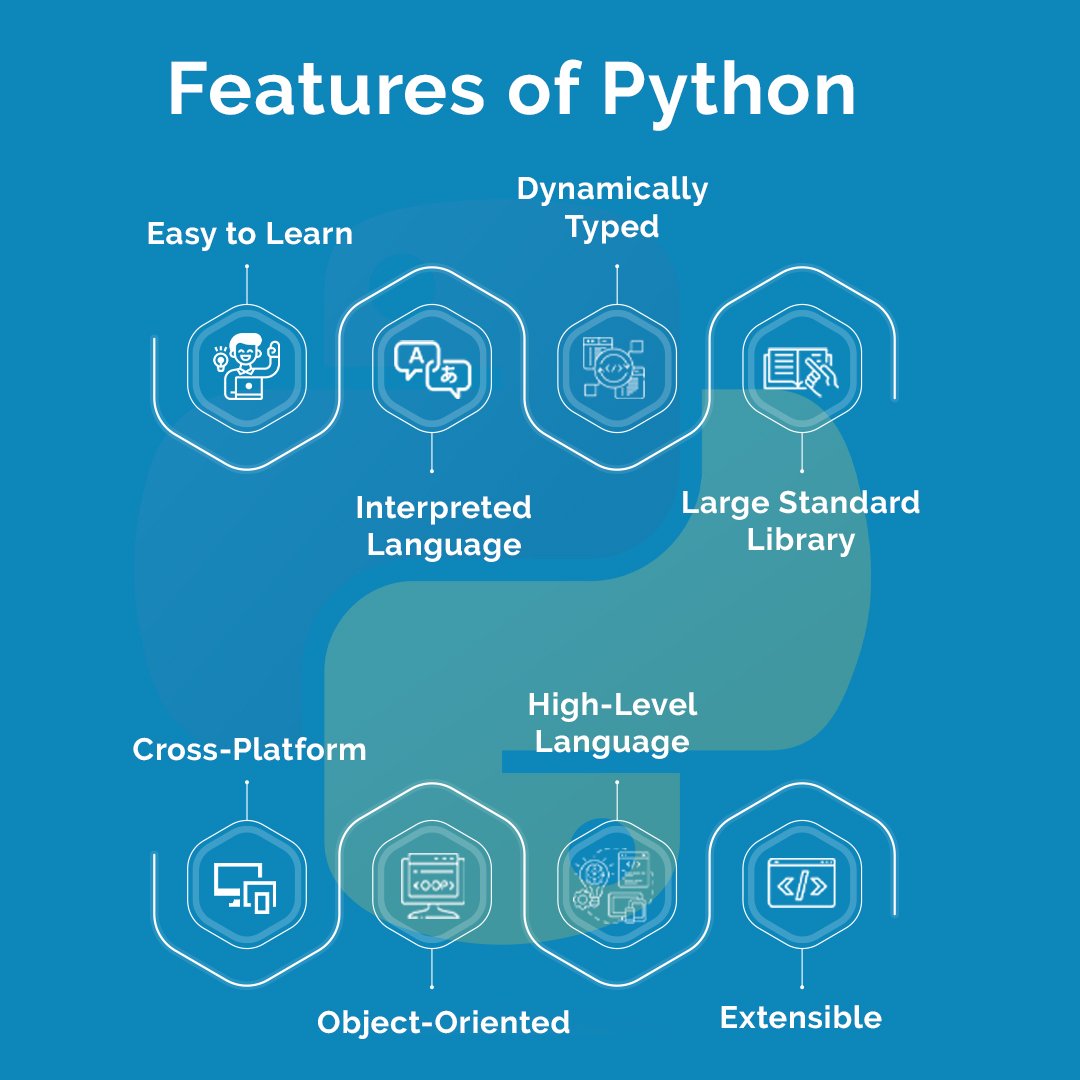
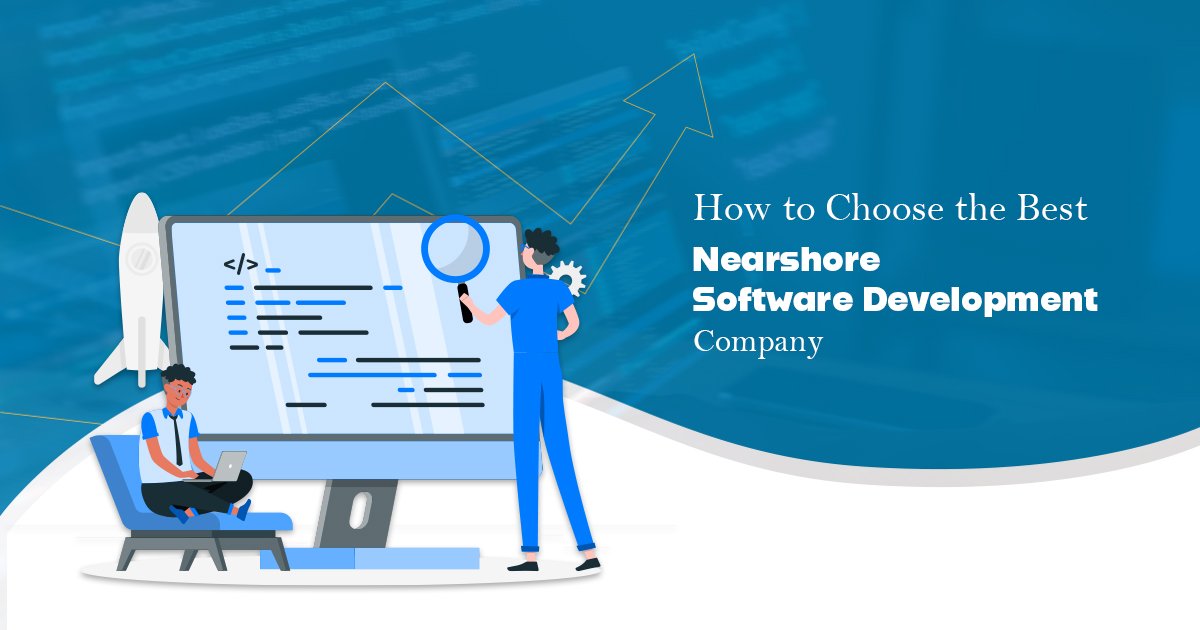
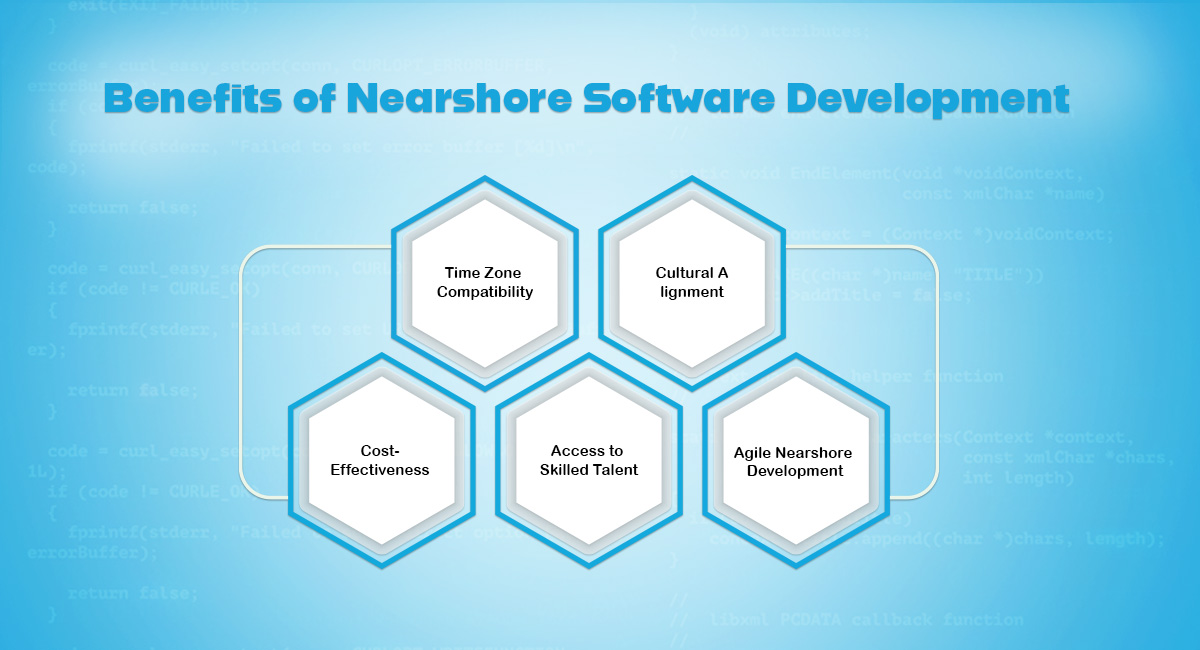
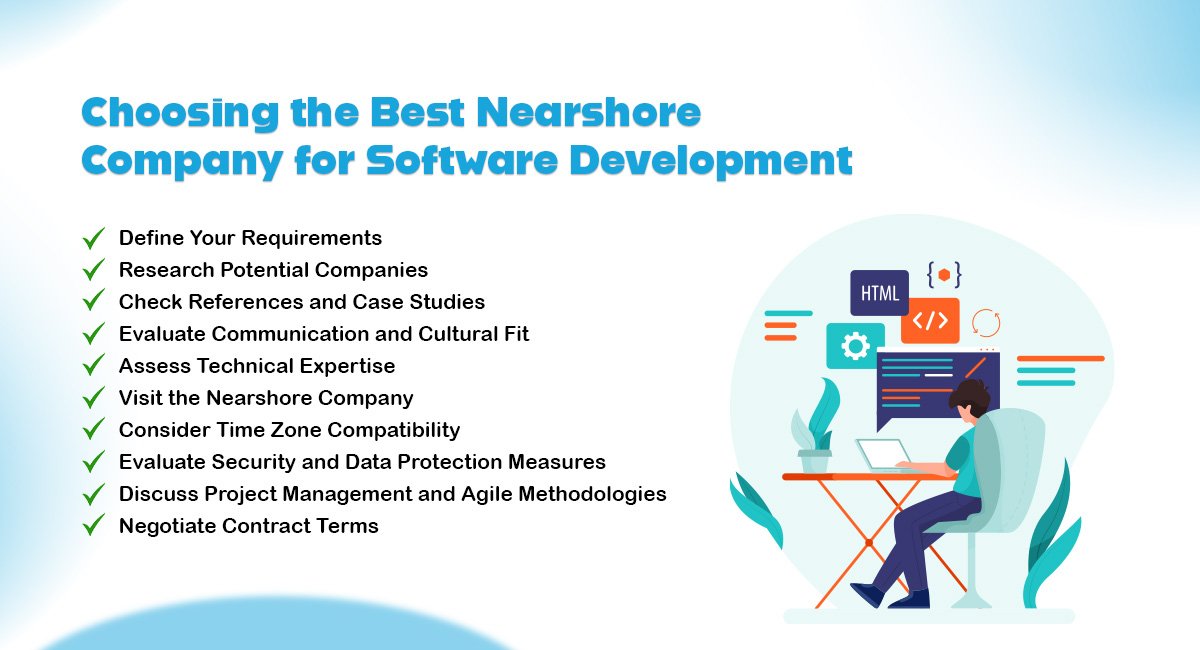
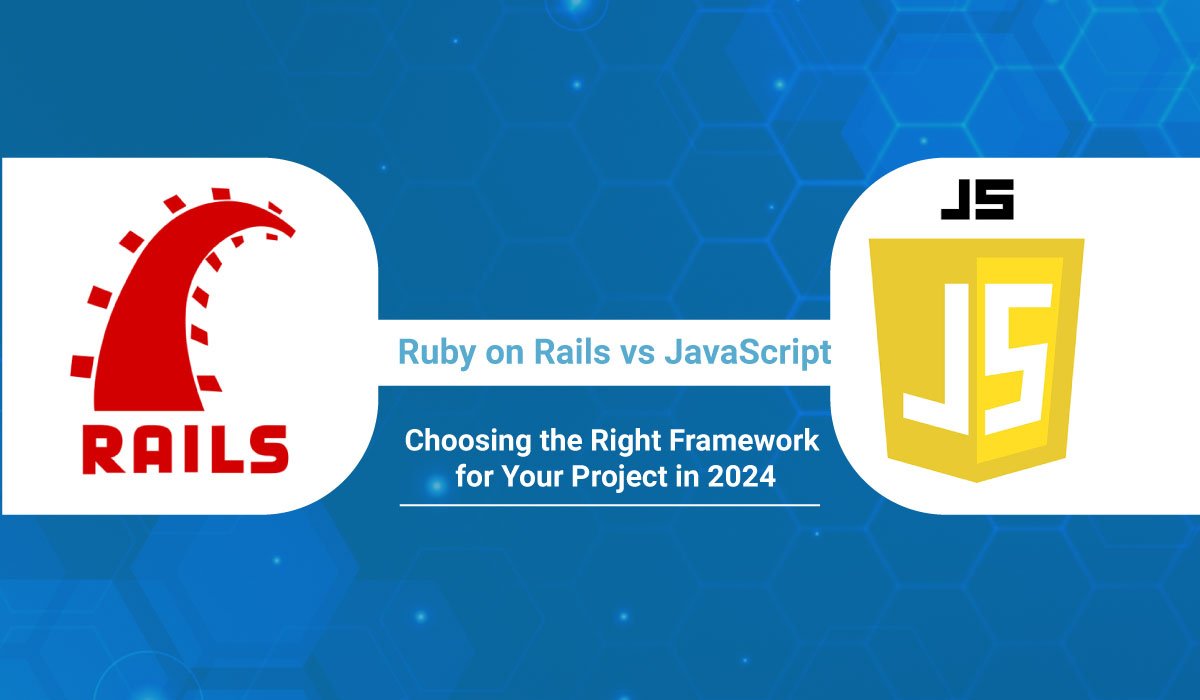
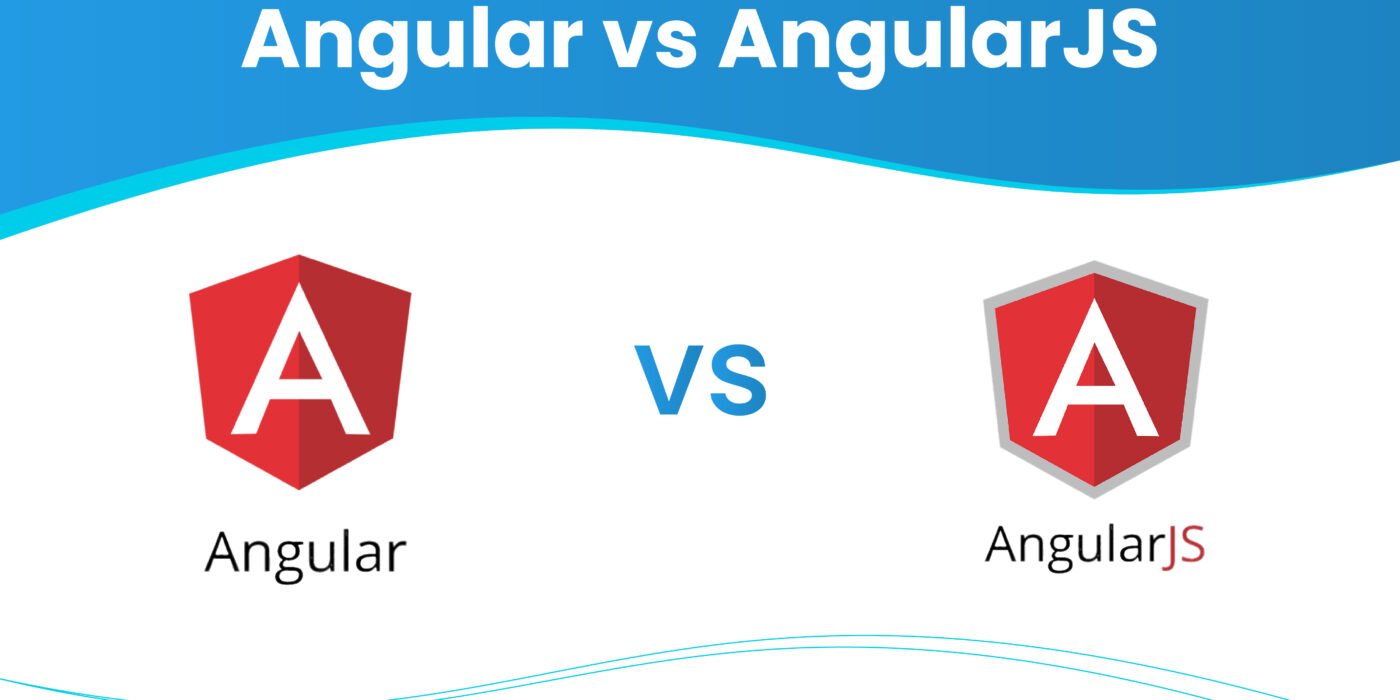
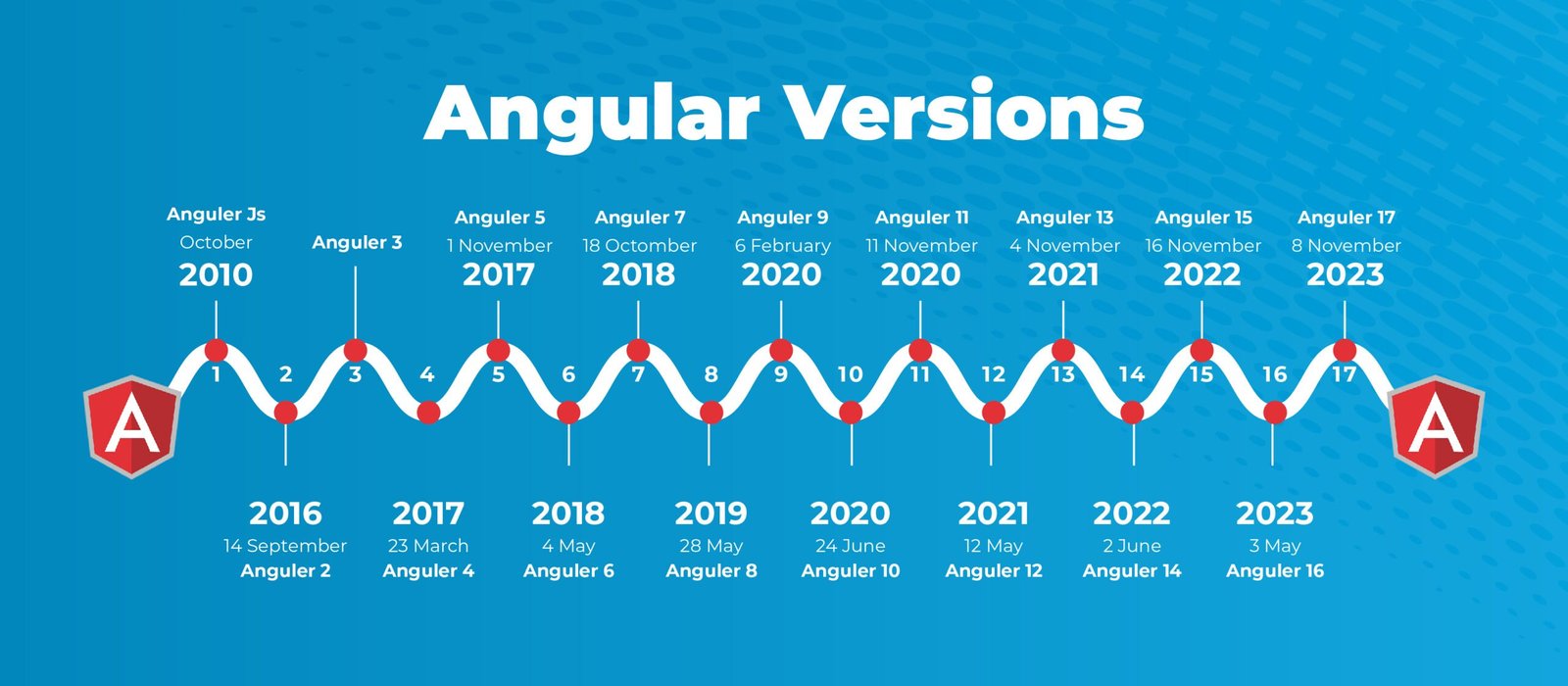
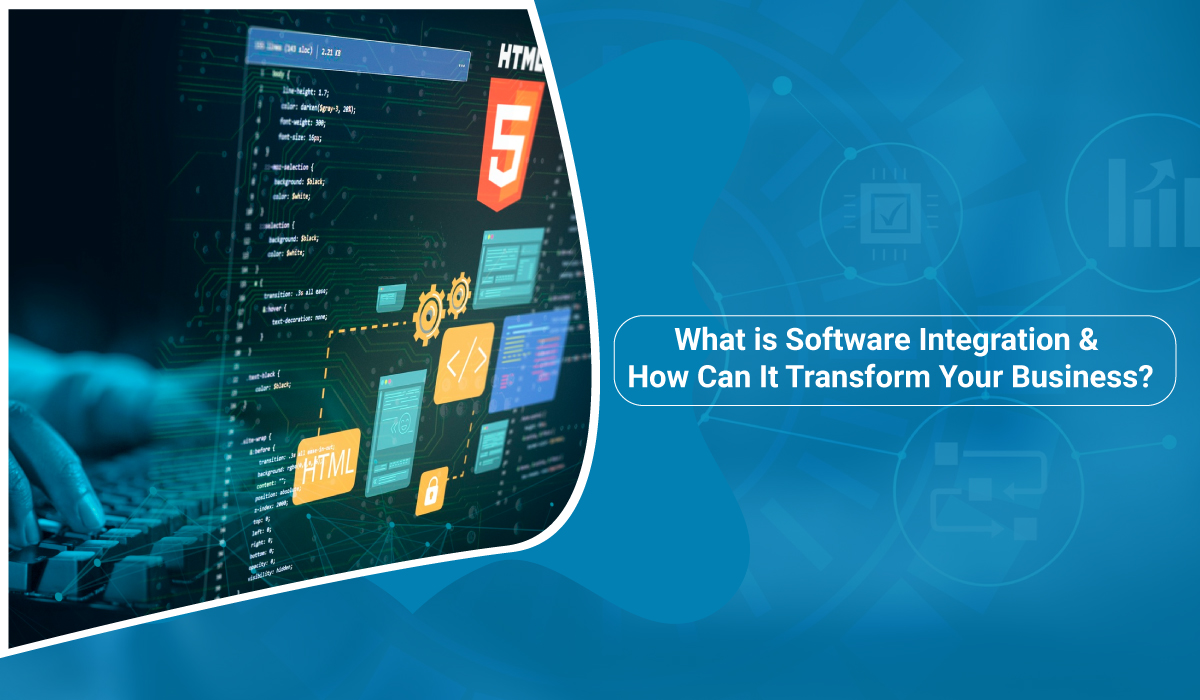
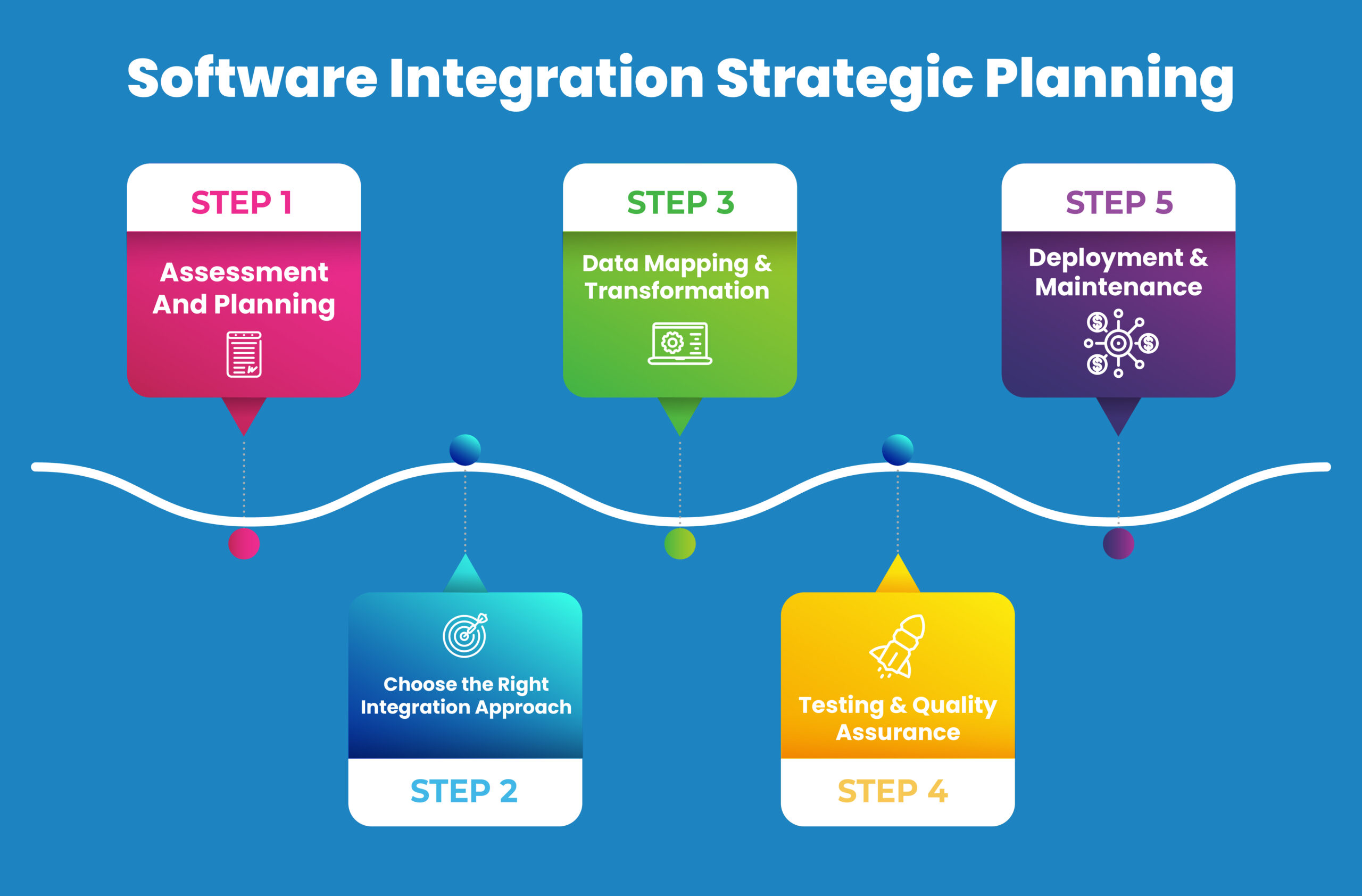
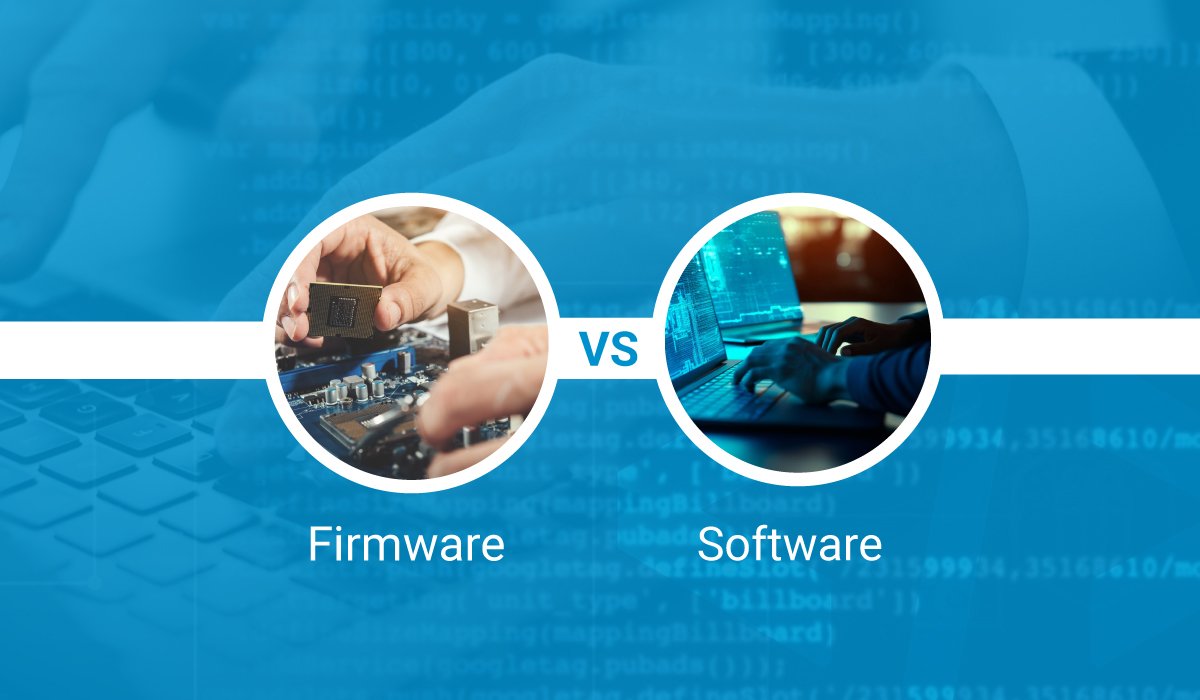
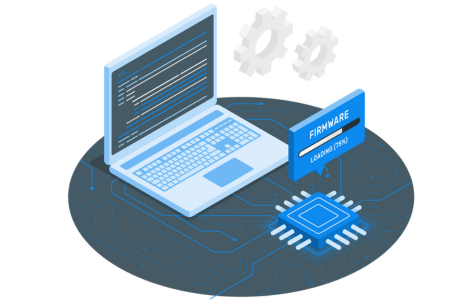
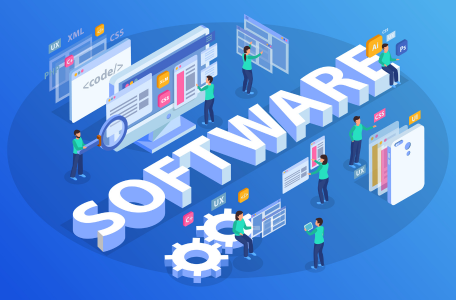
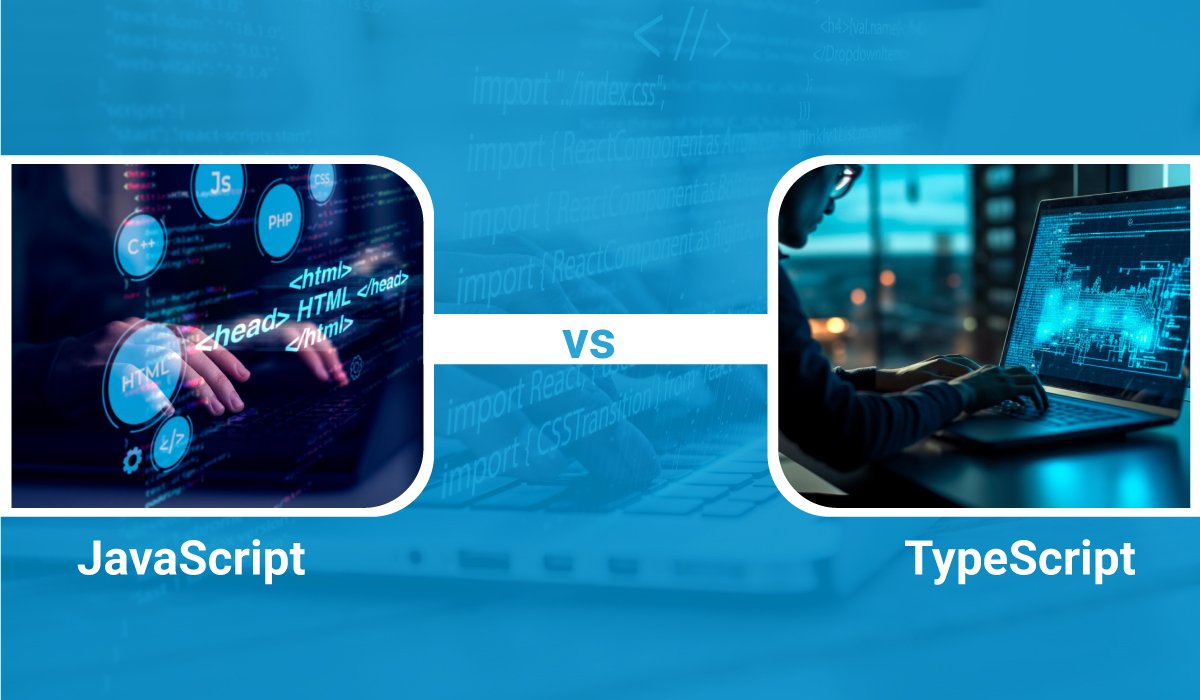
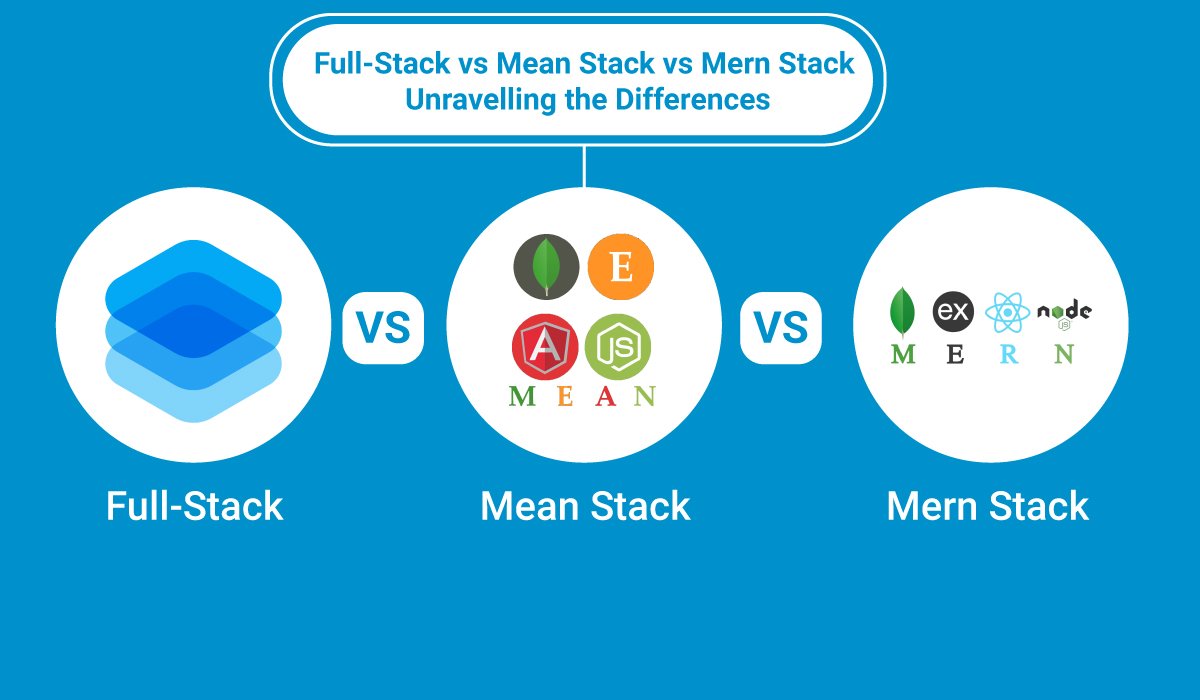
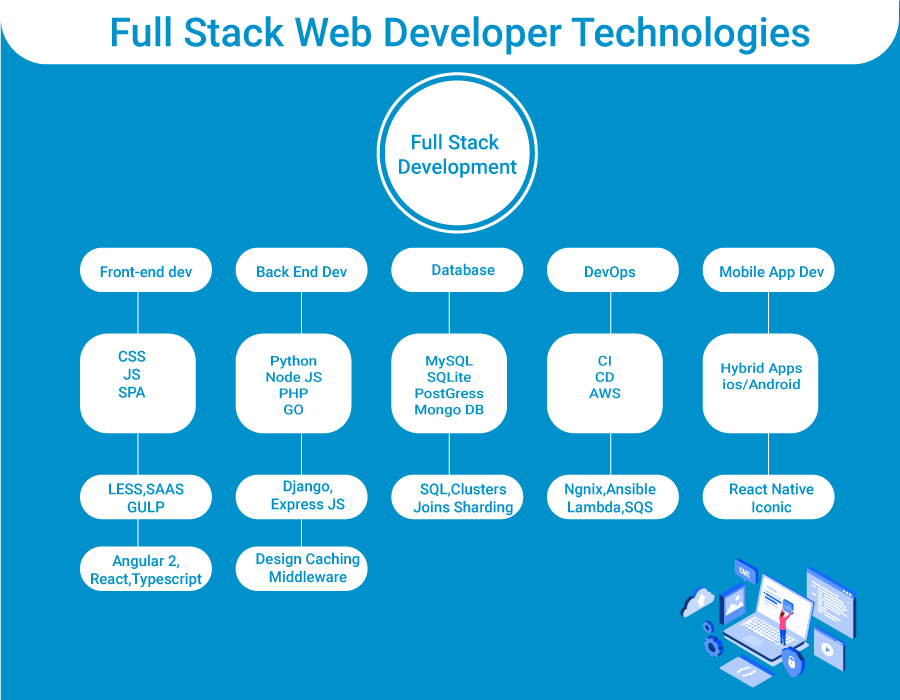
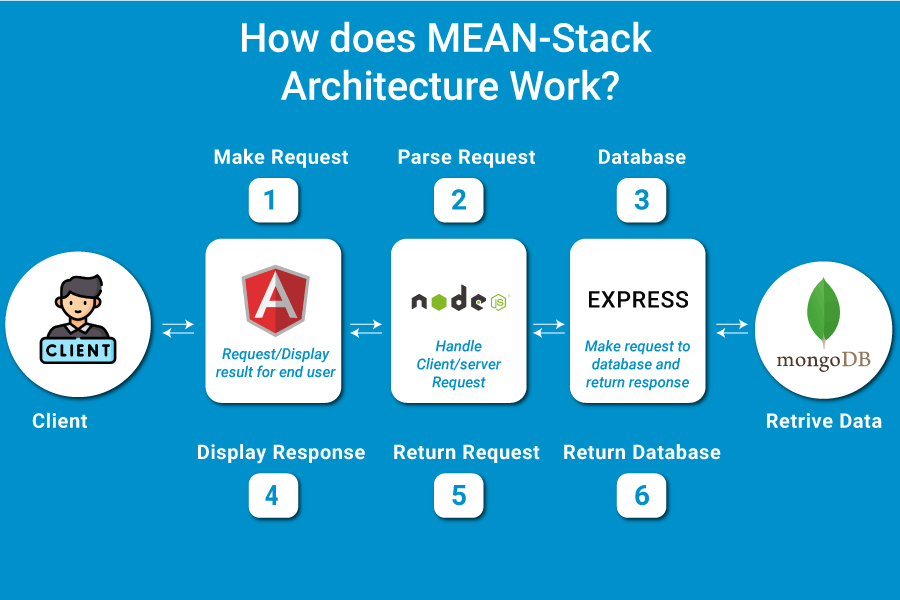
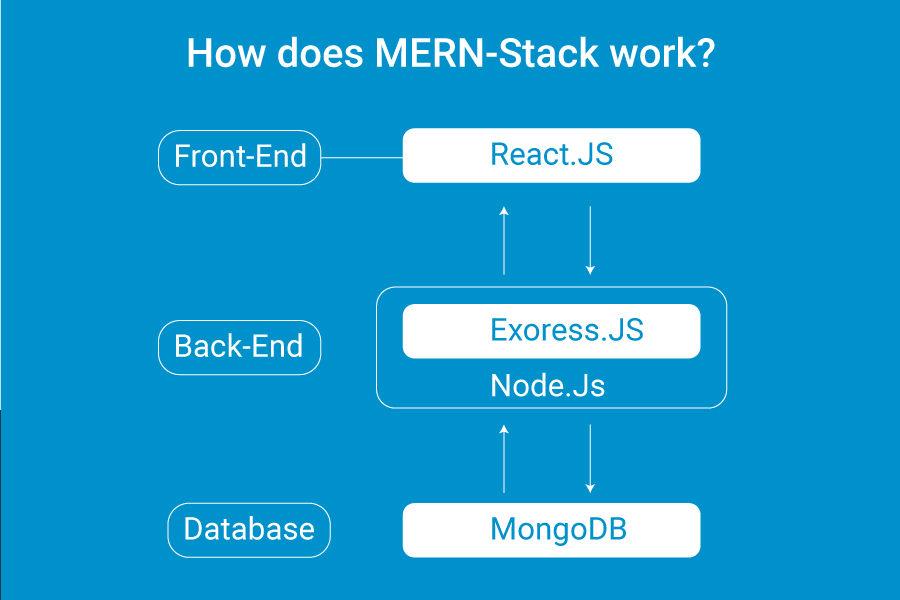

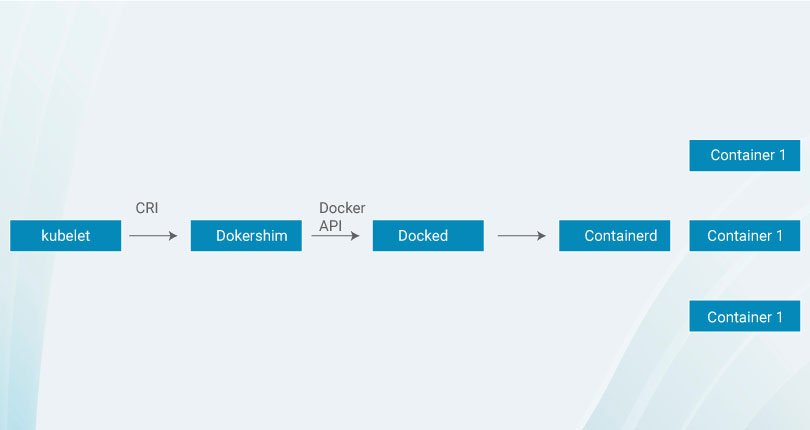
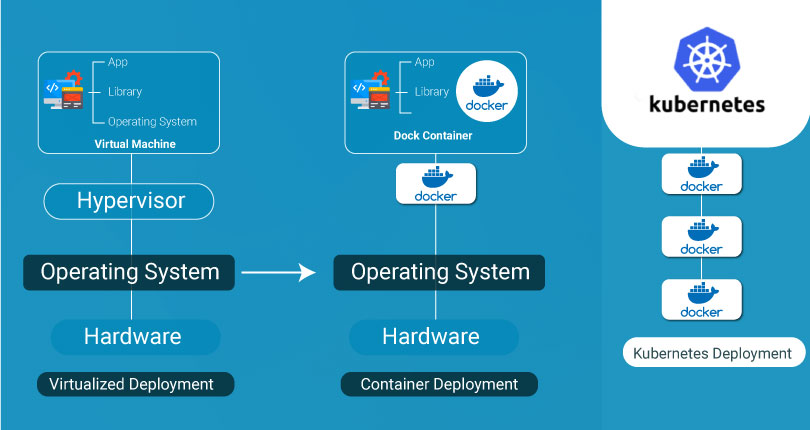
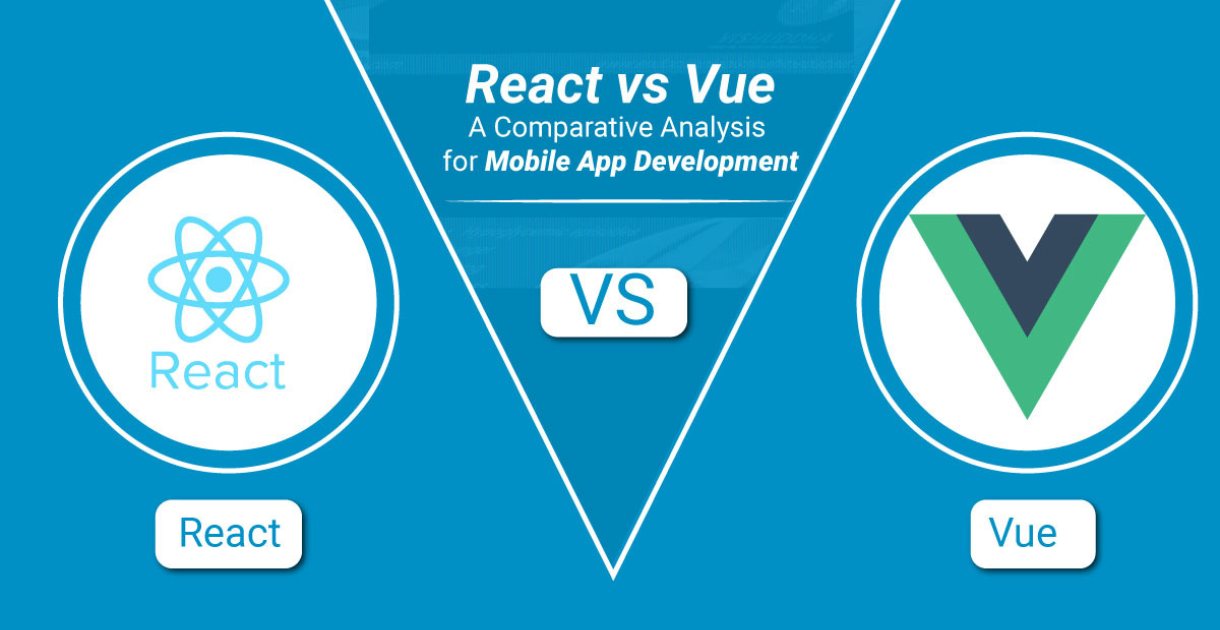




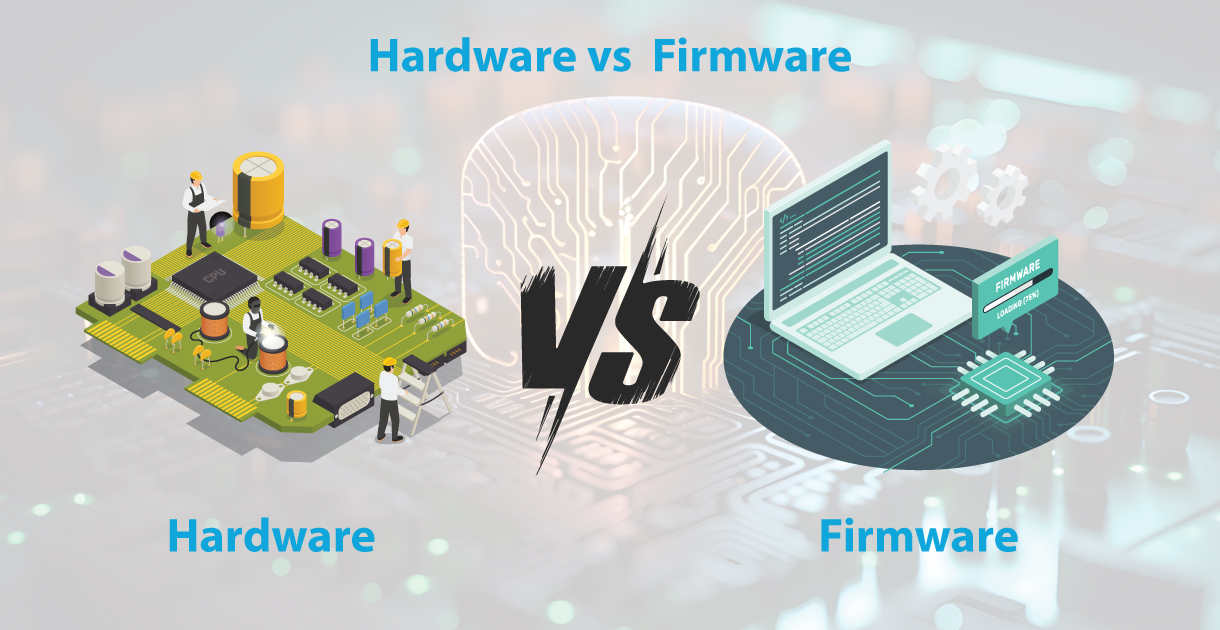

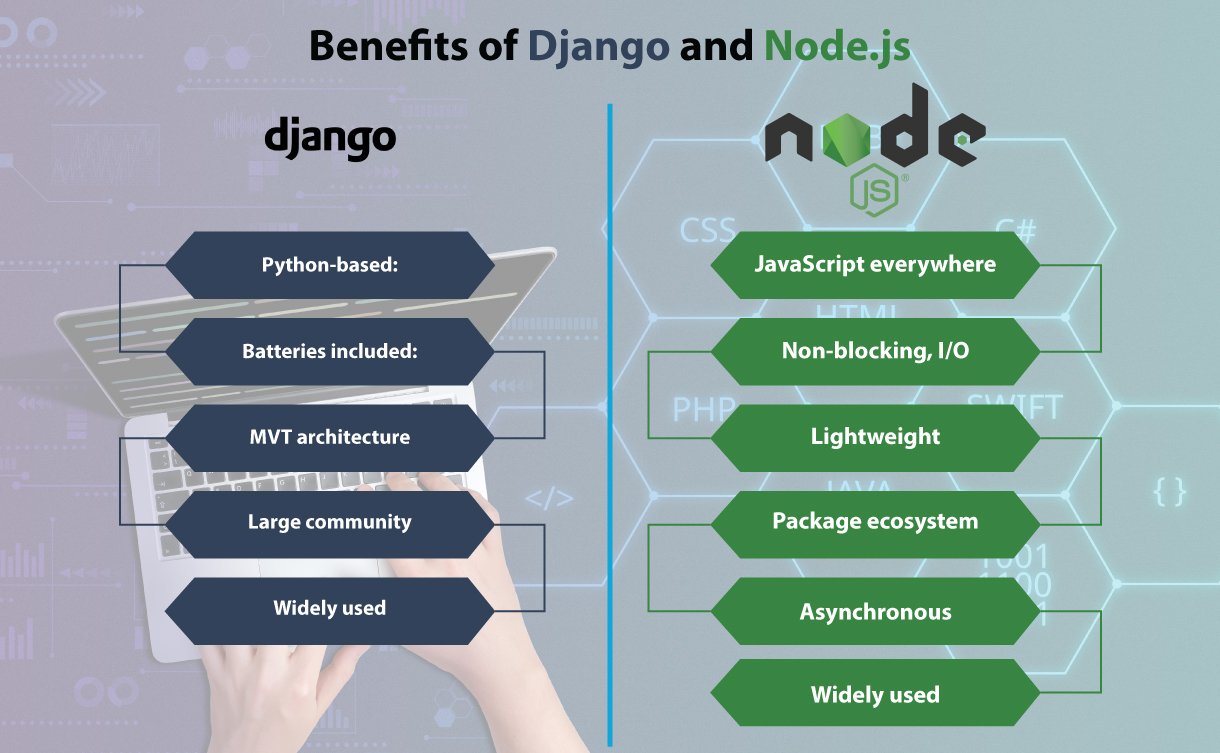

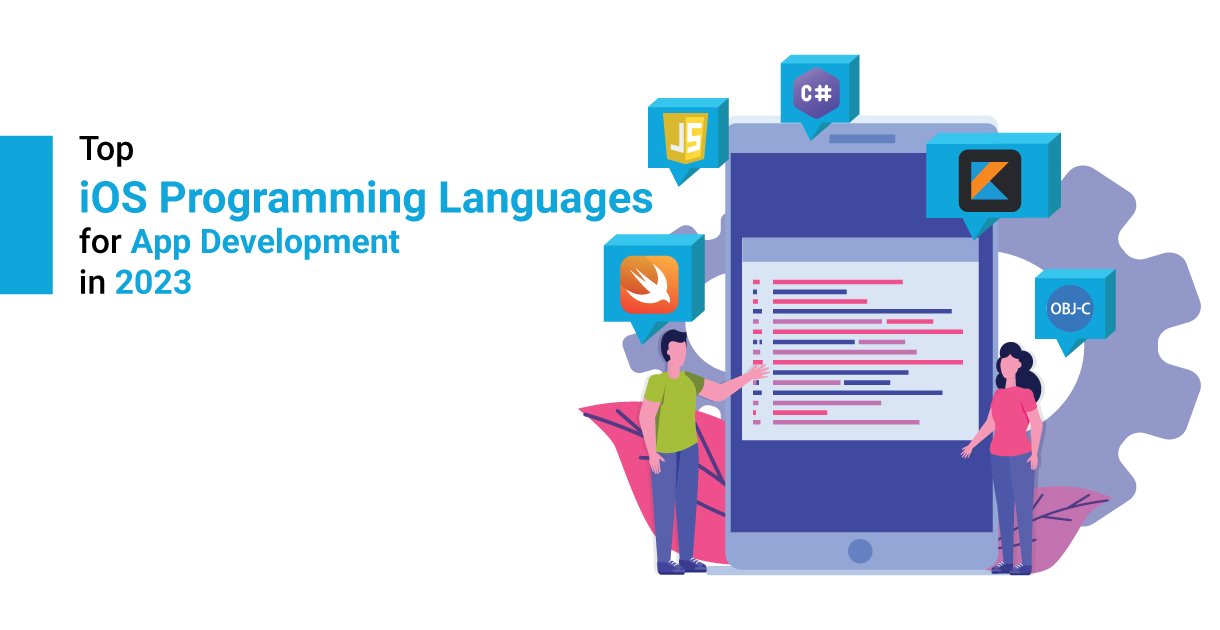
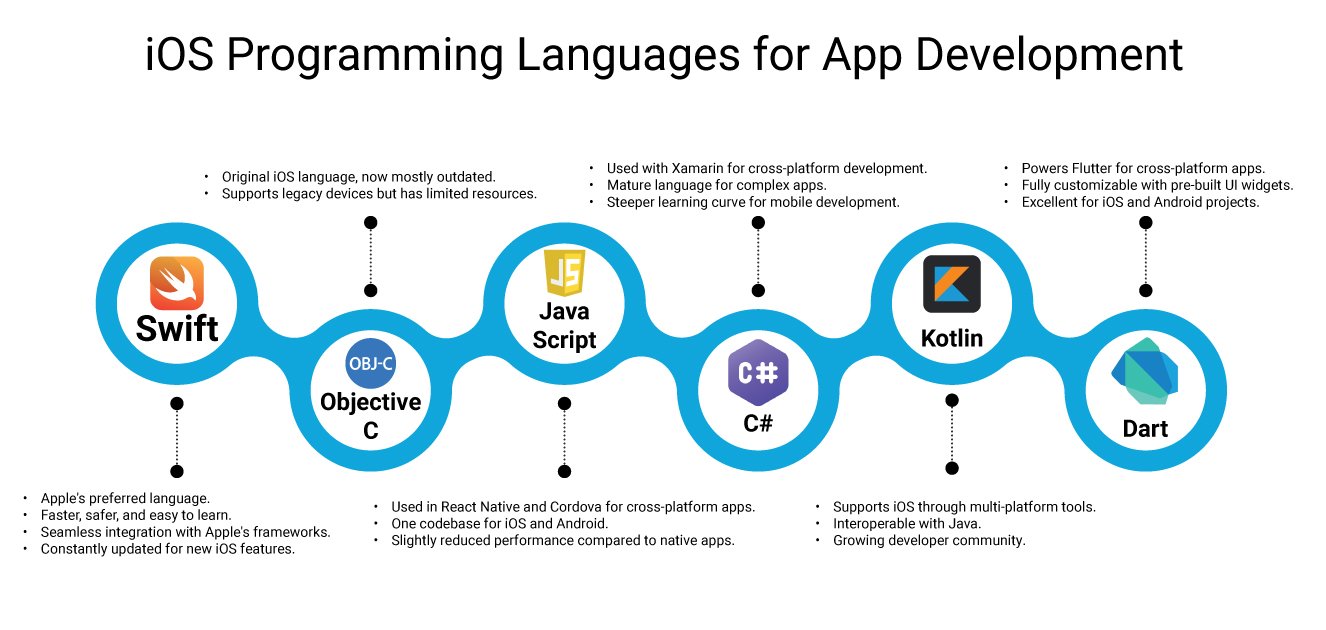 1. Swift
1. Swift

